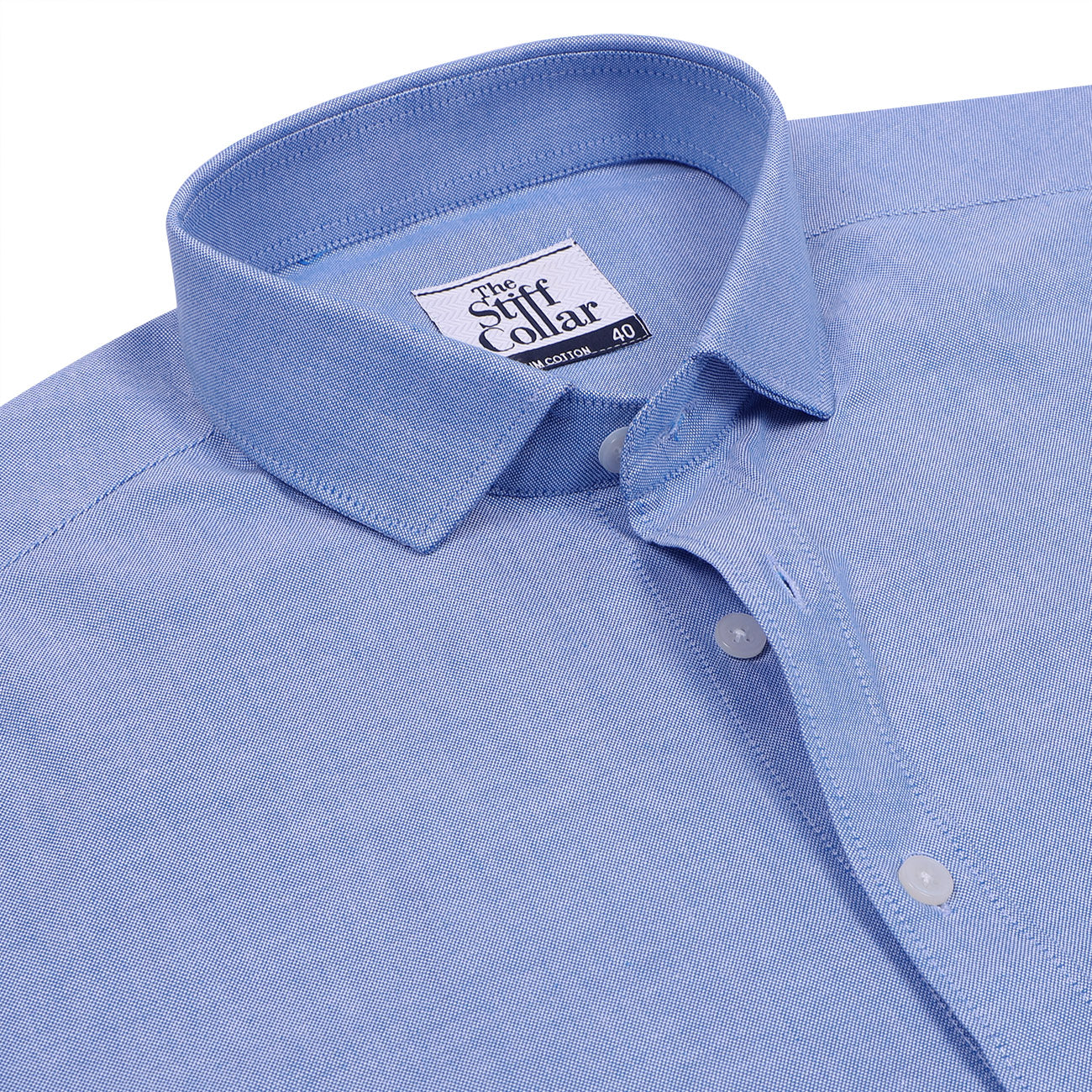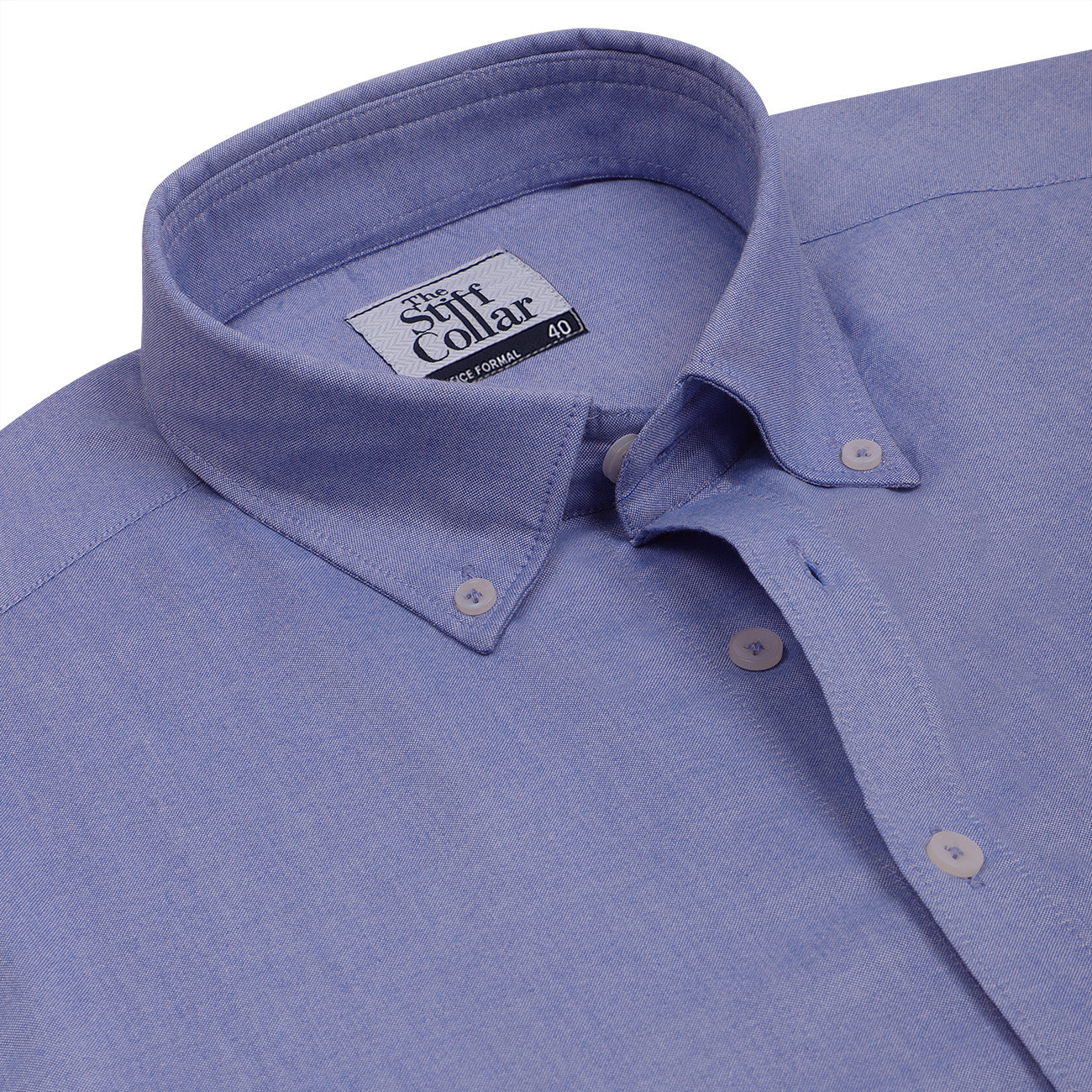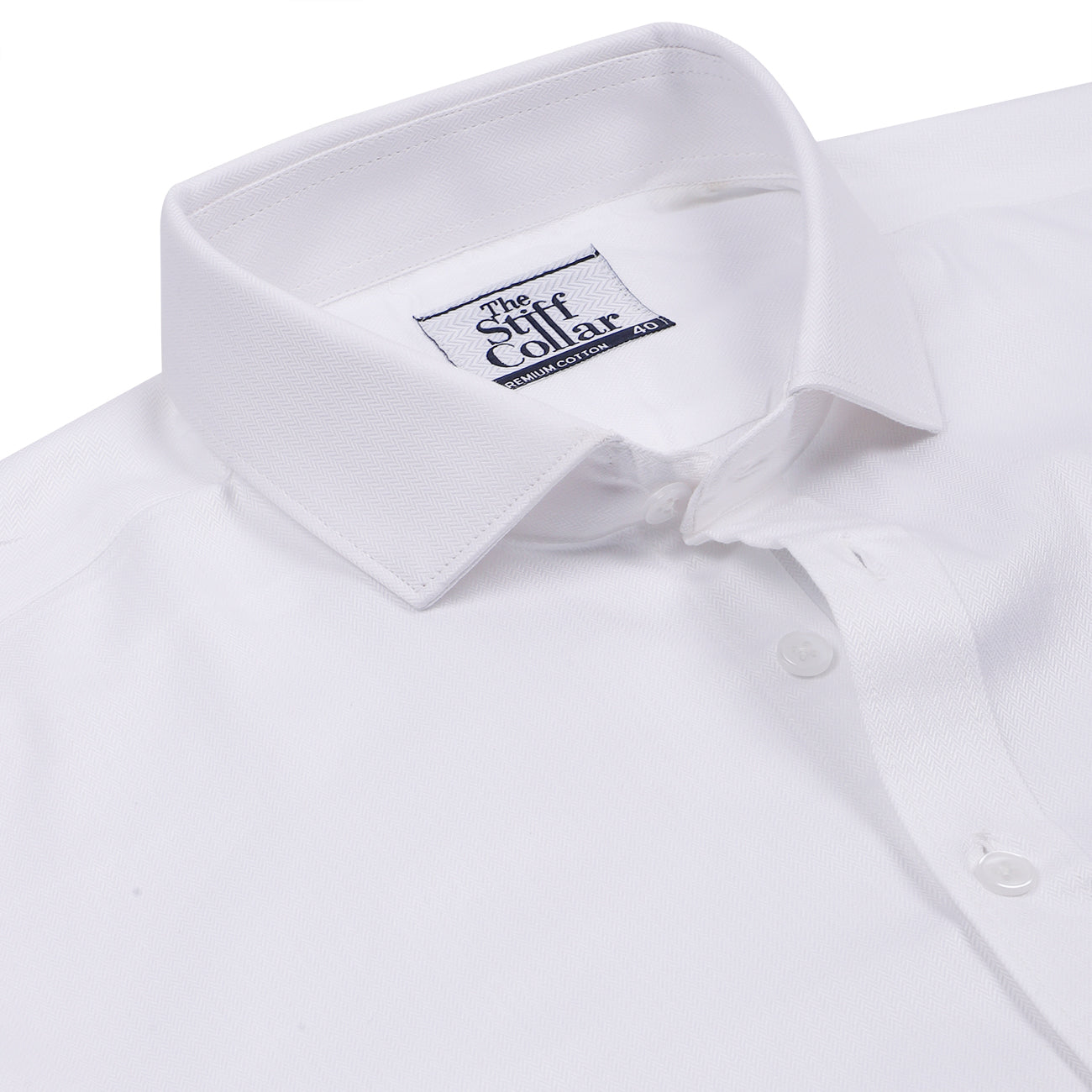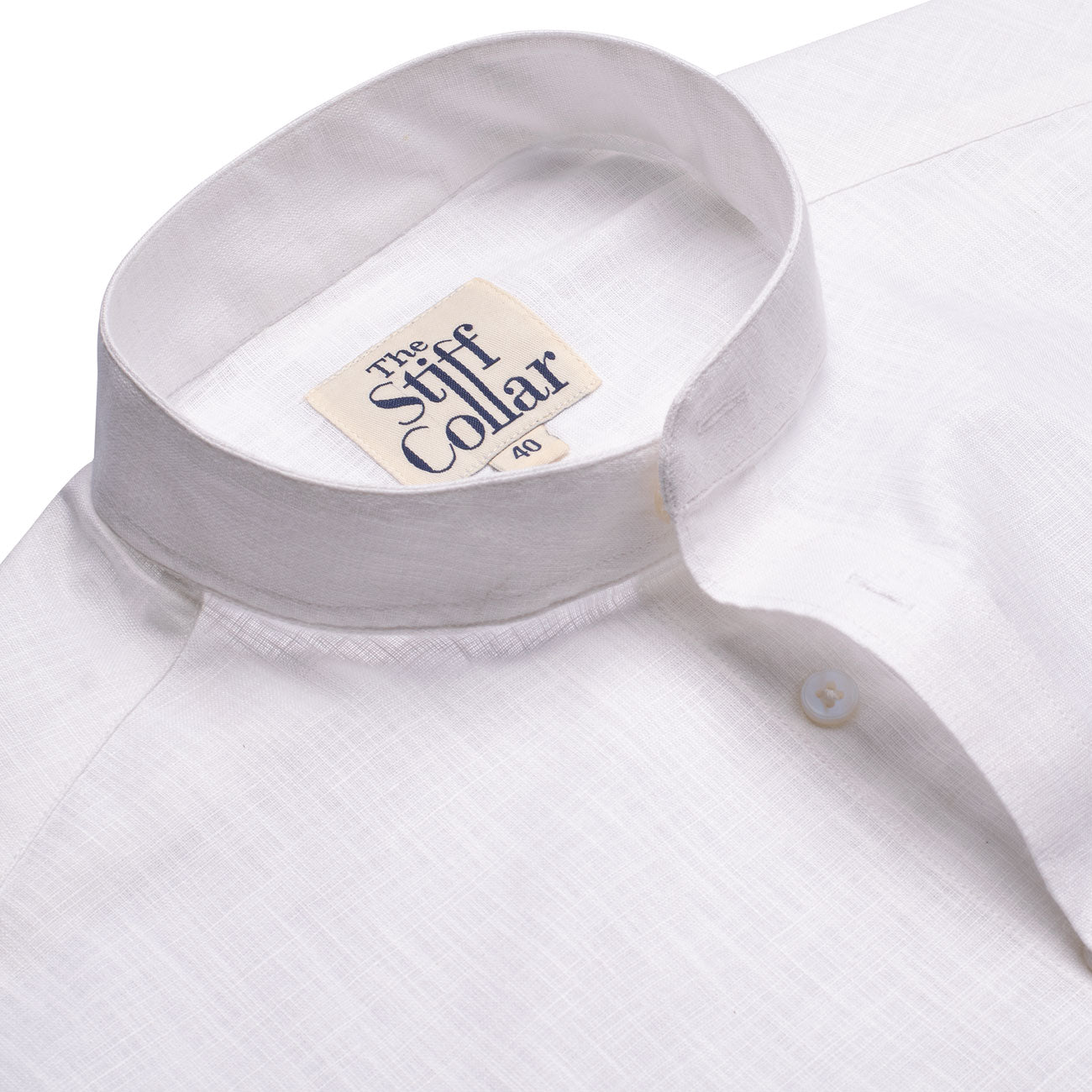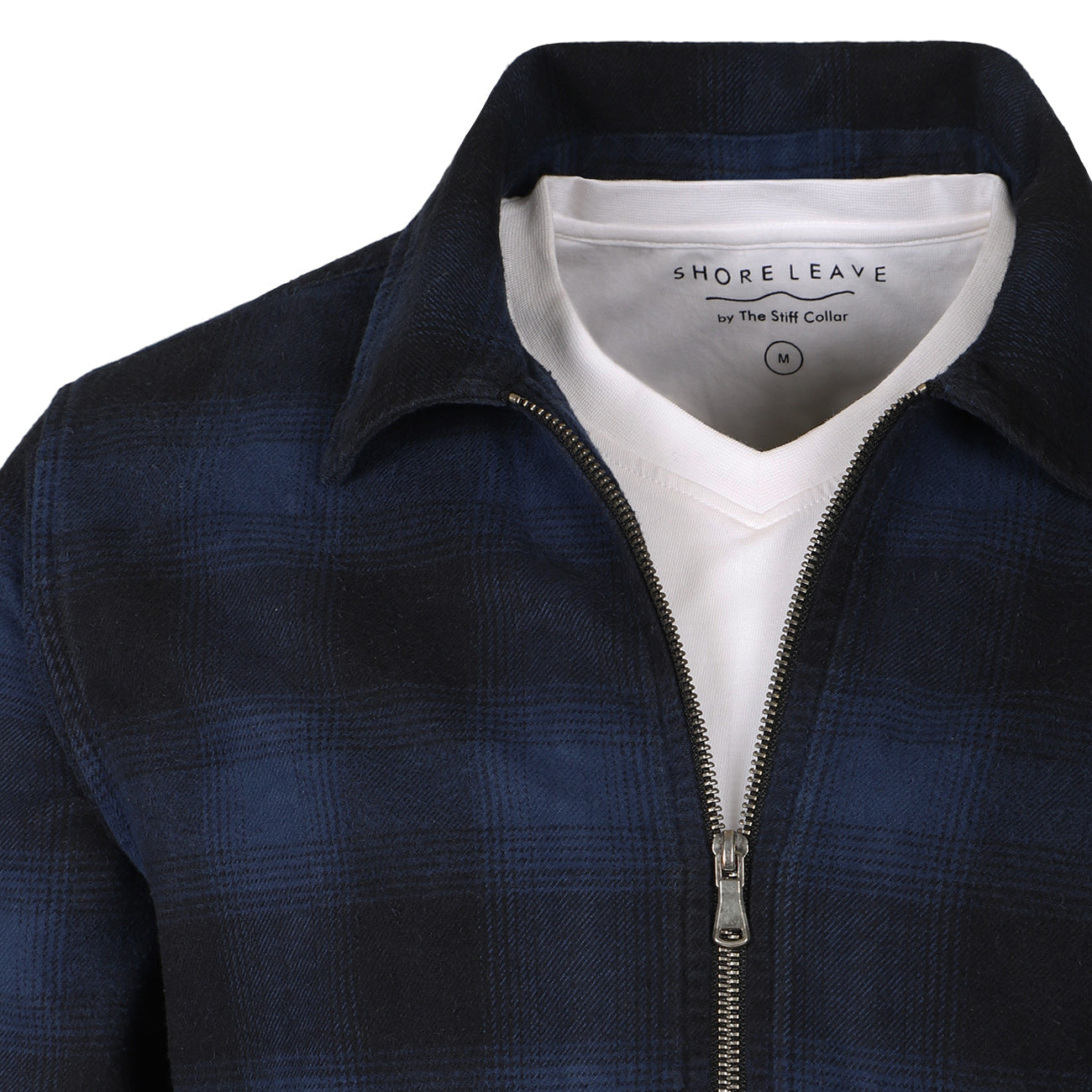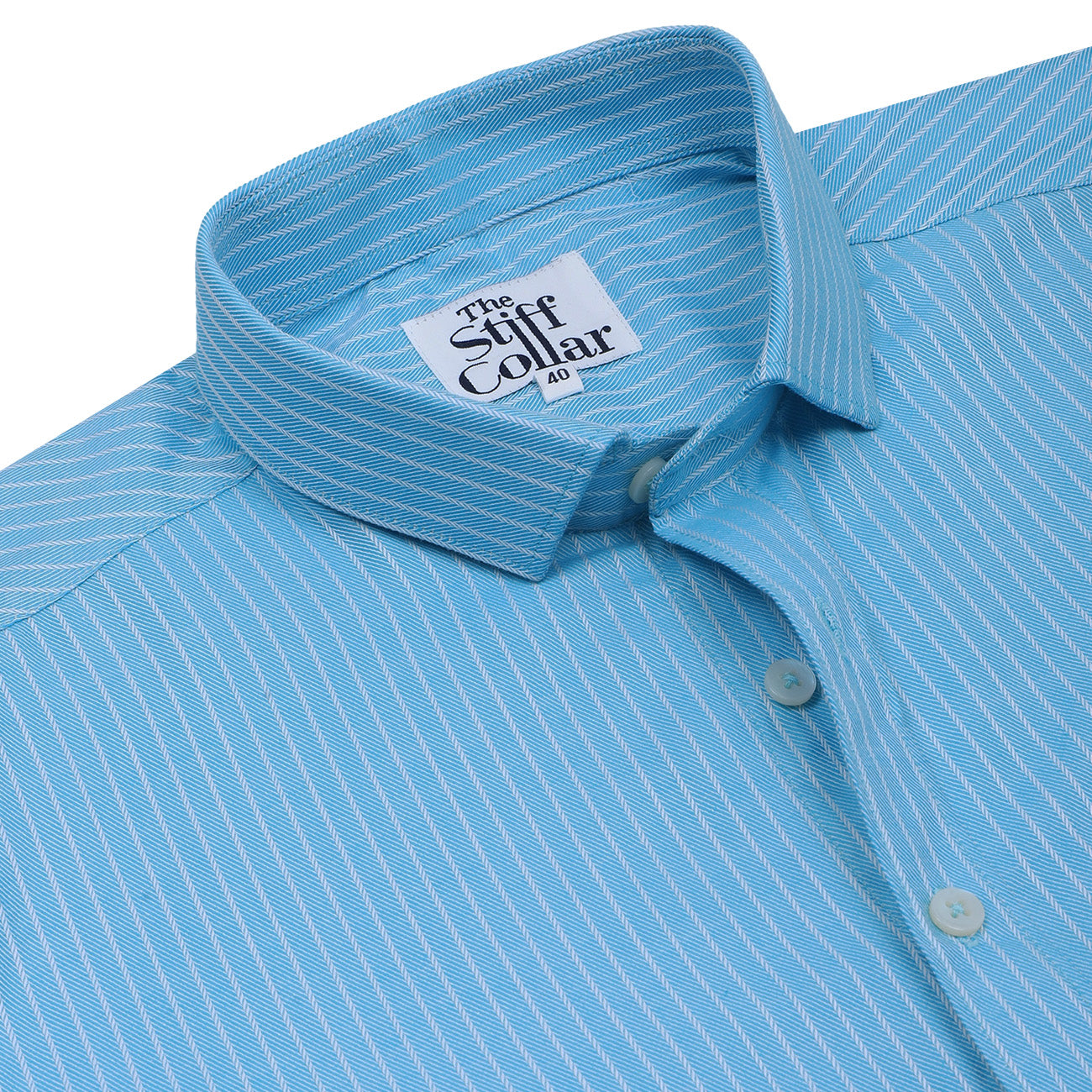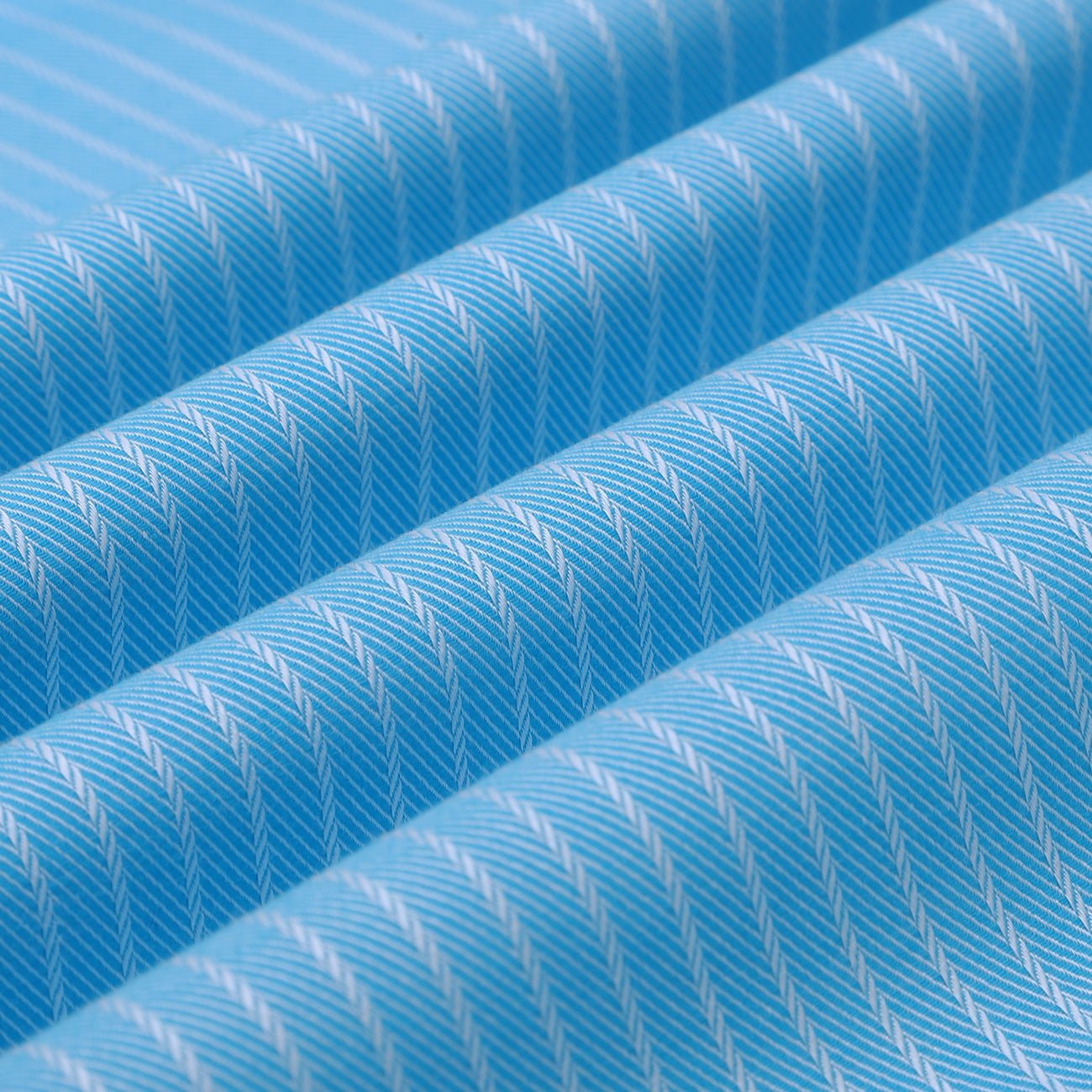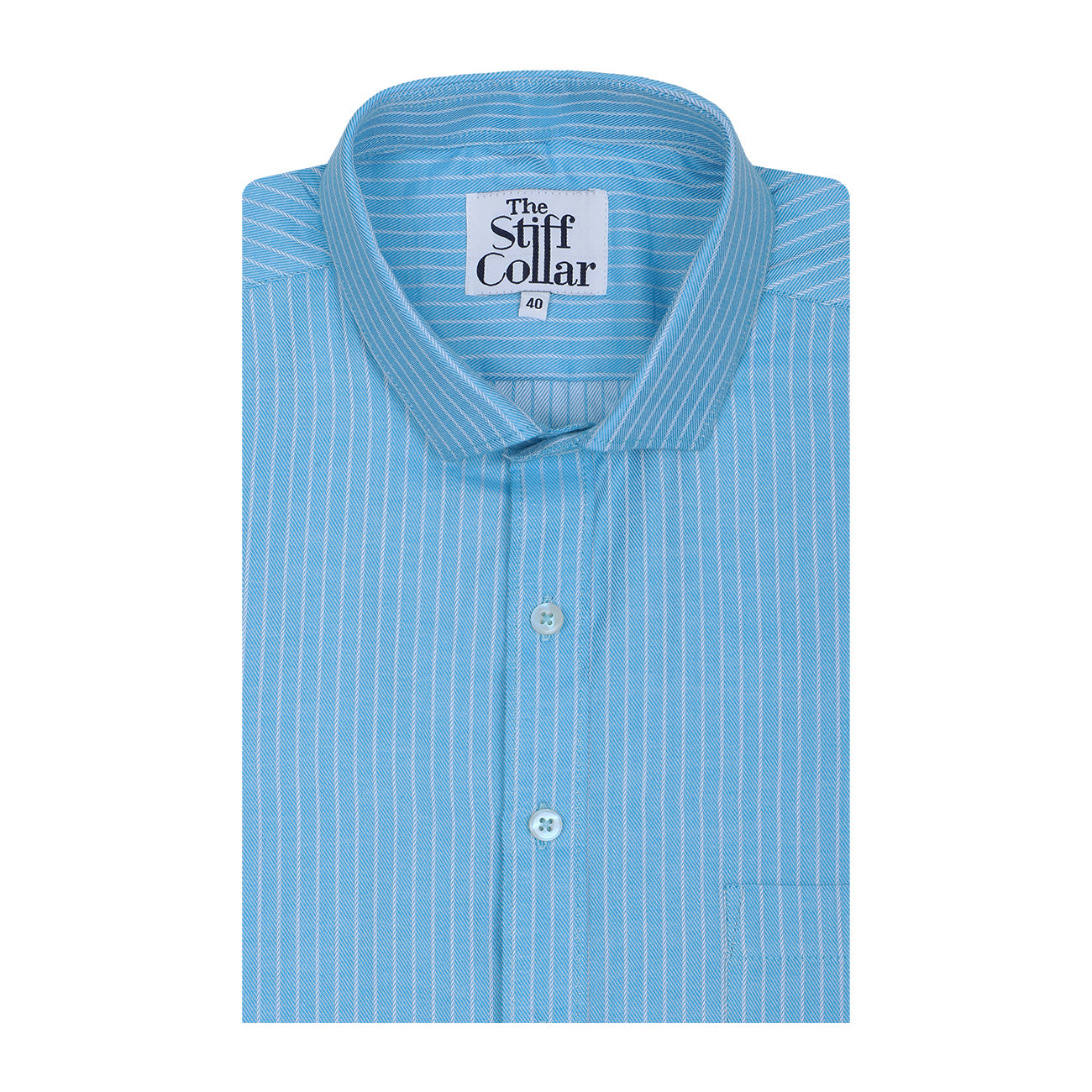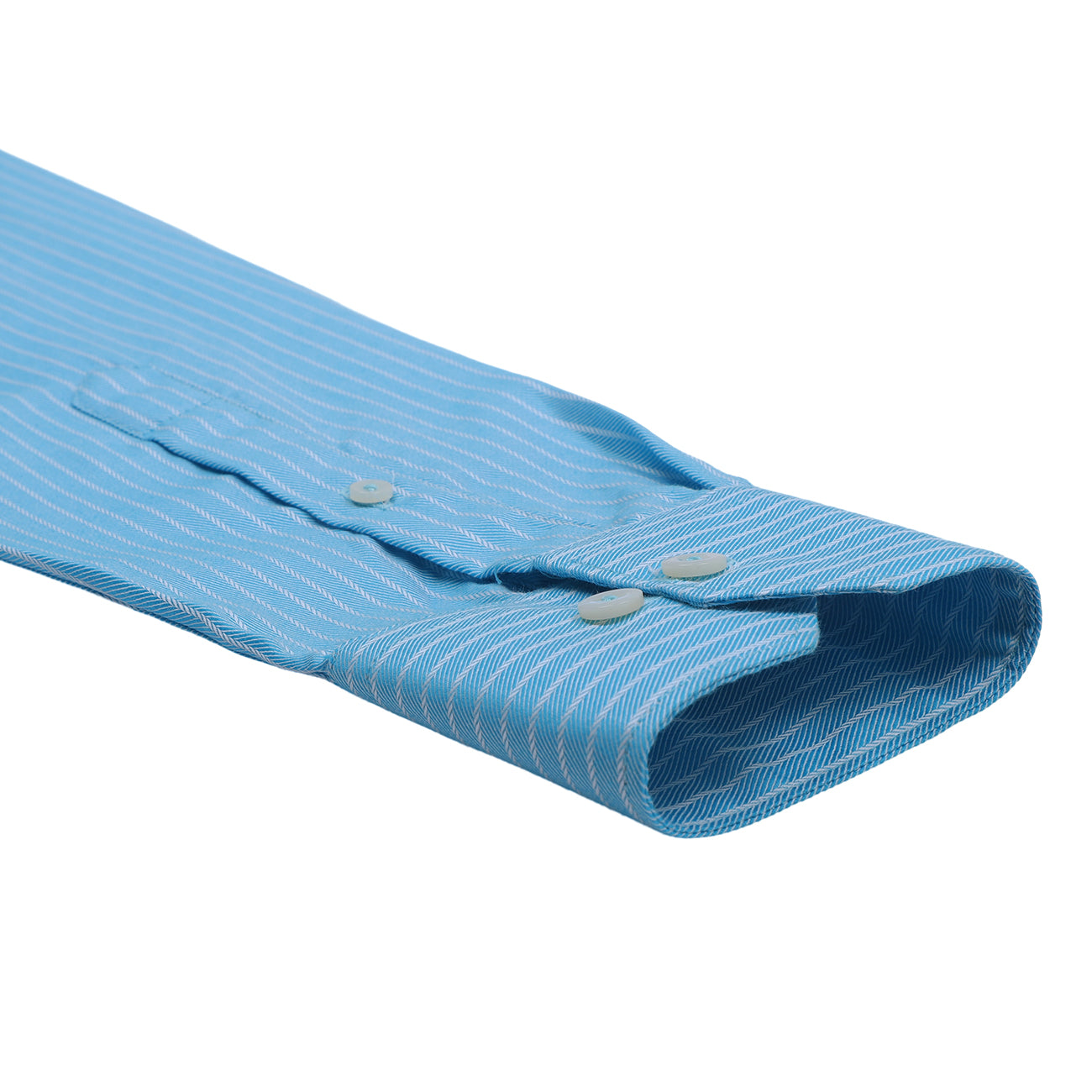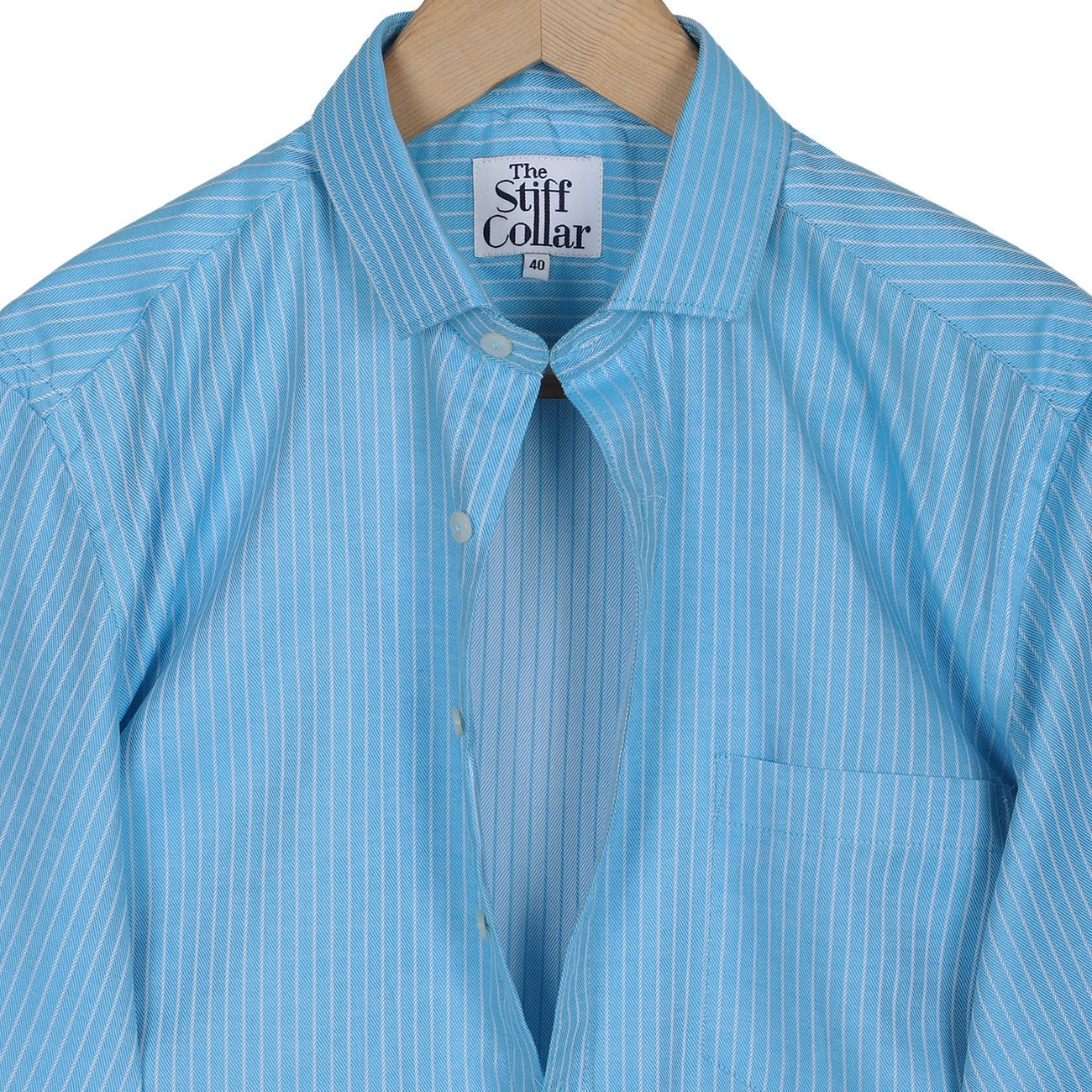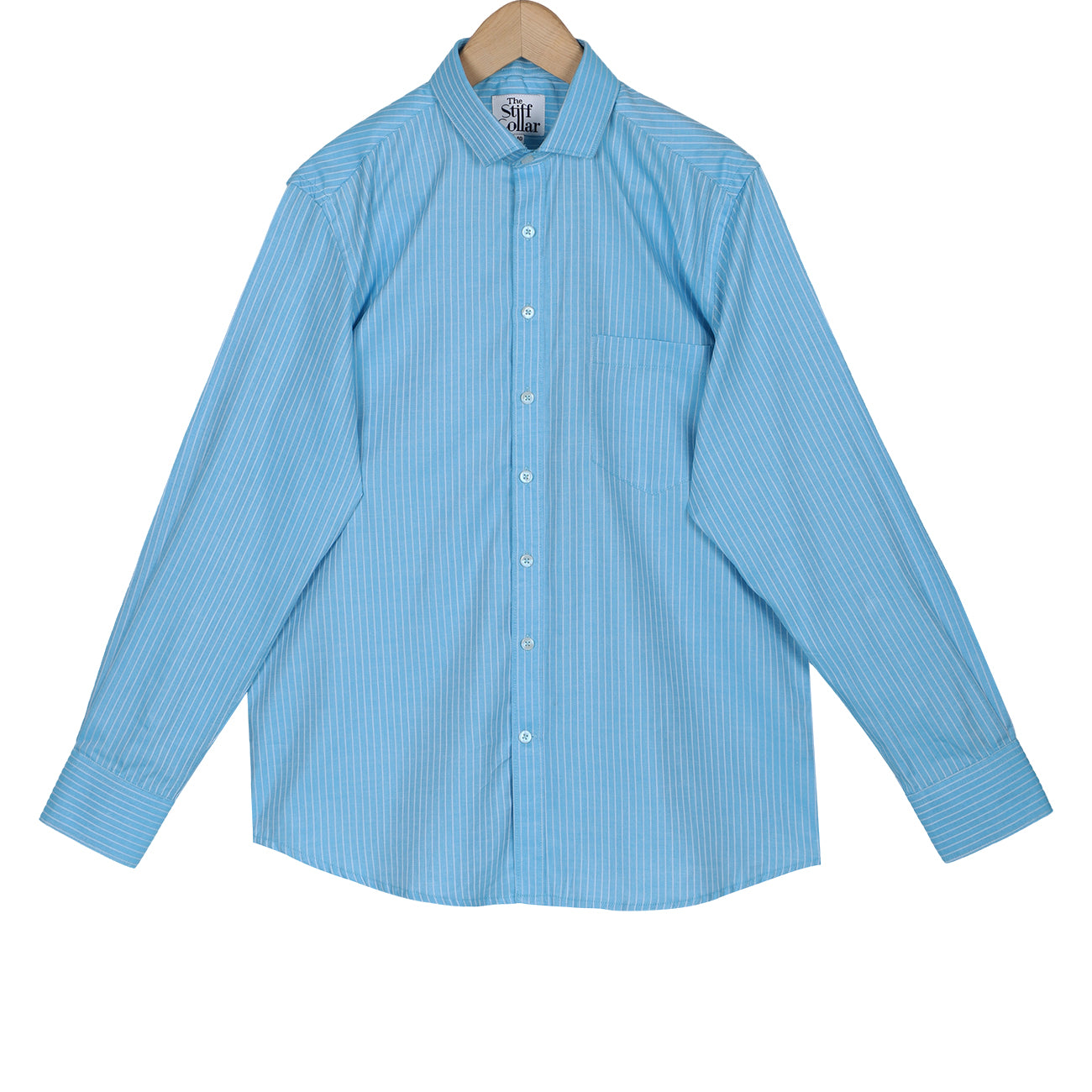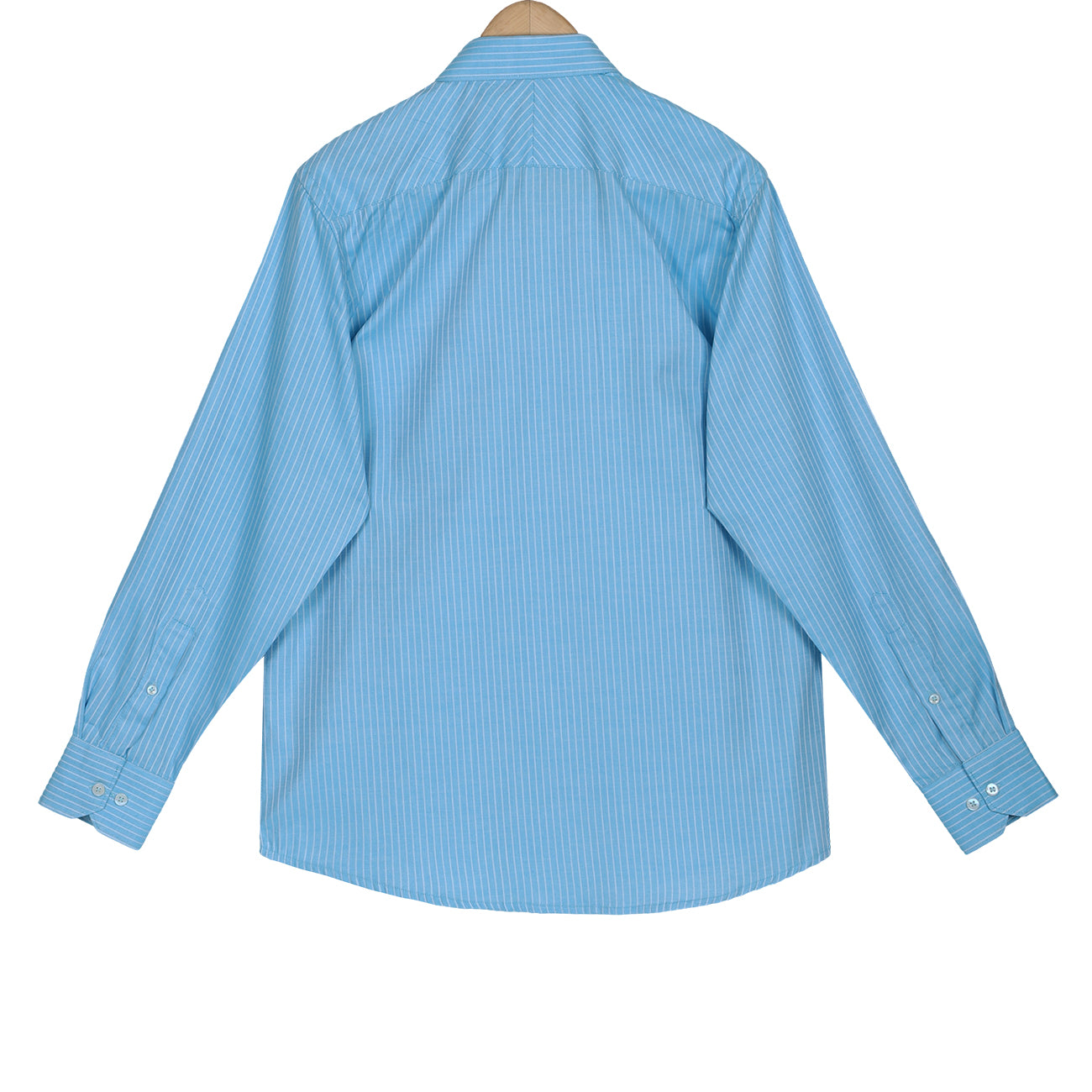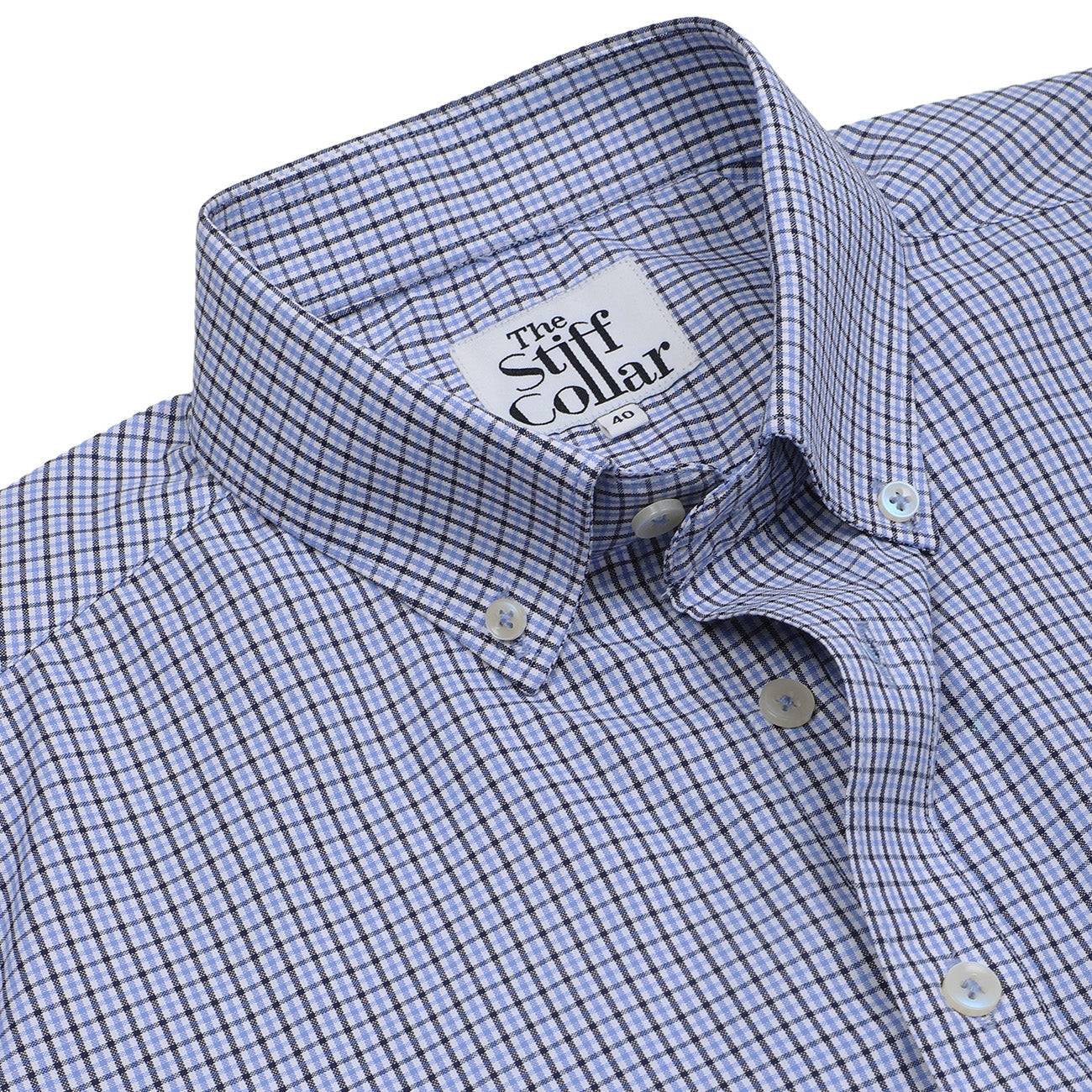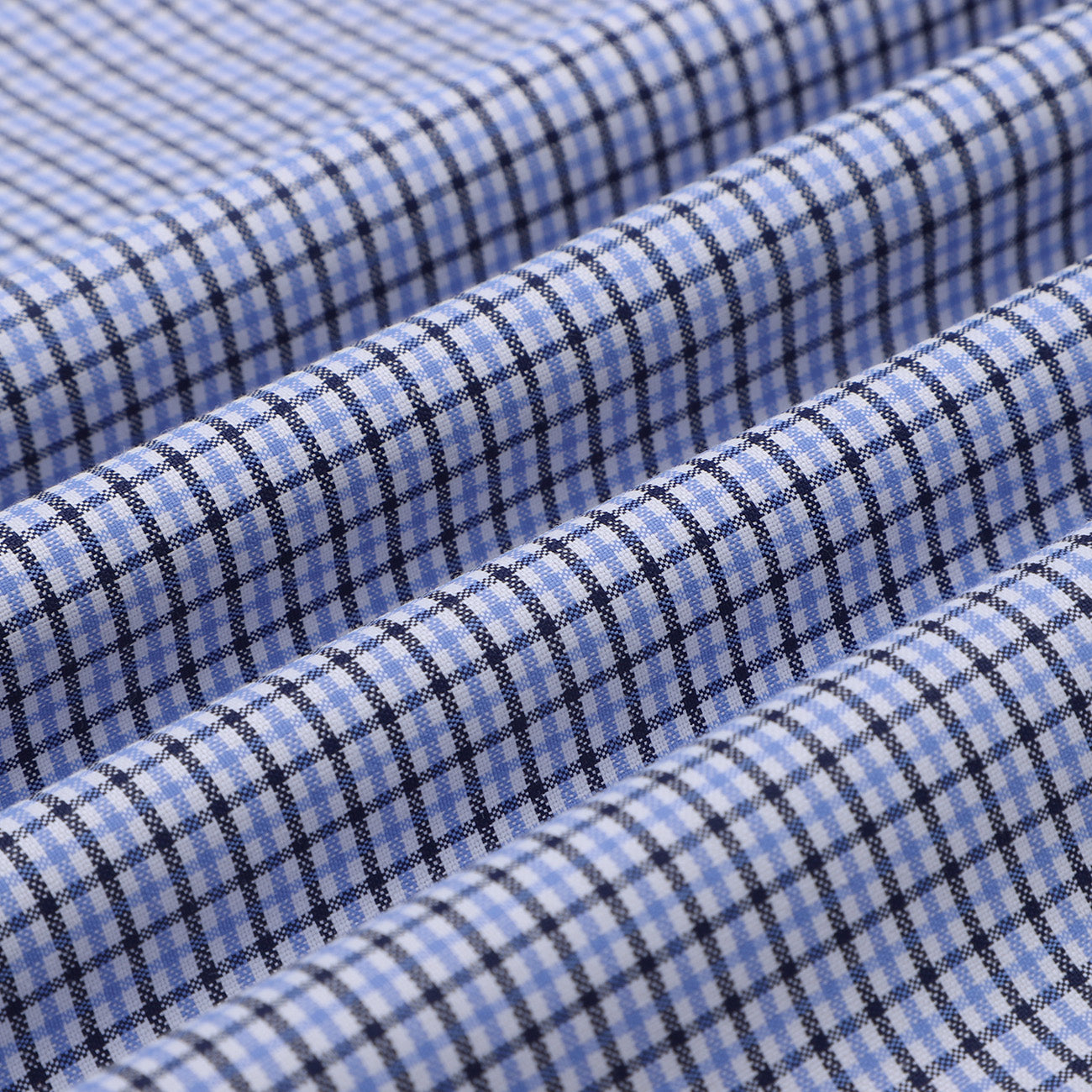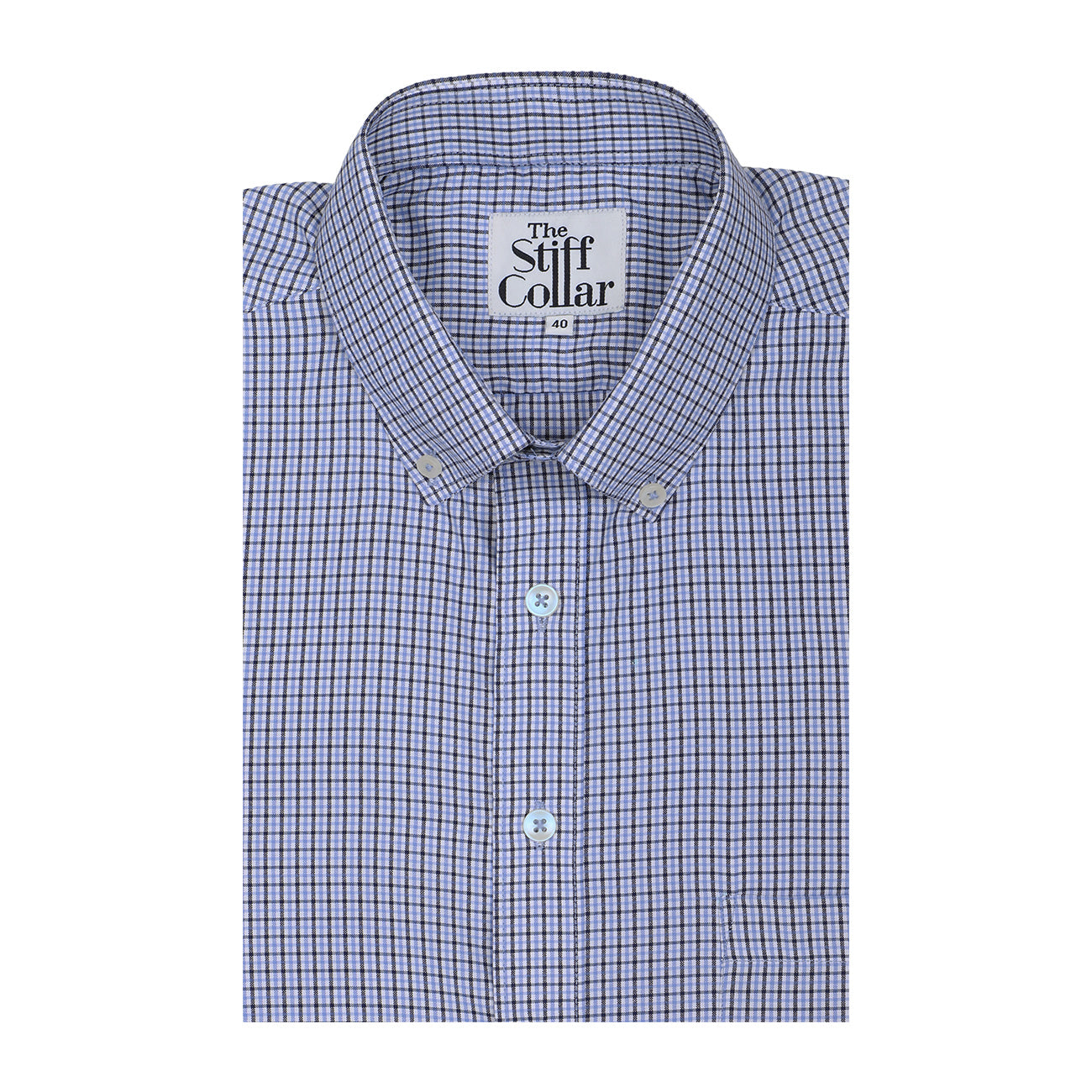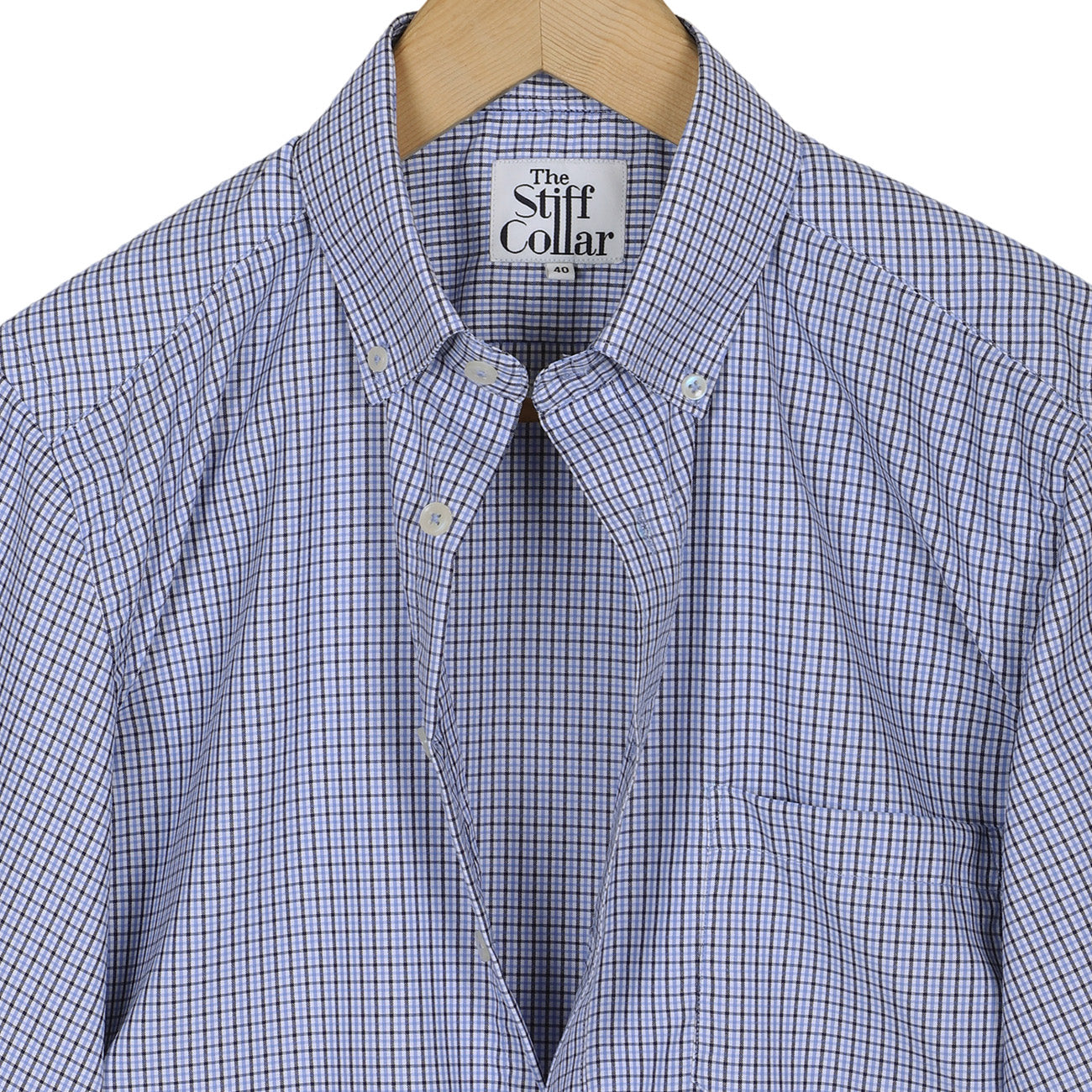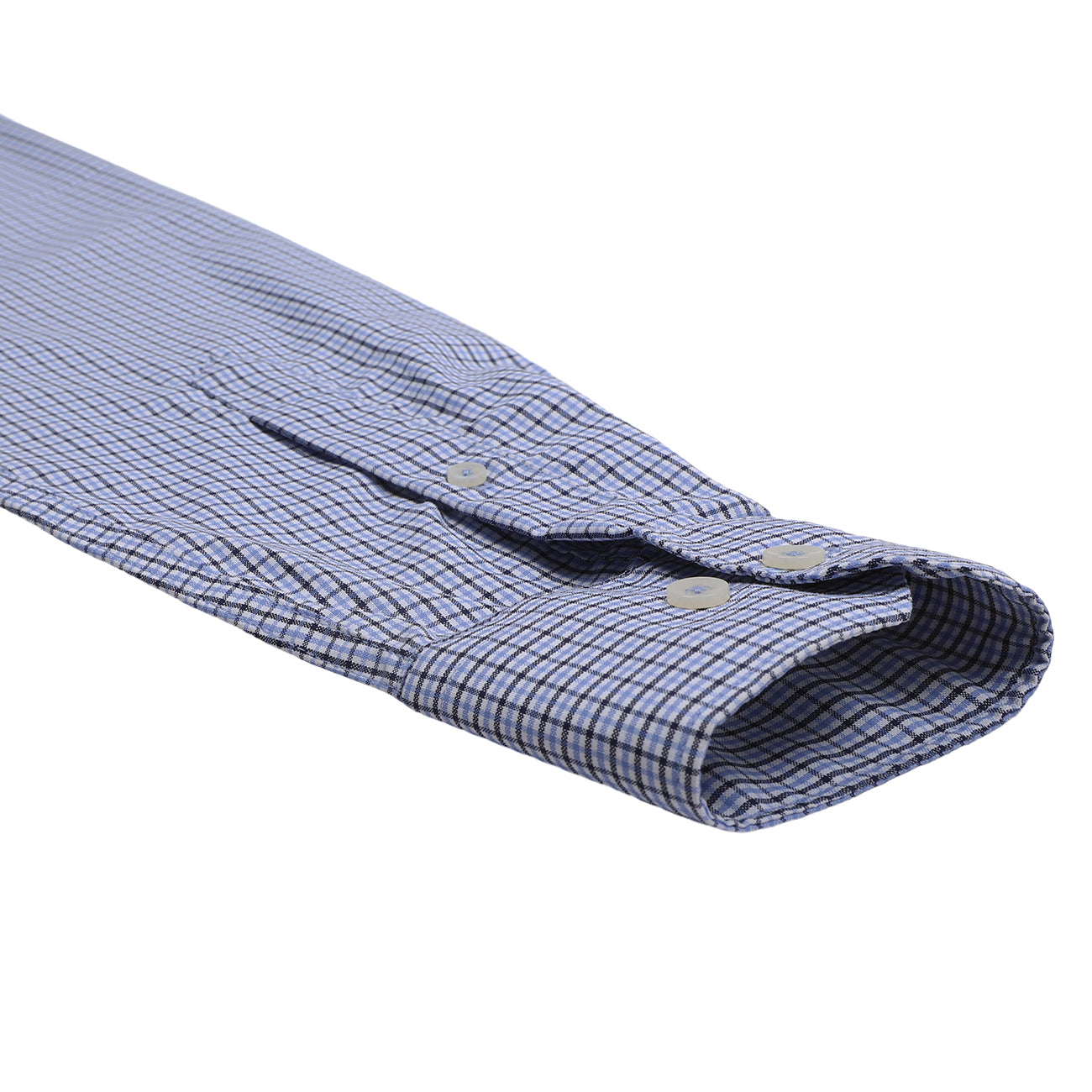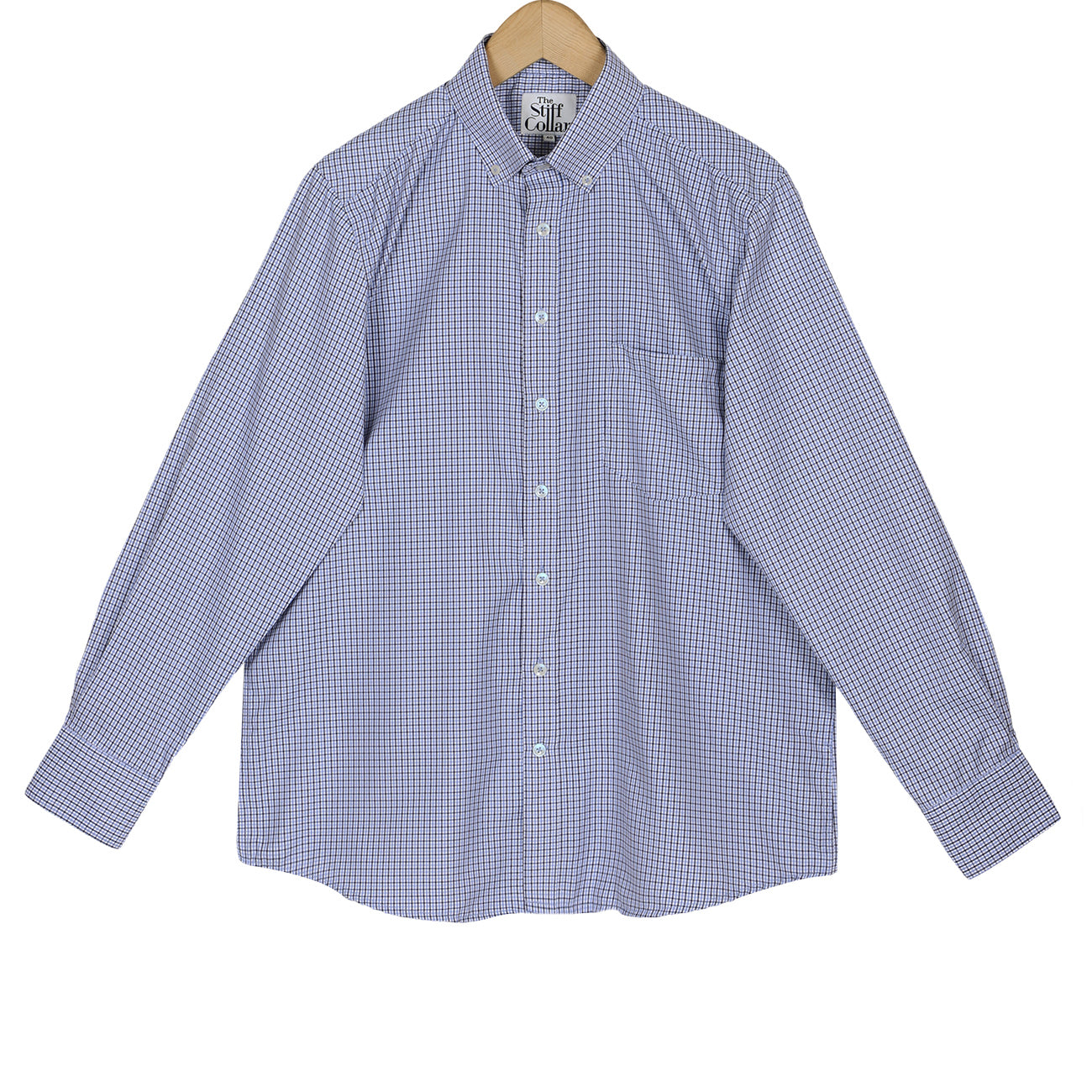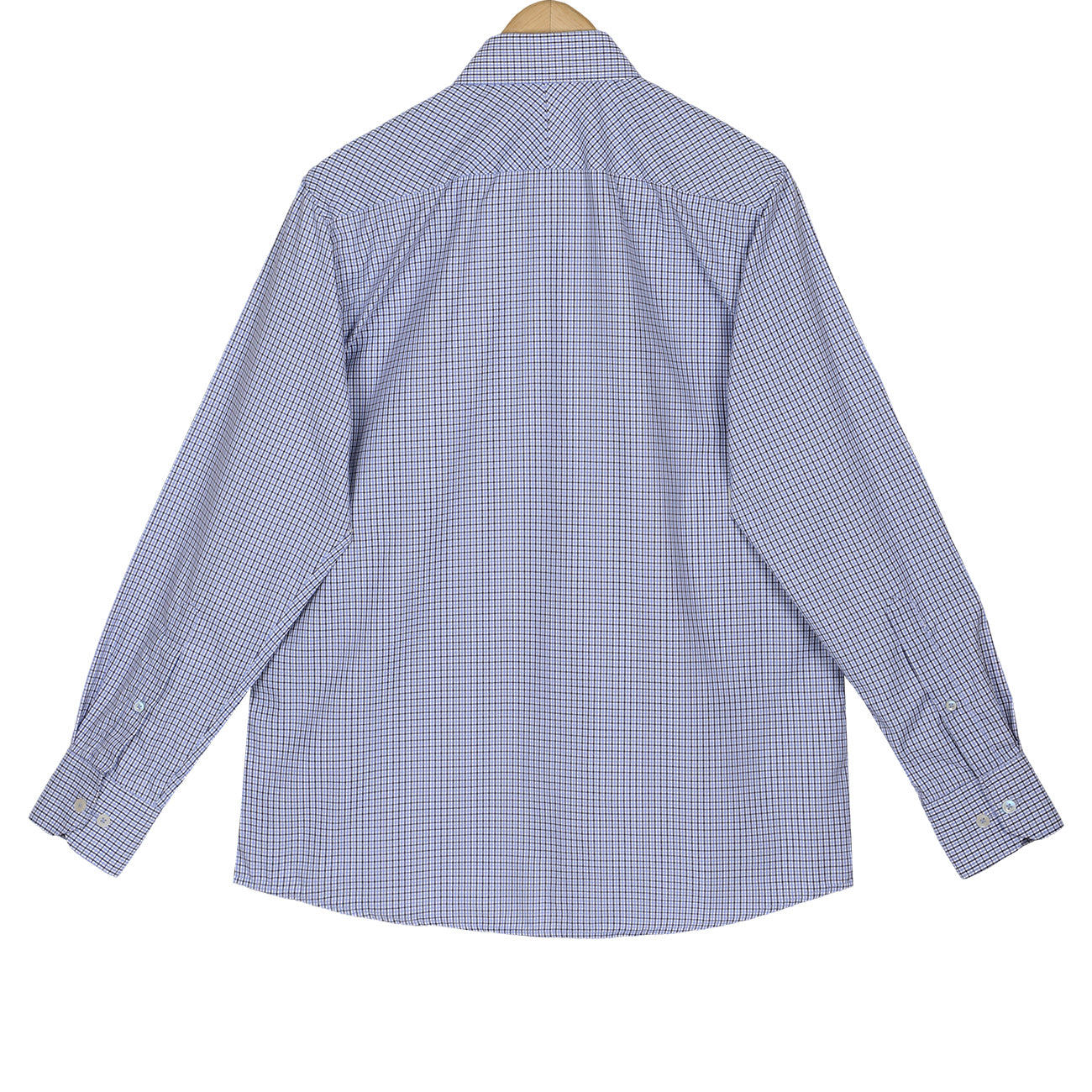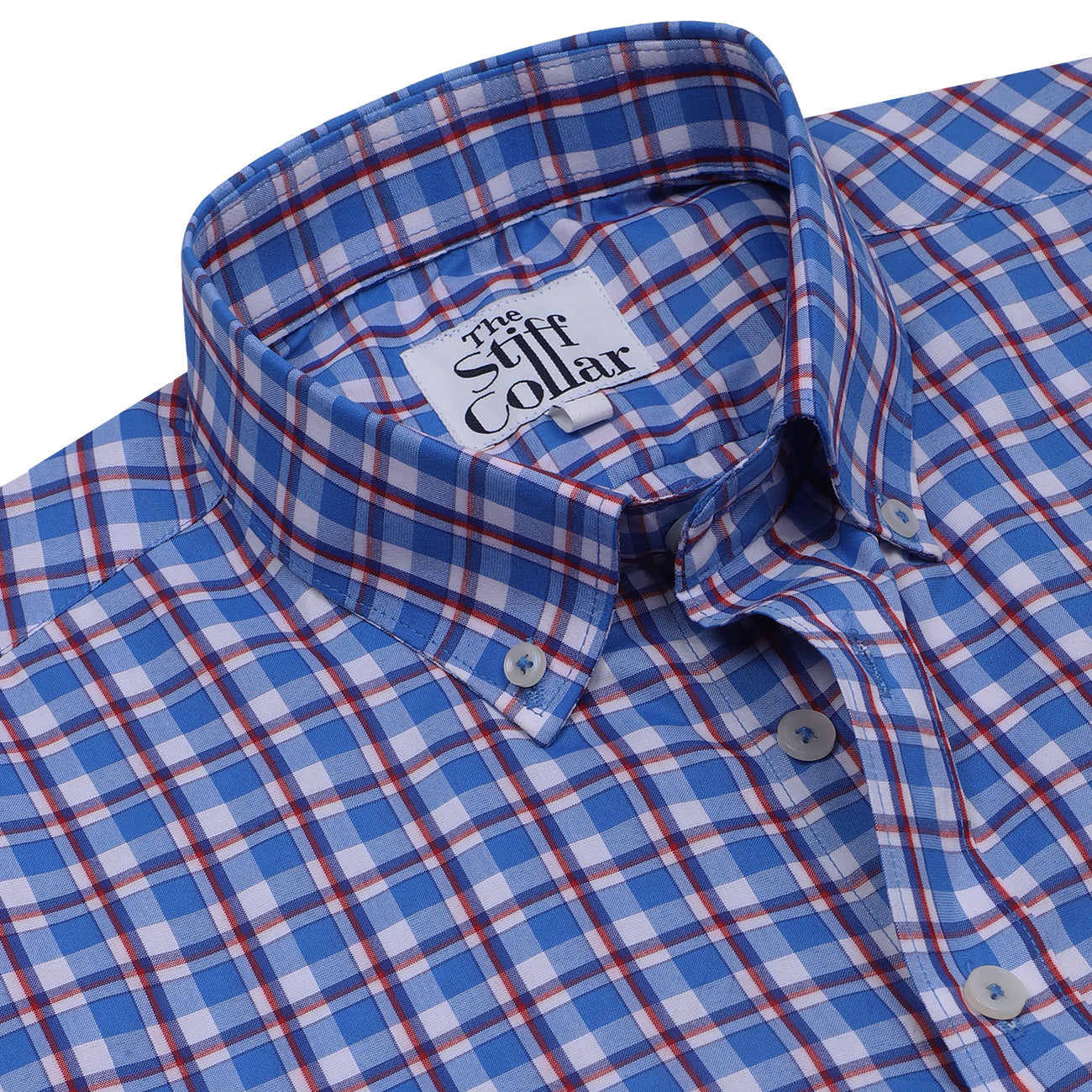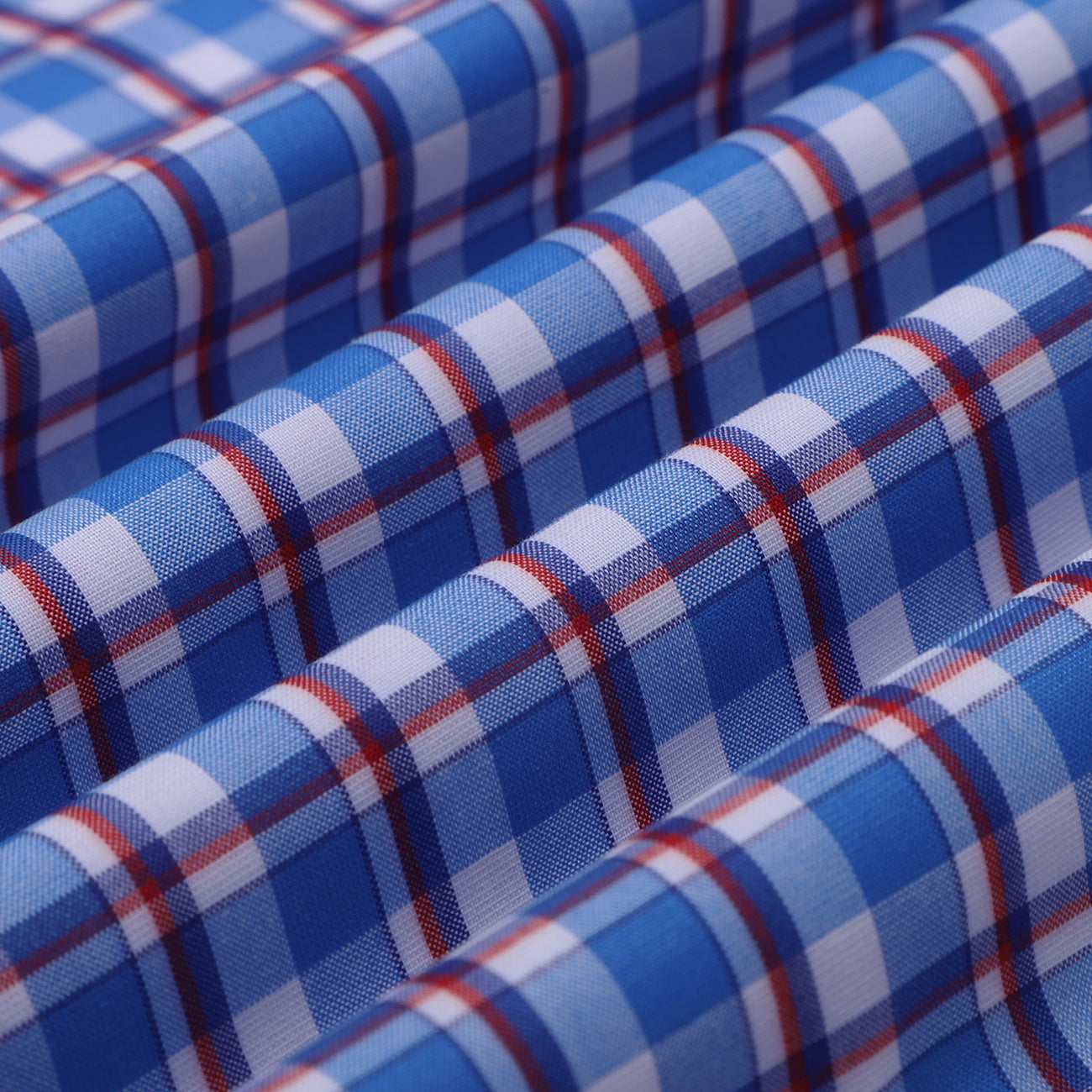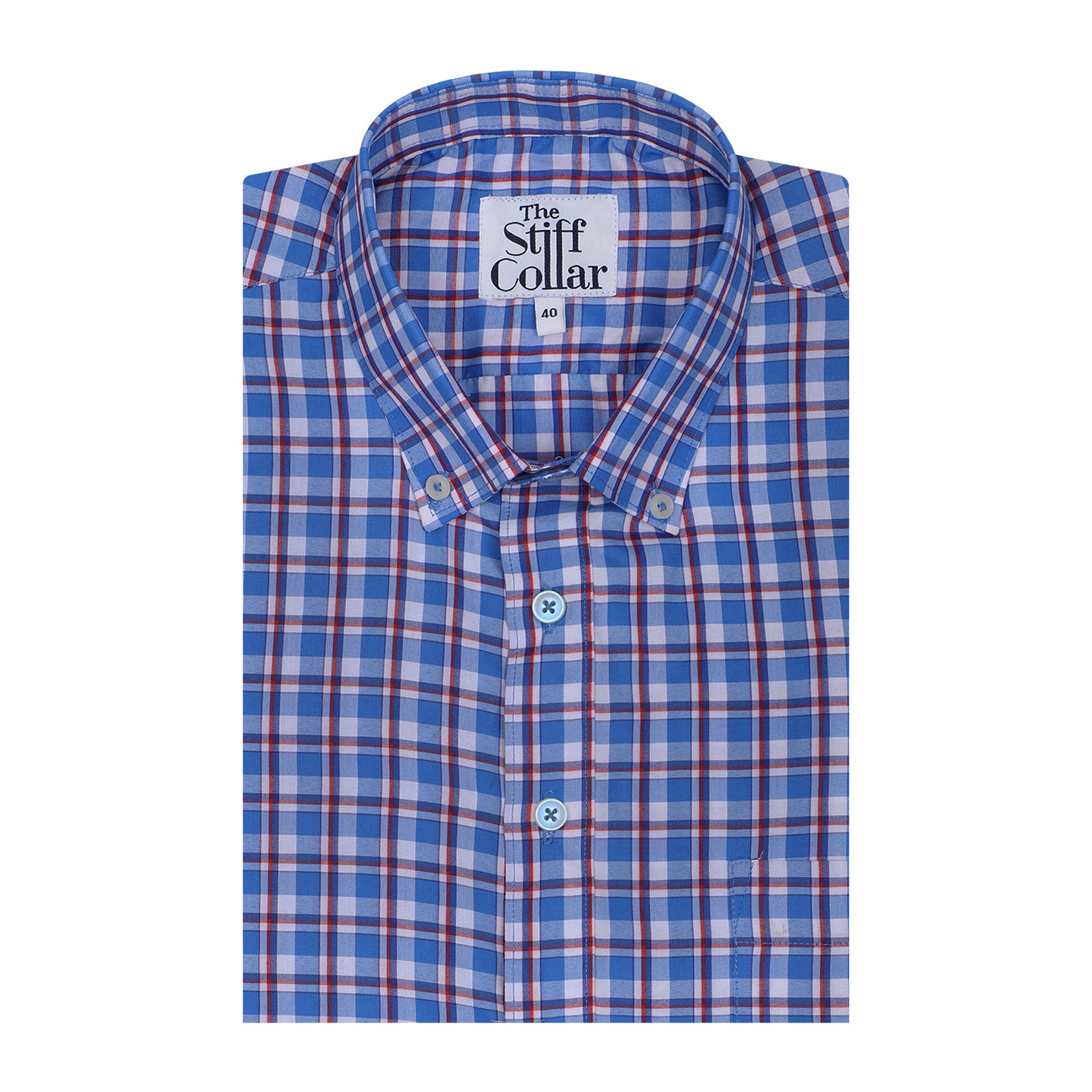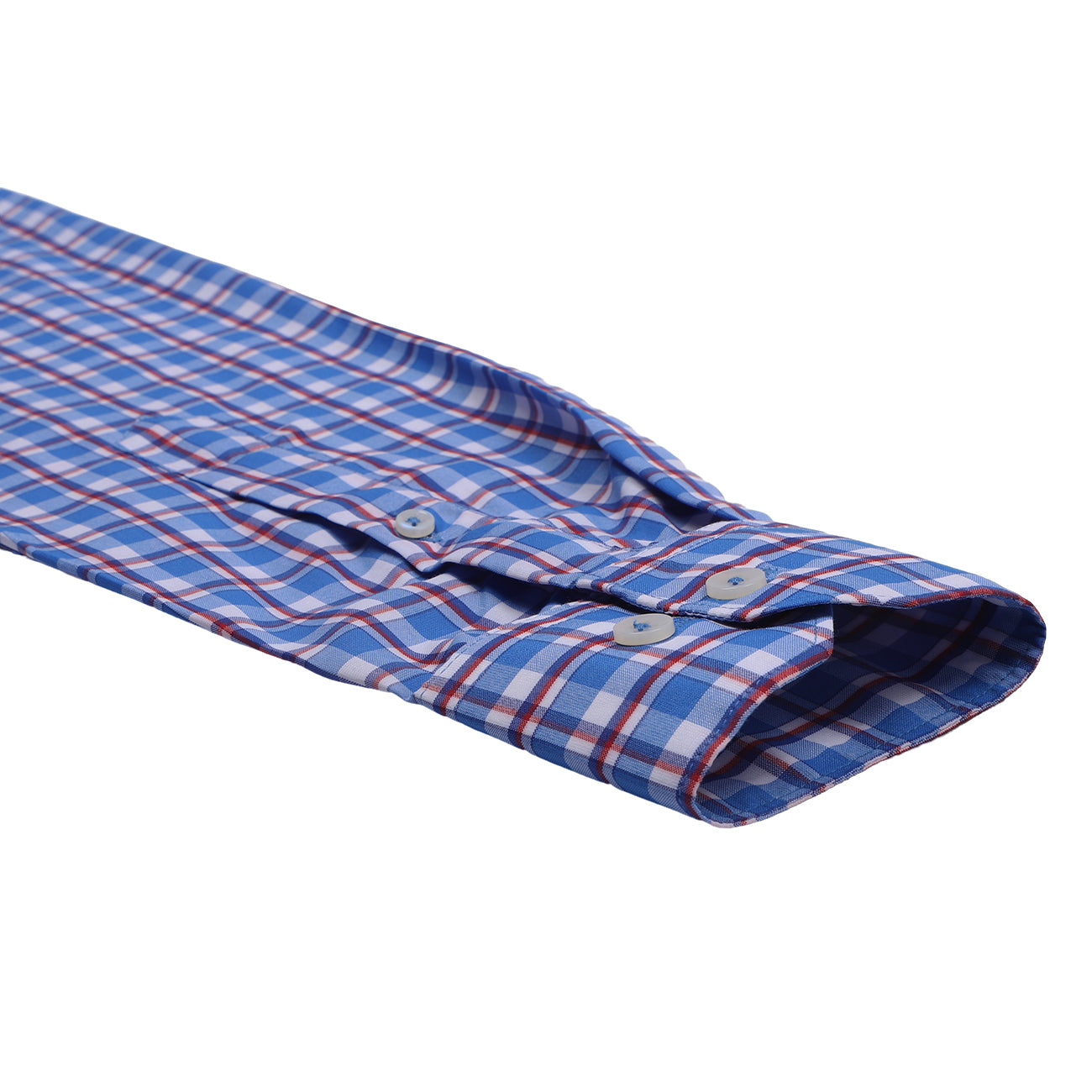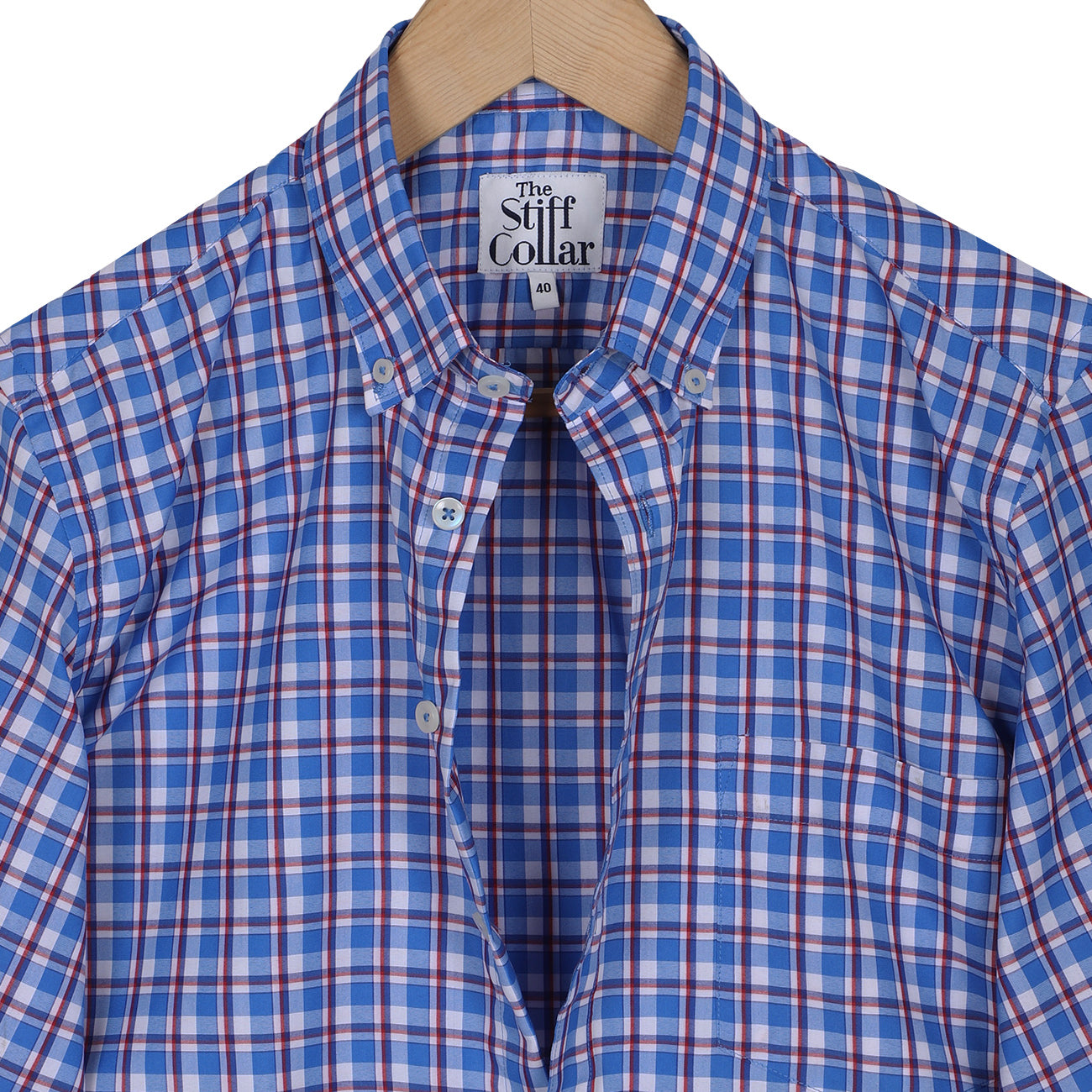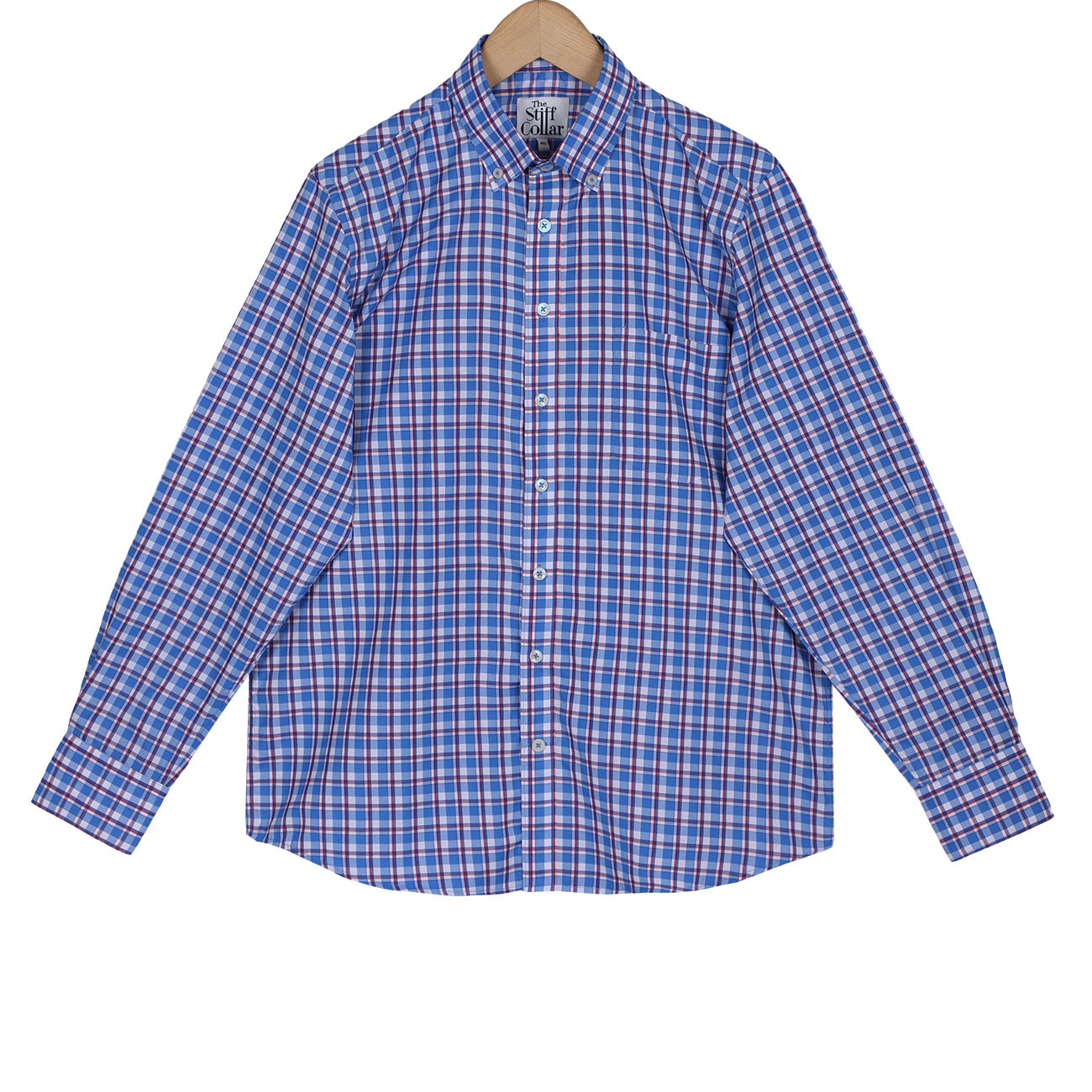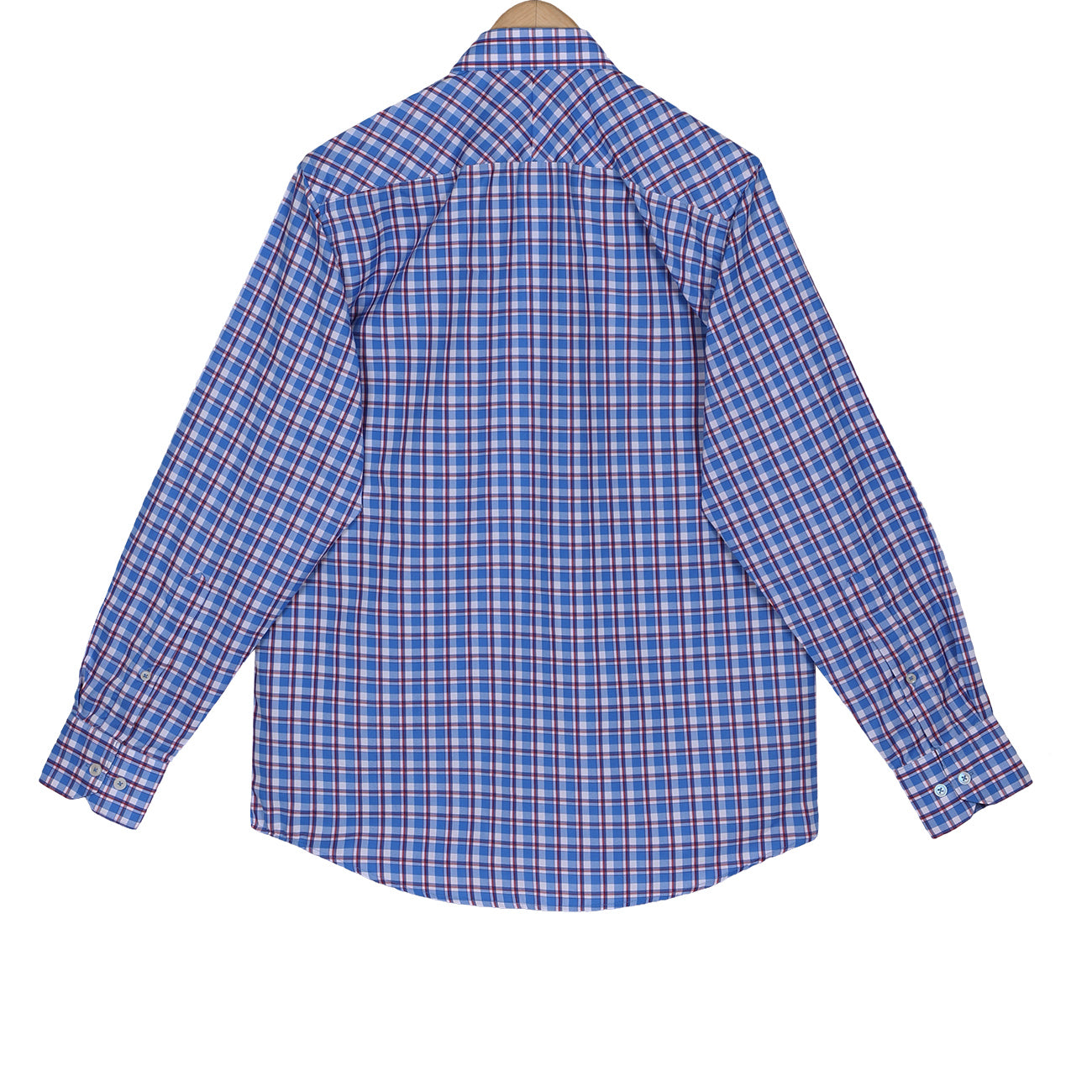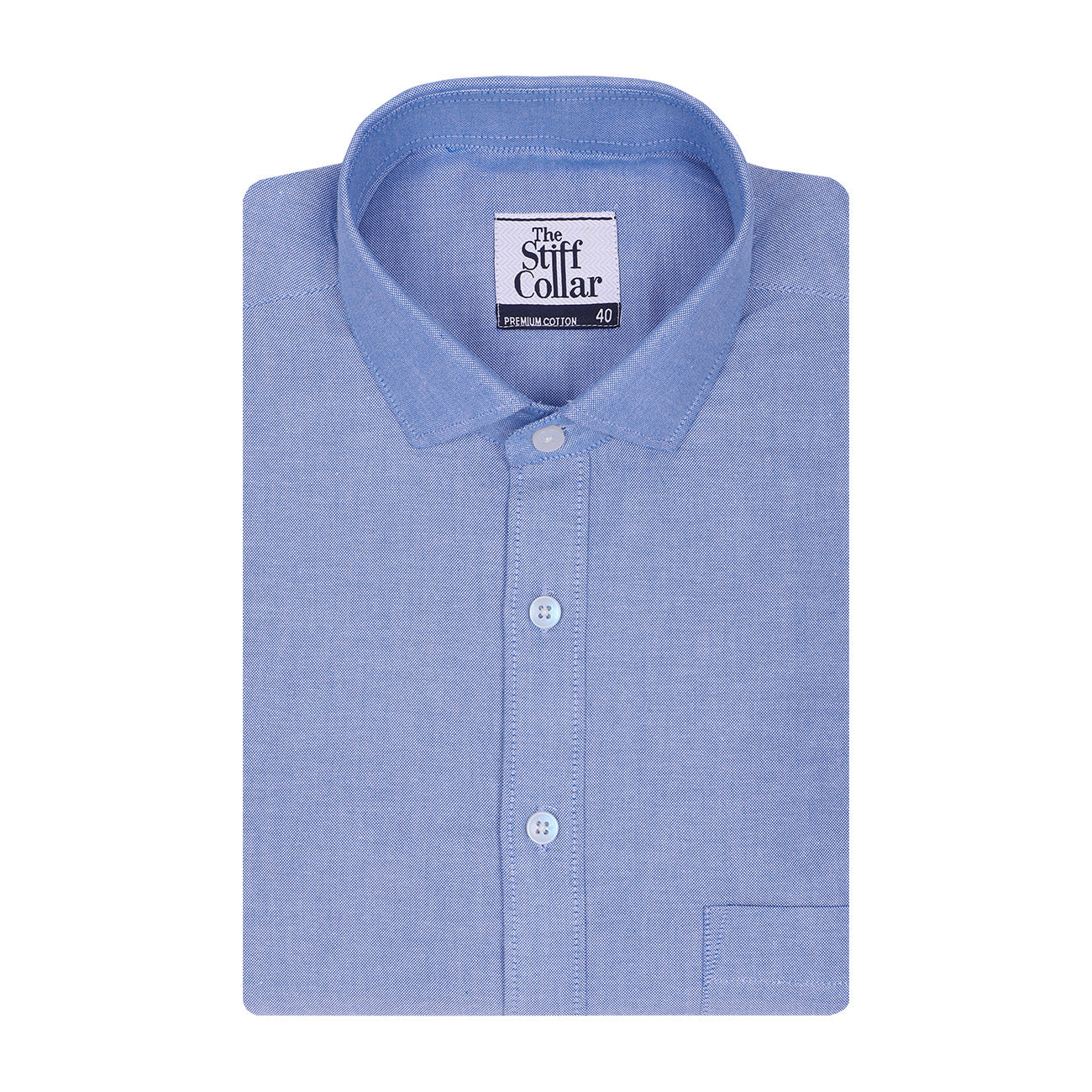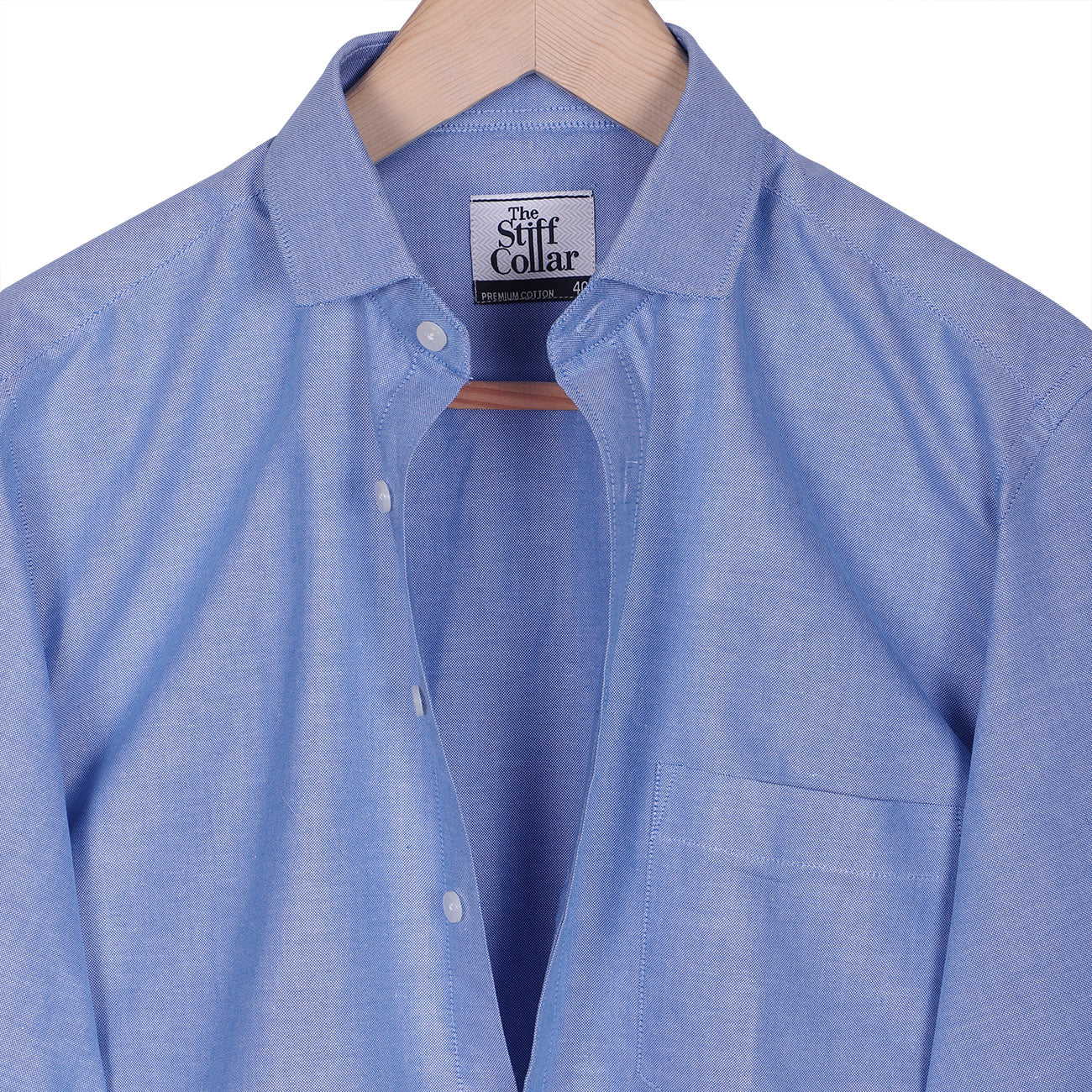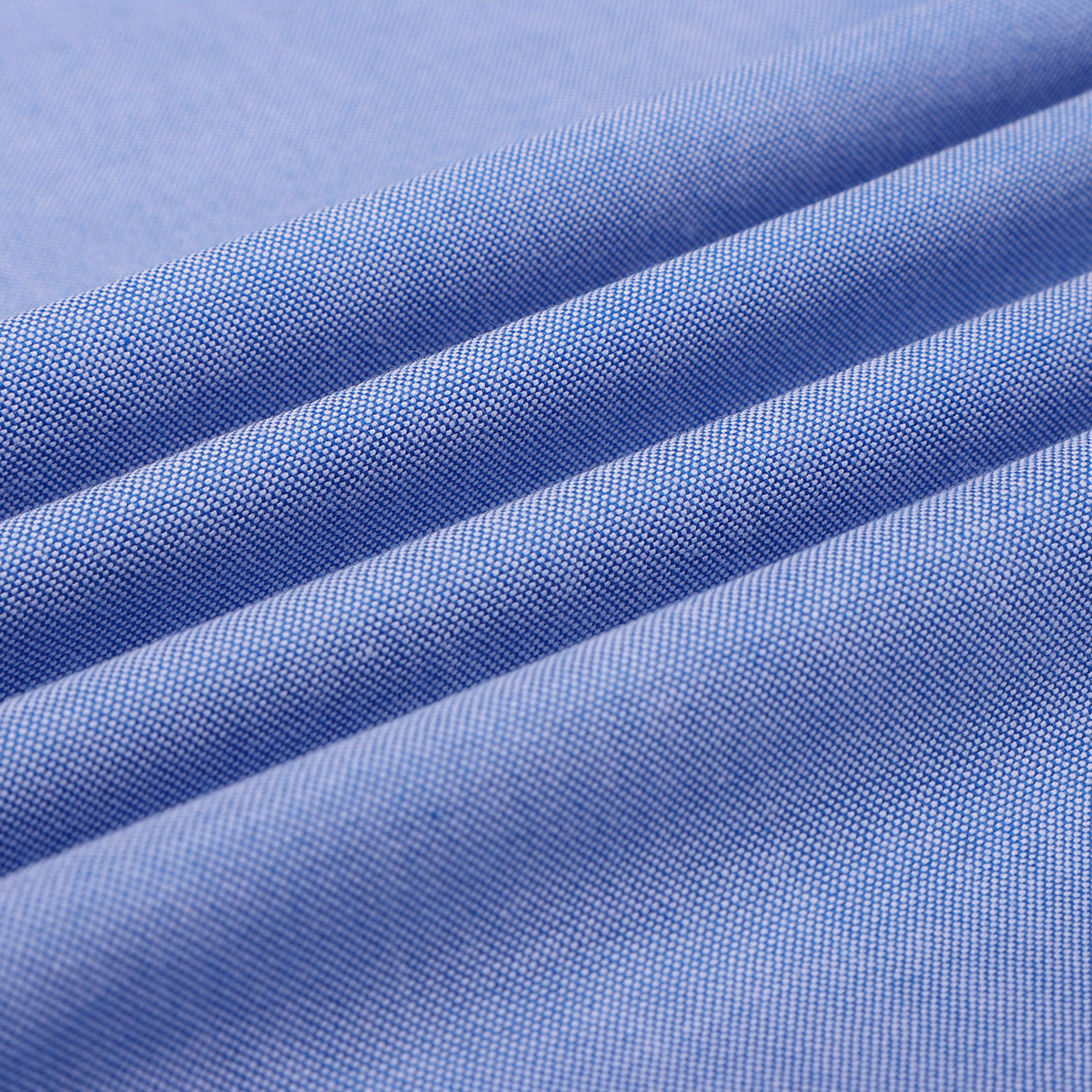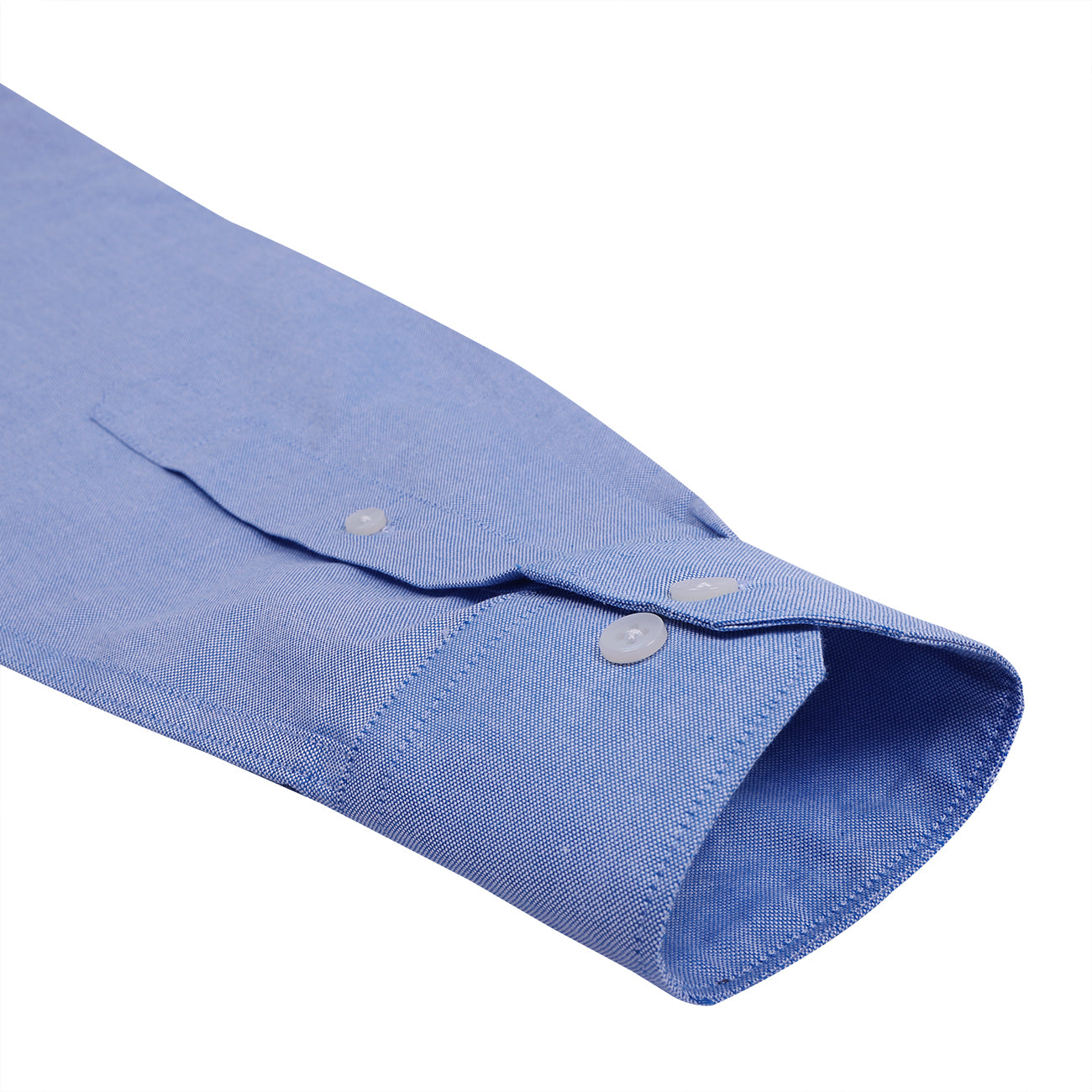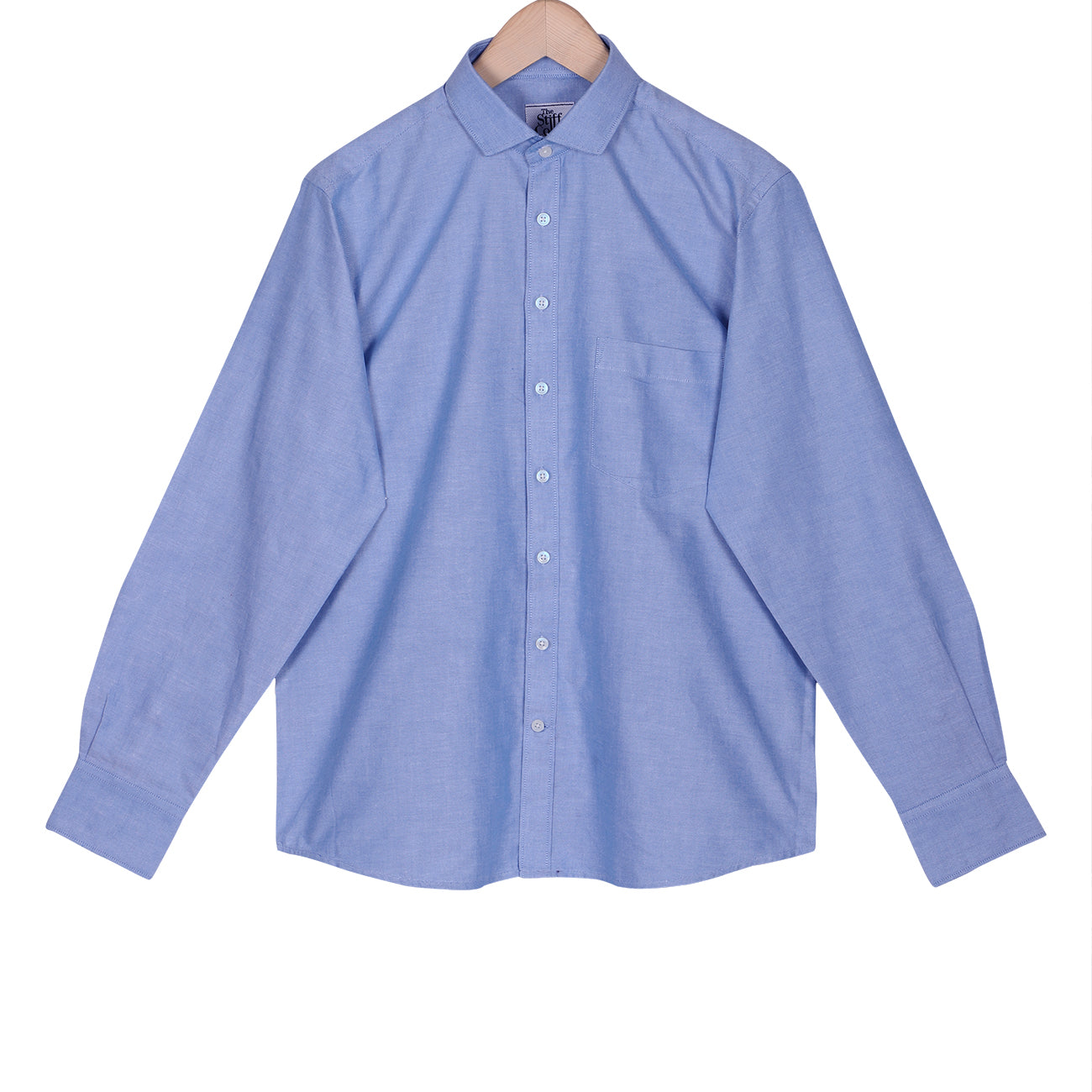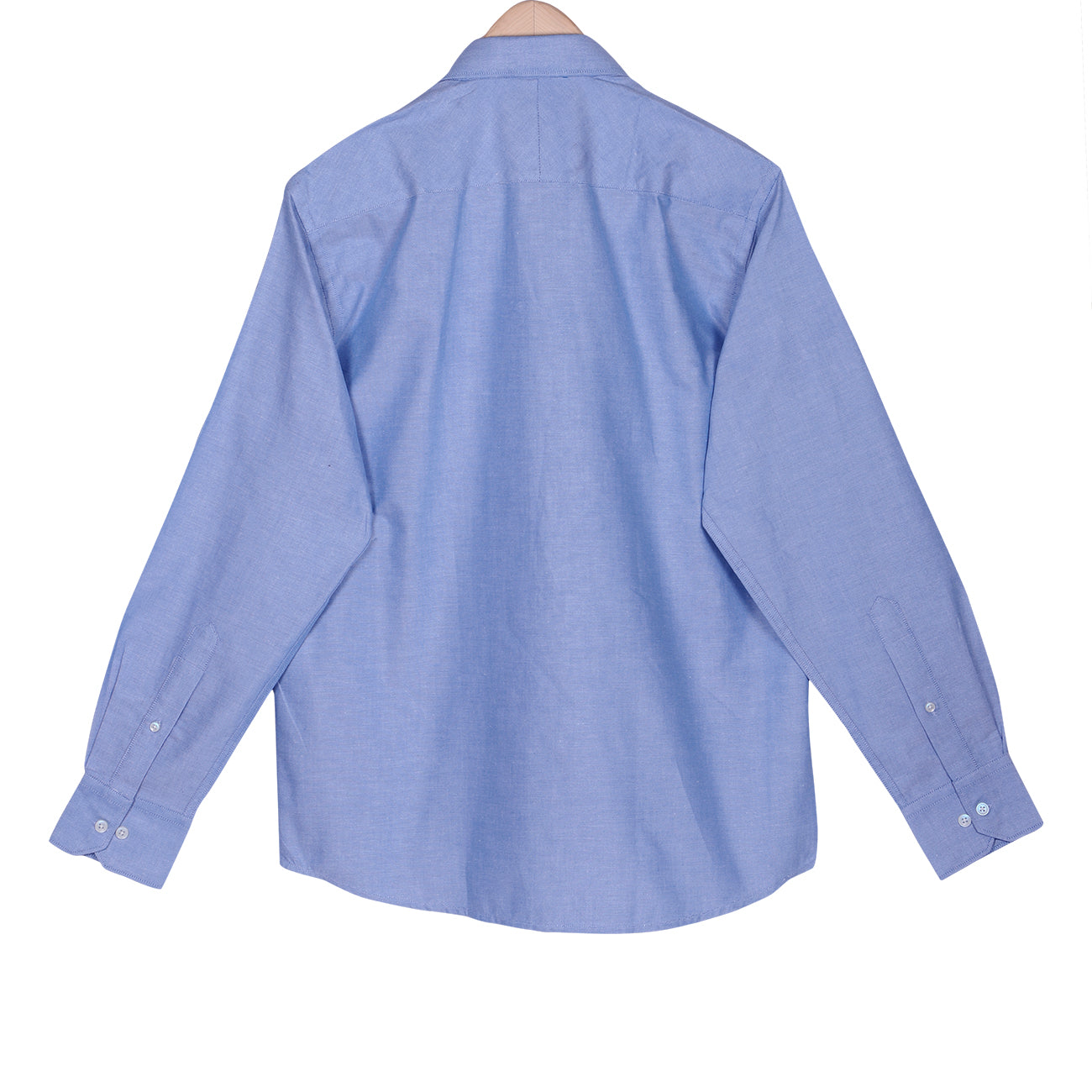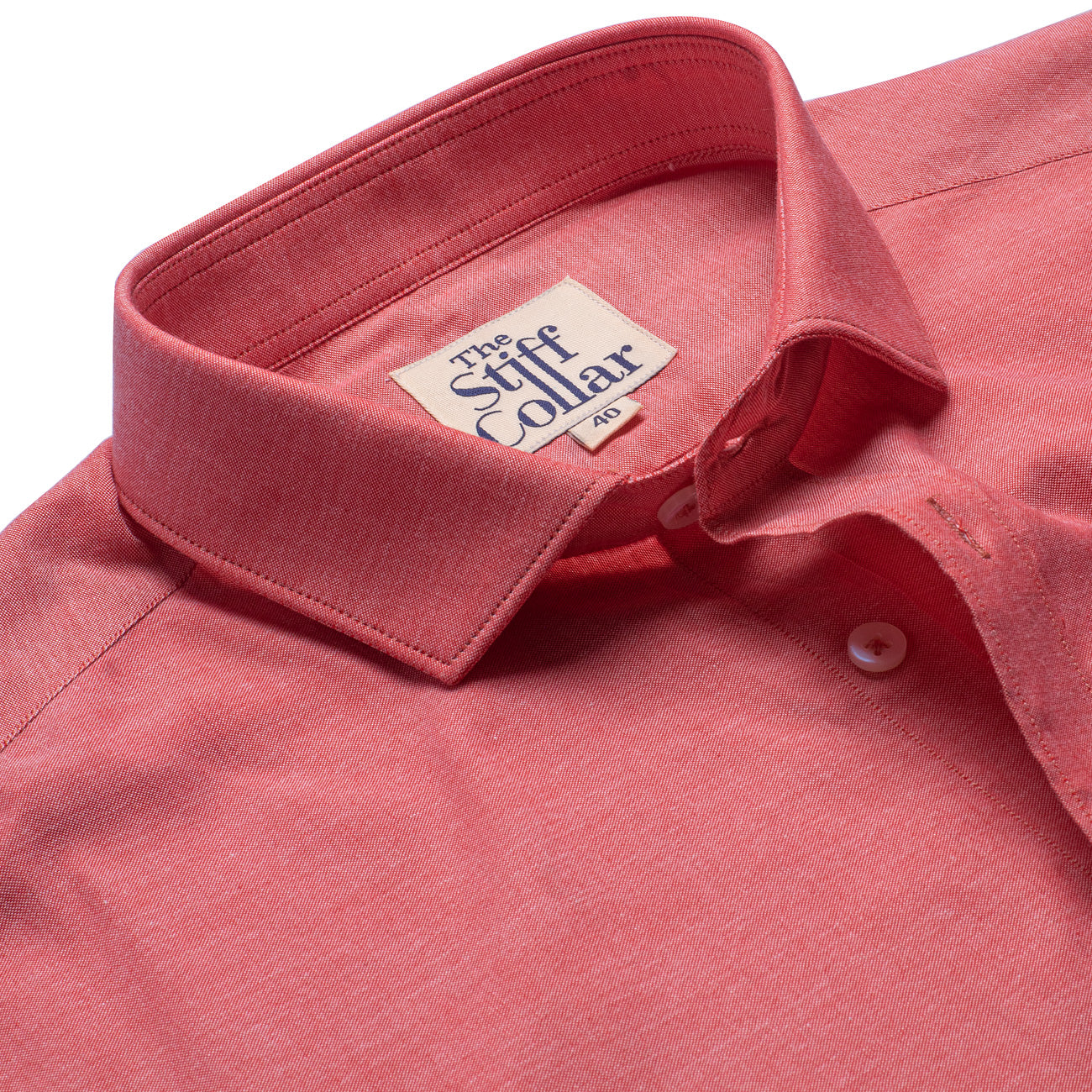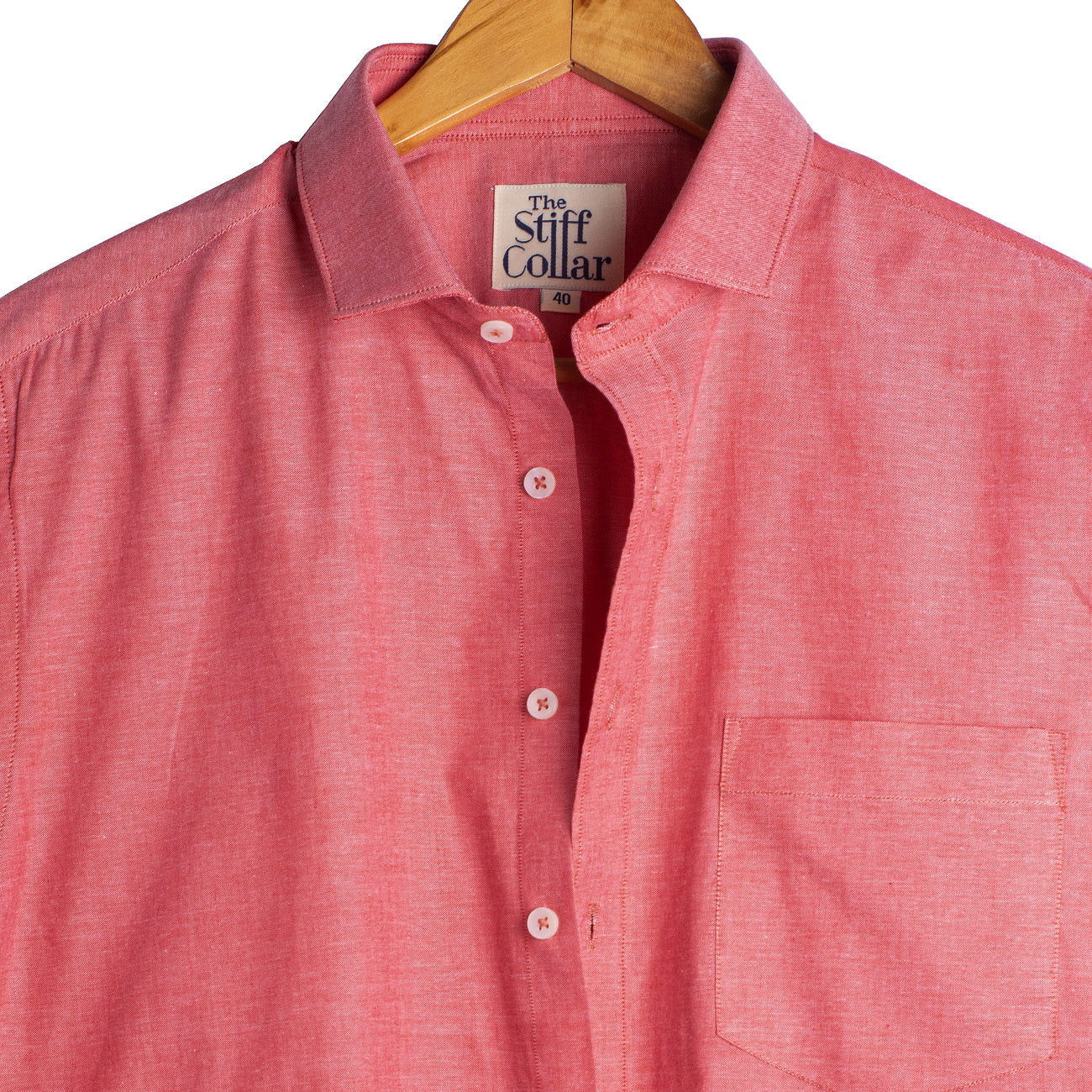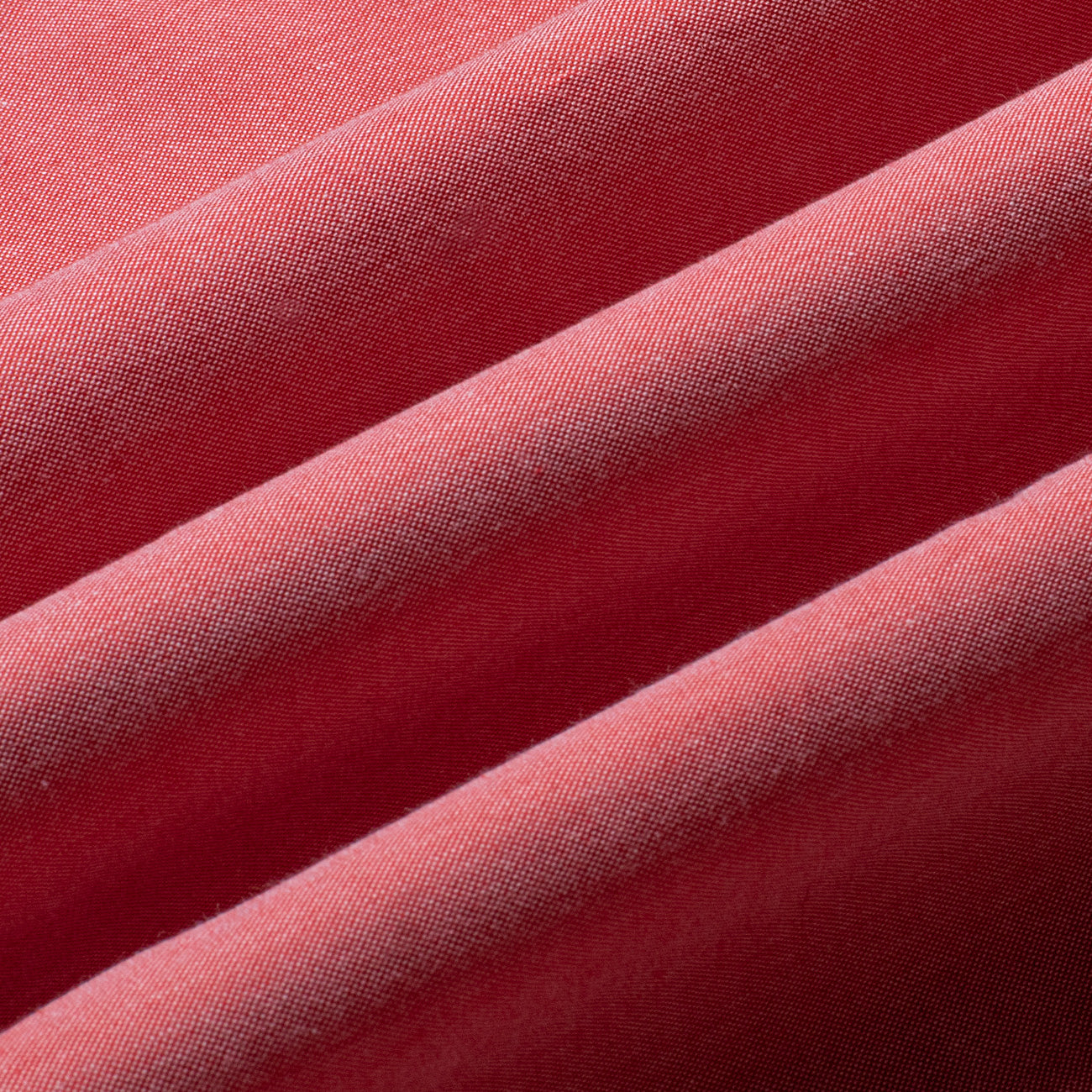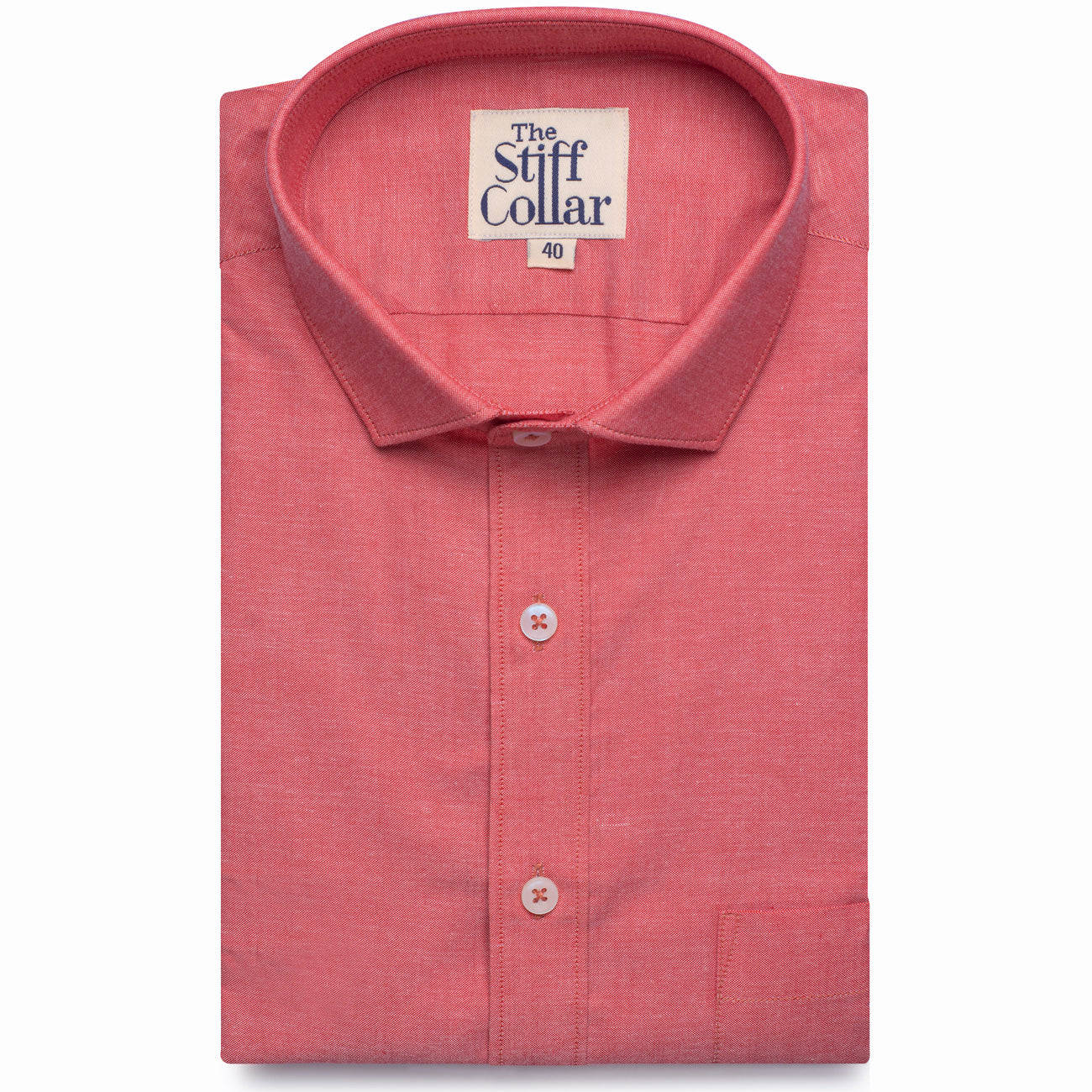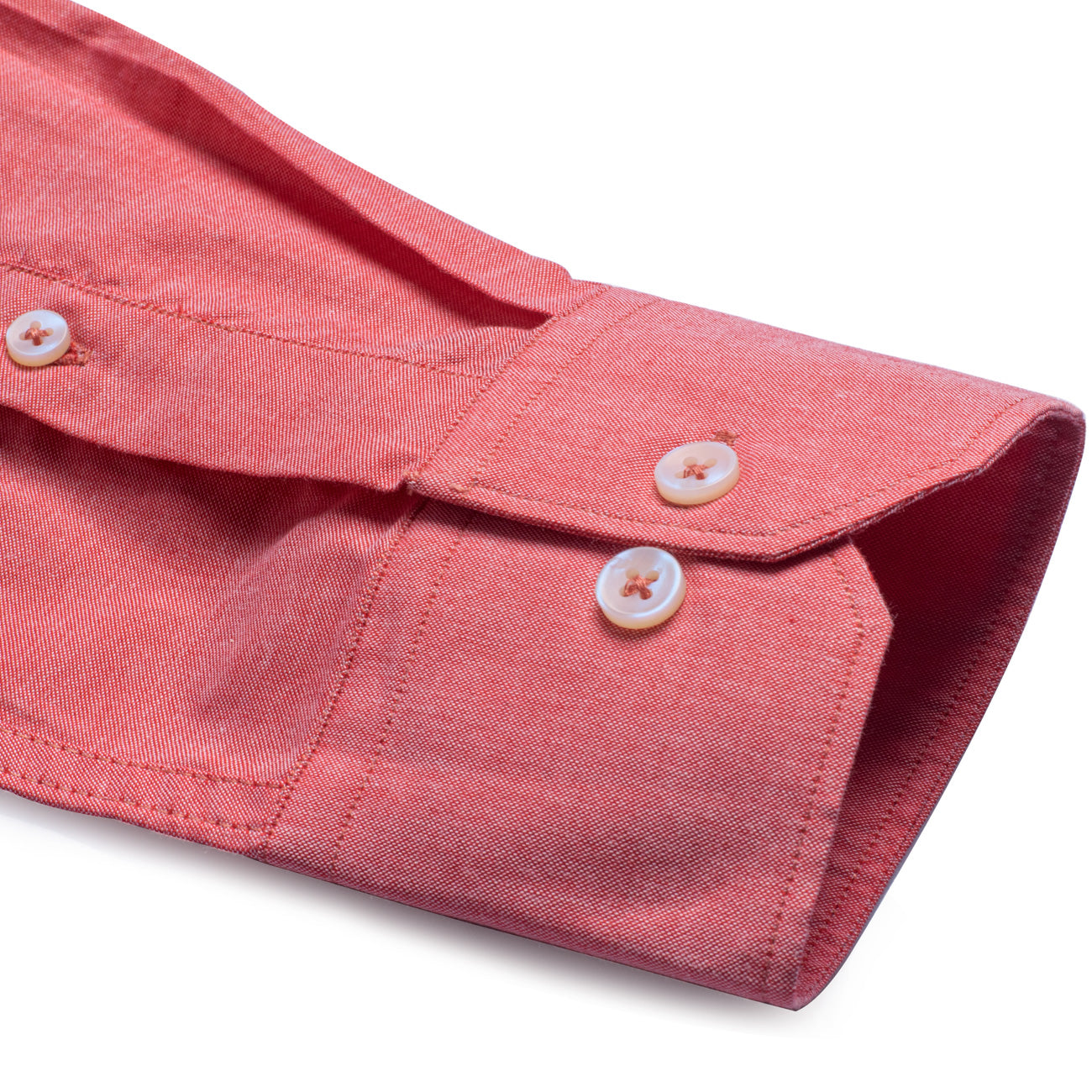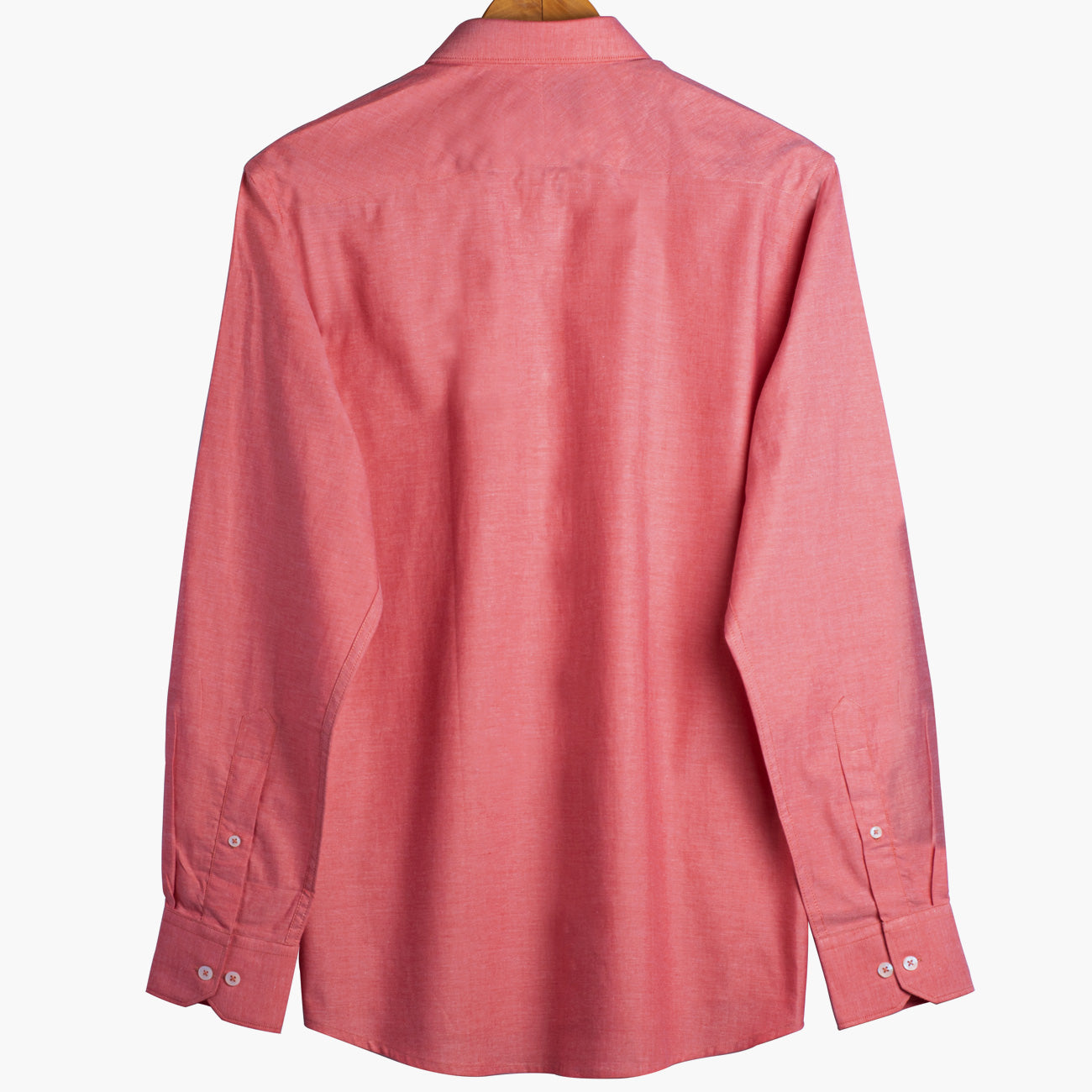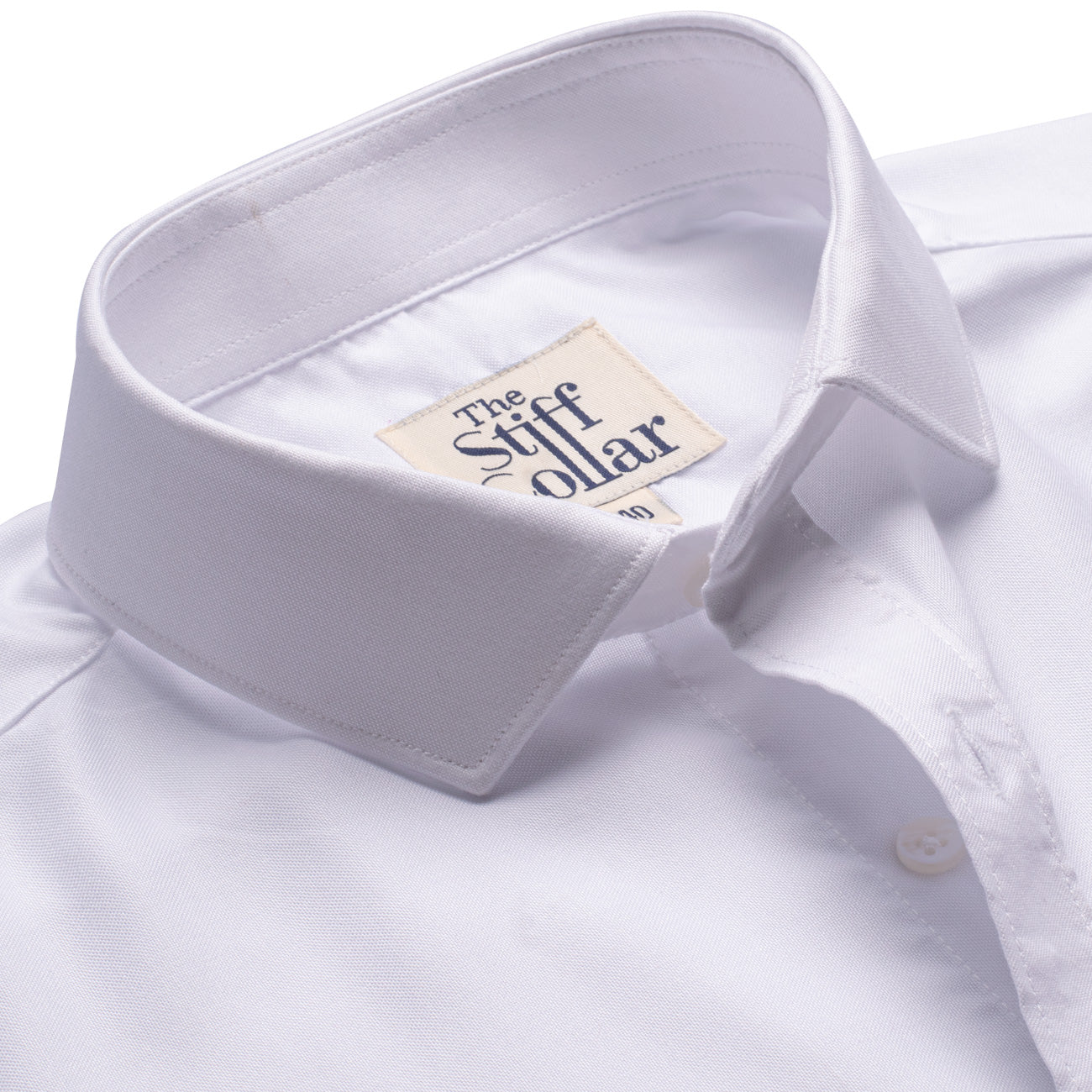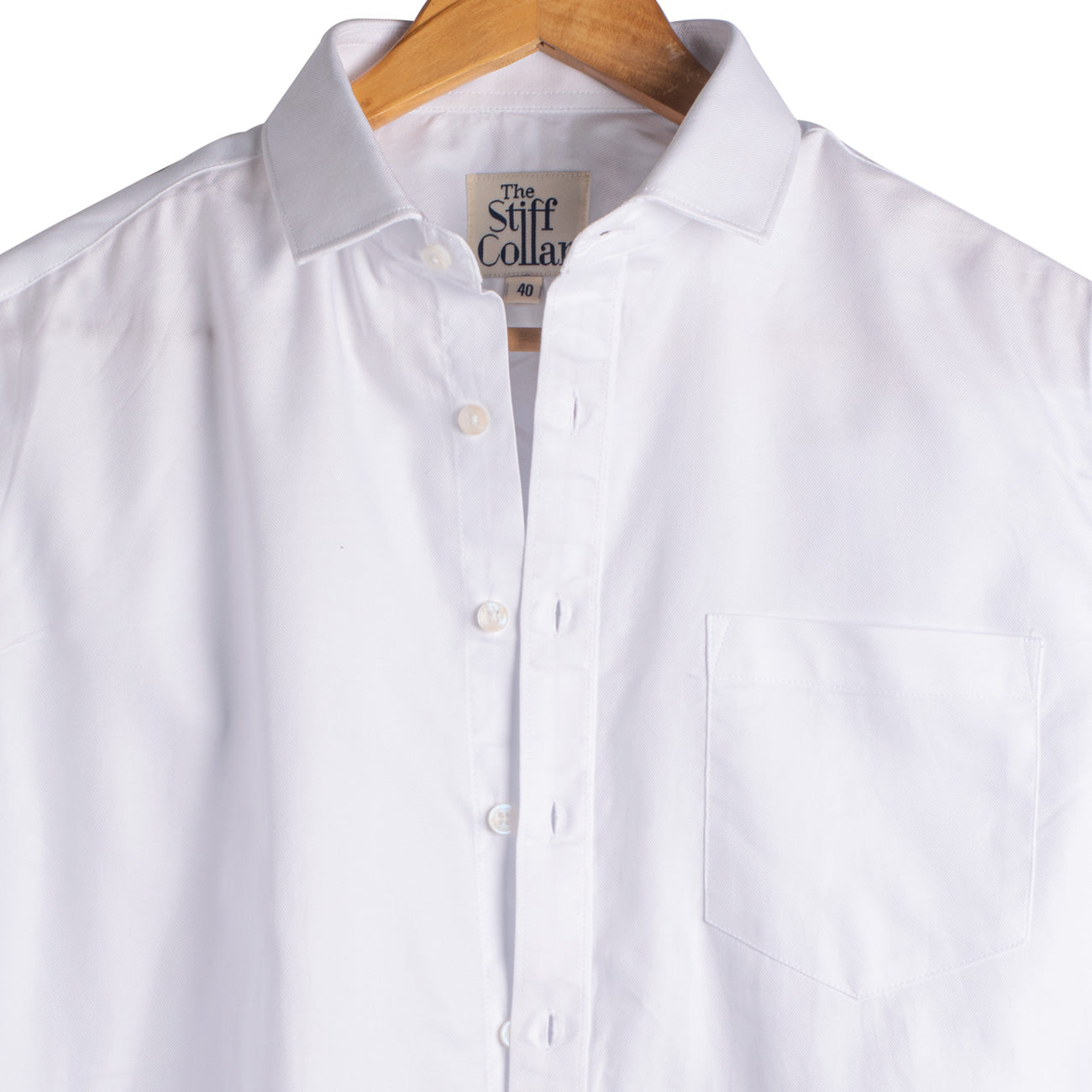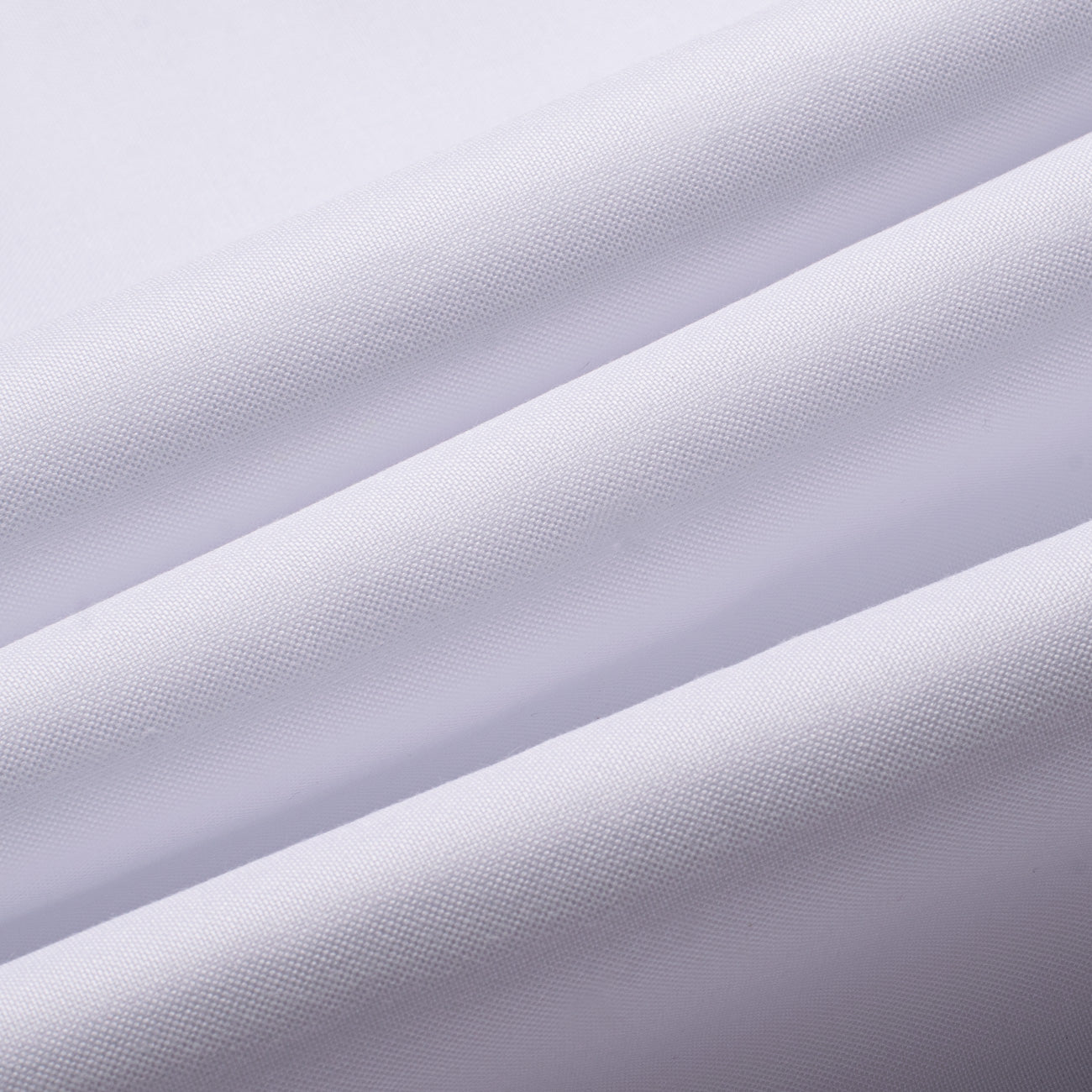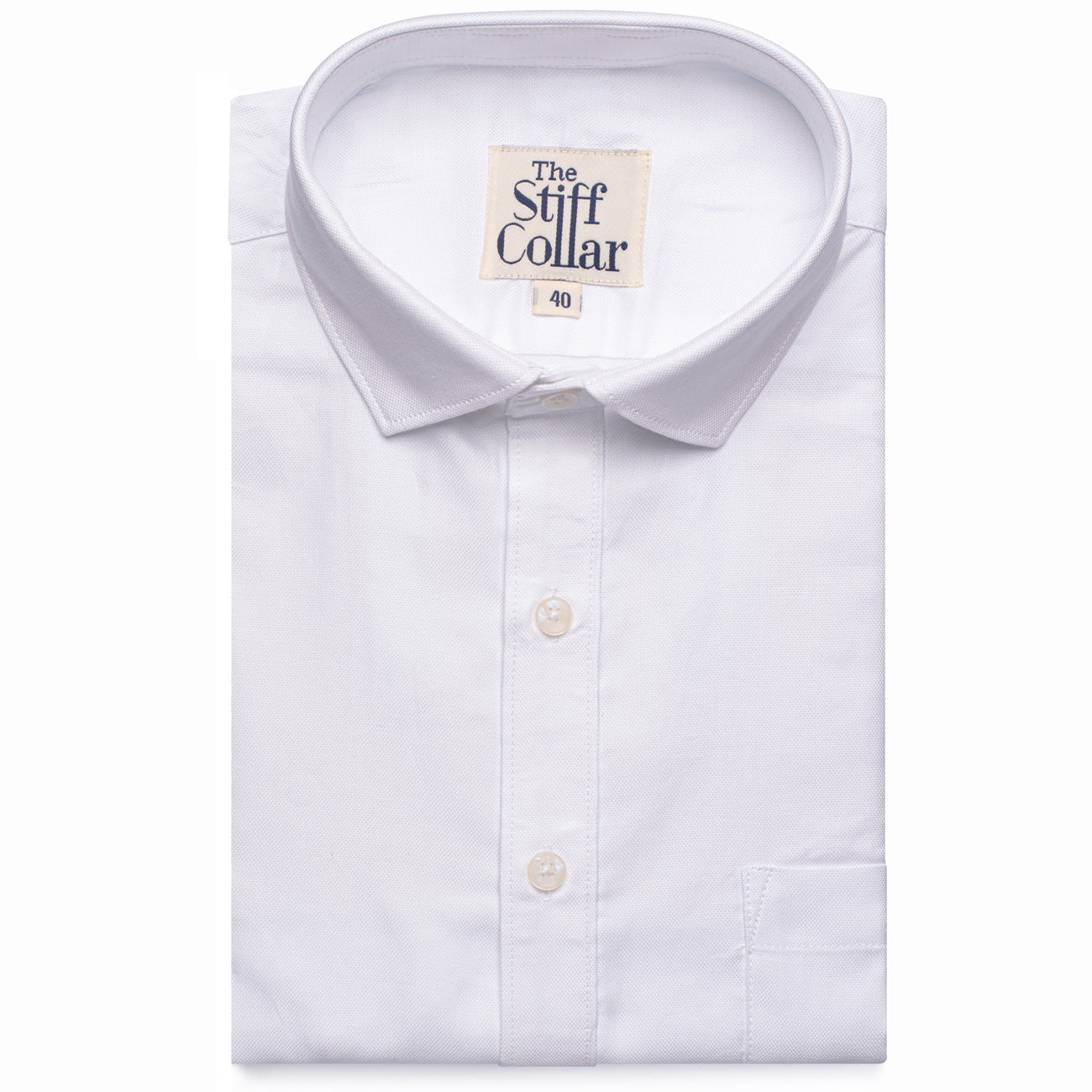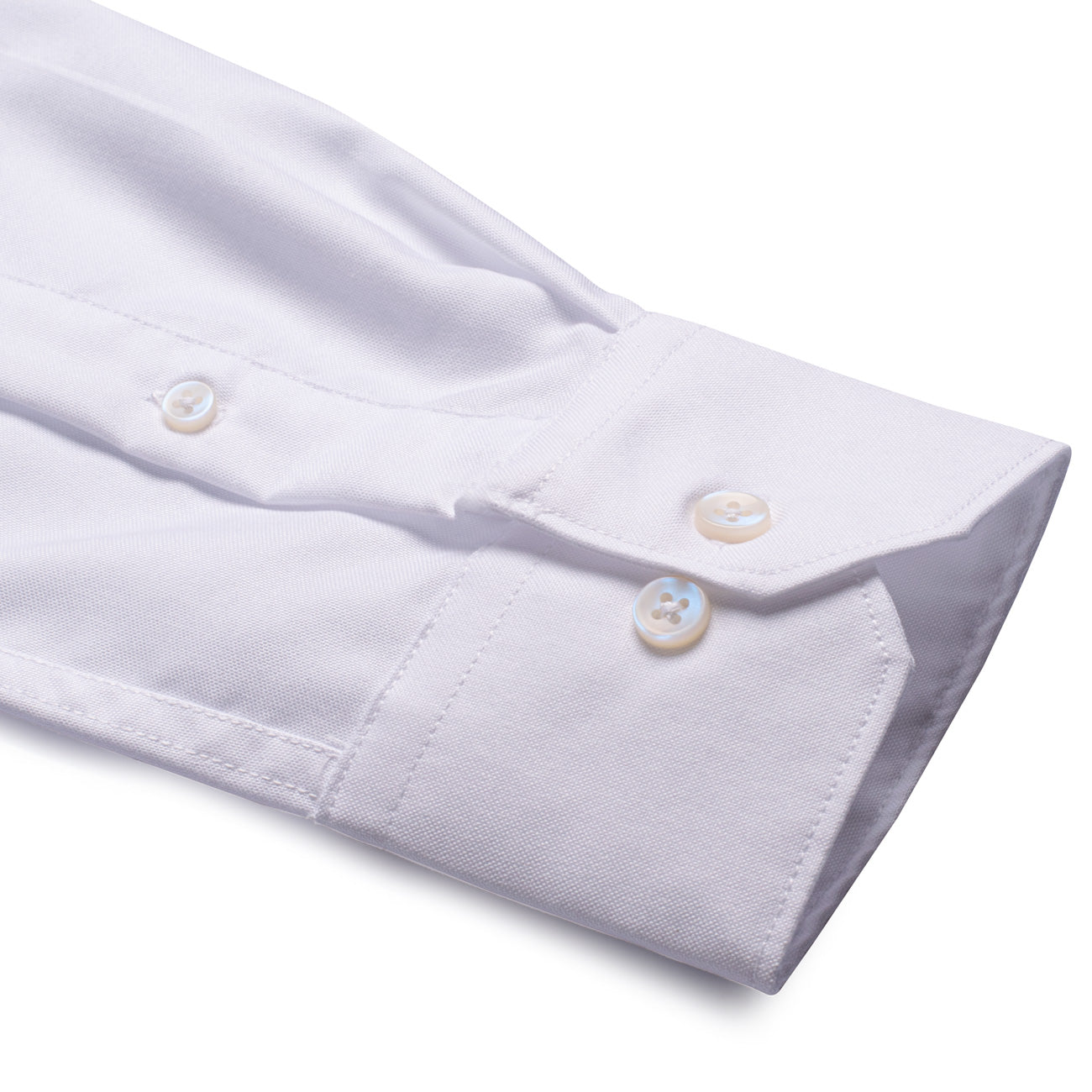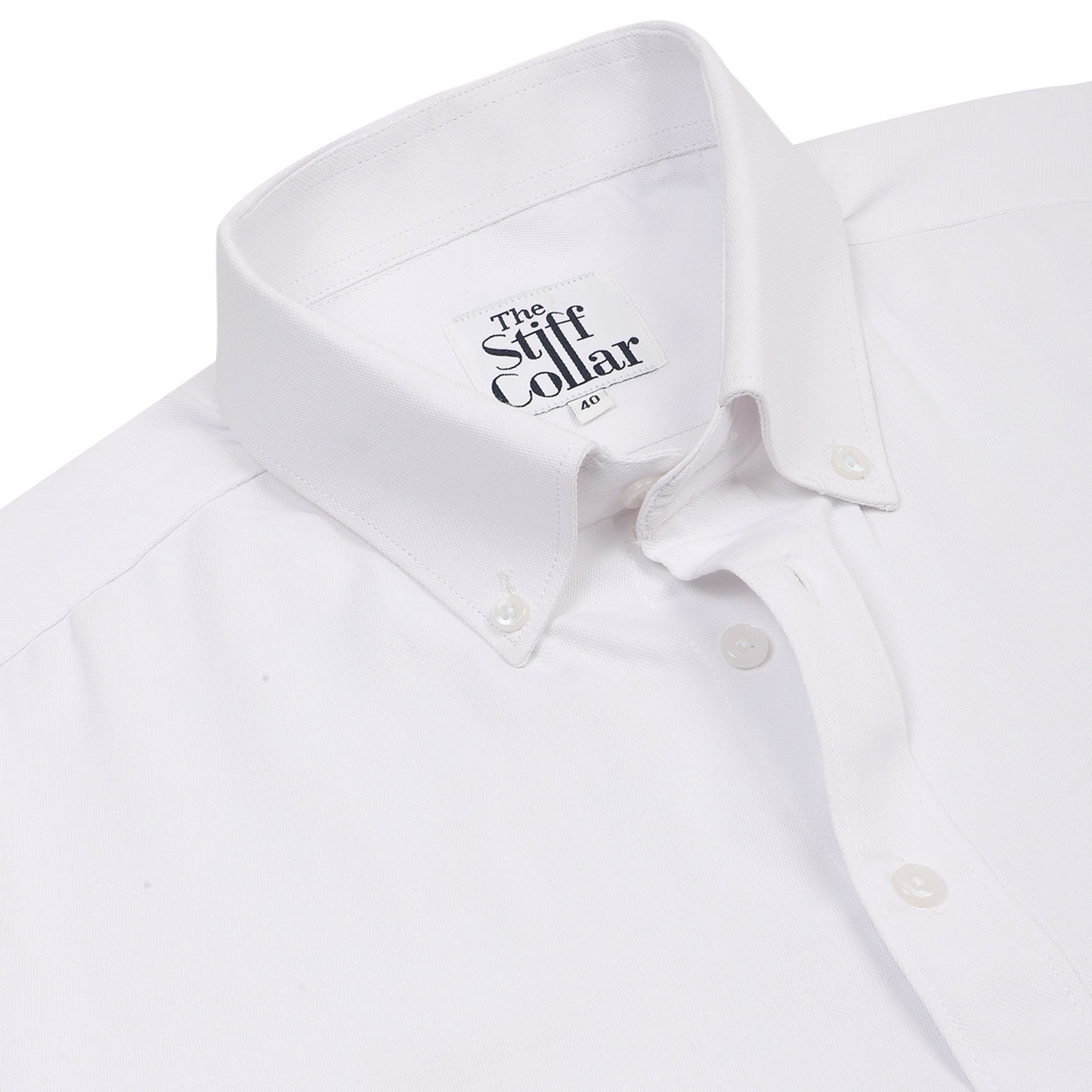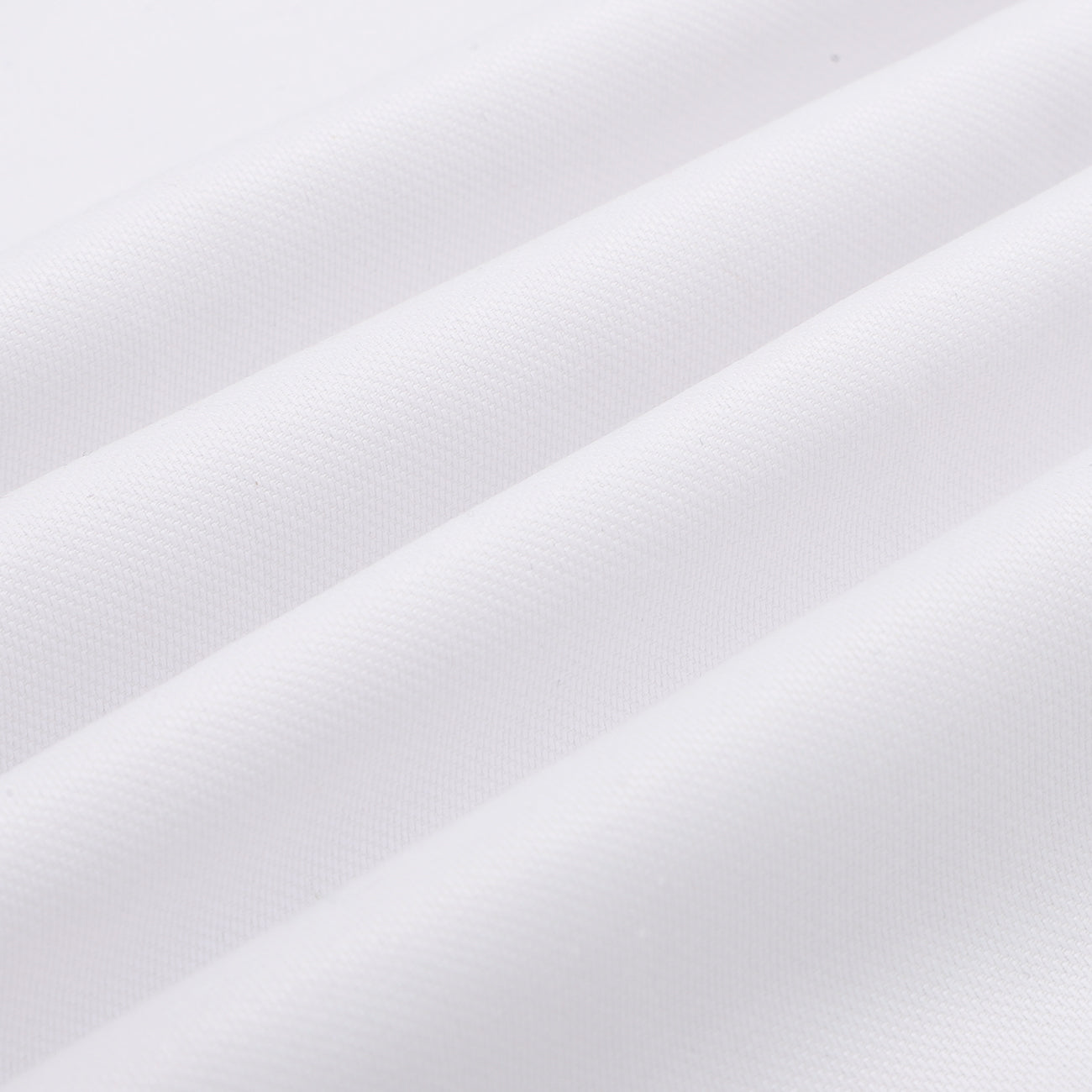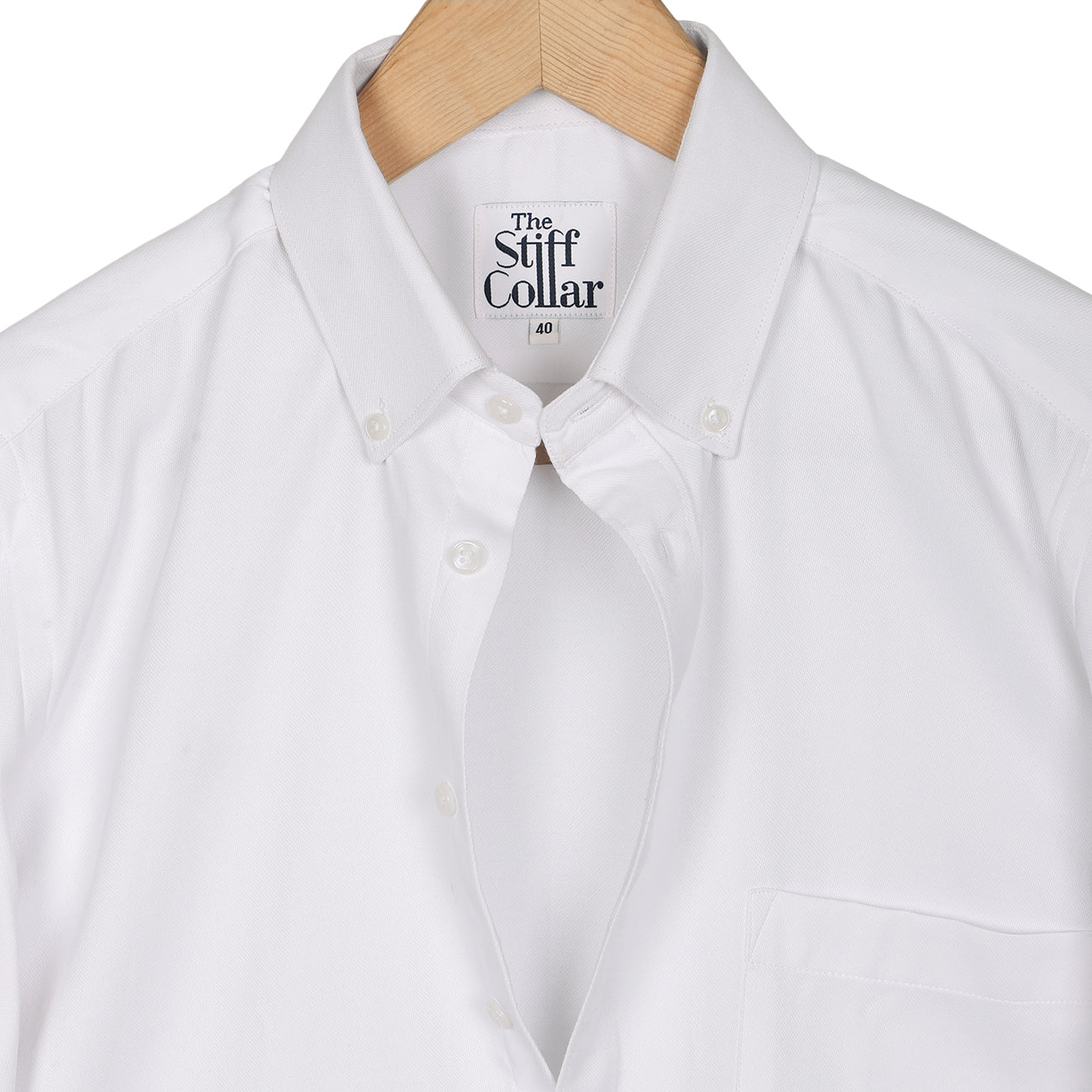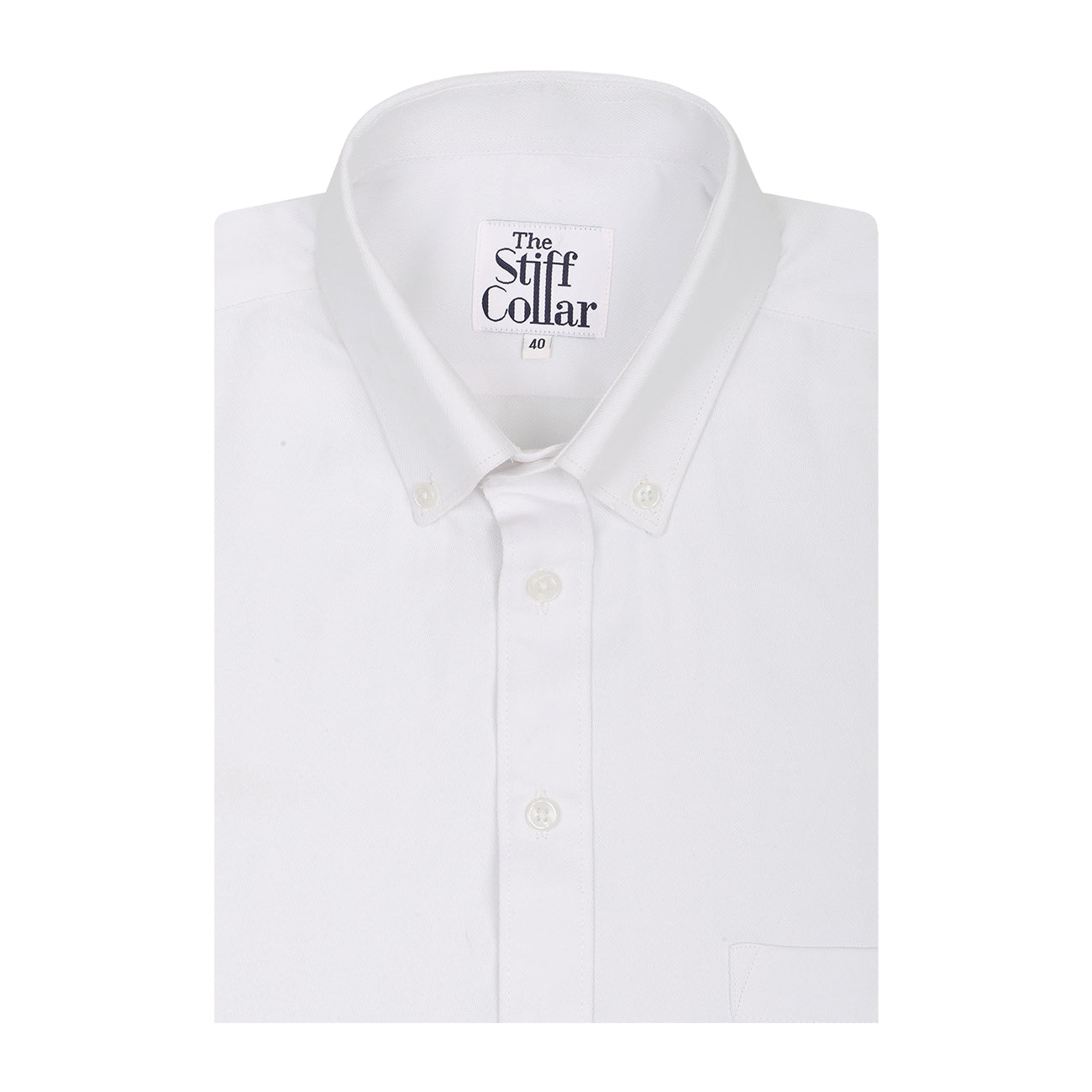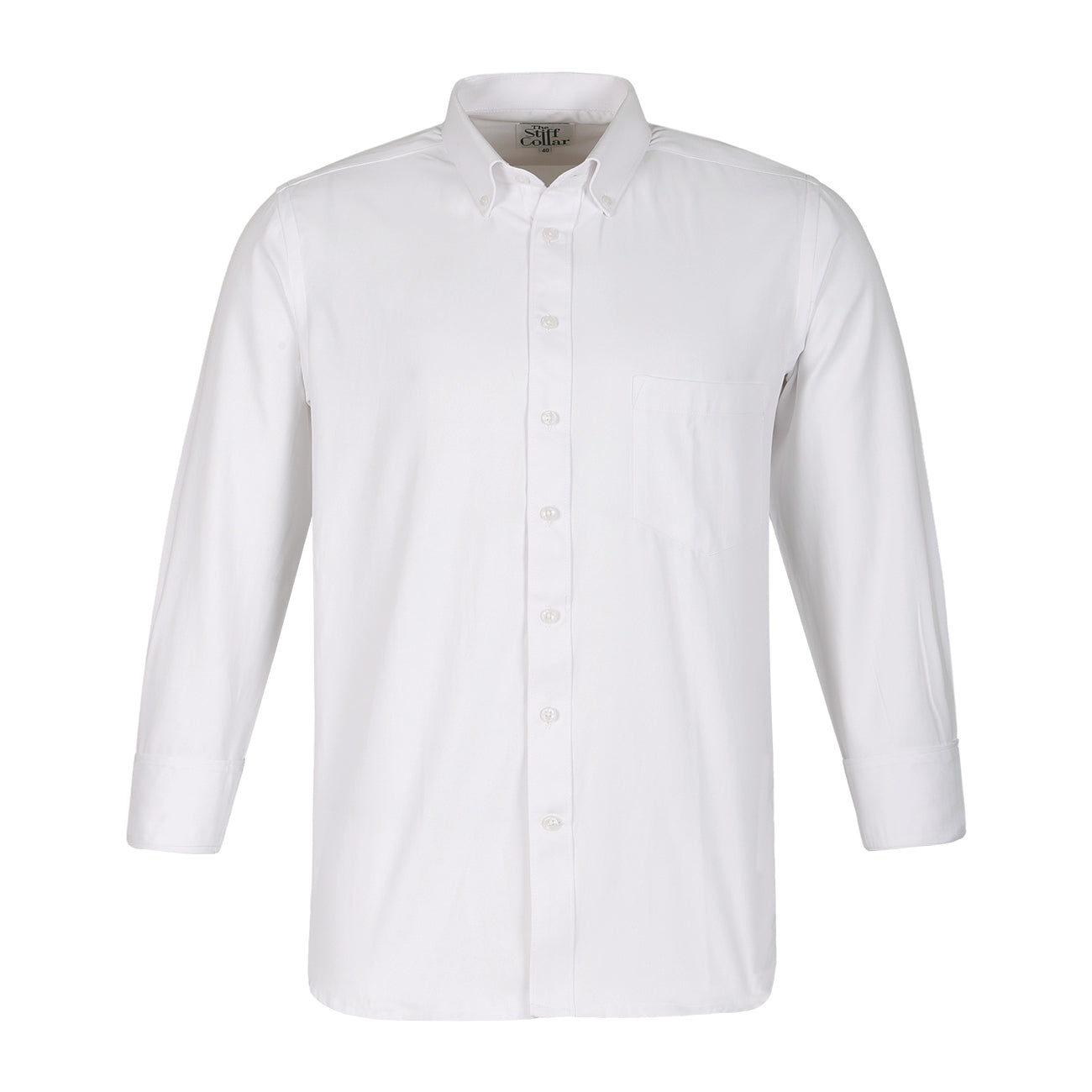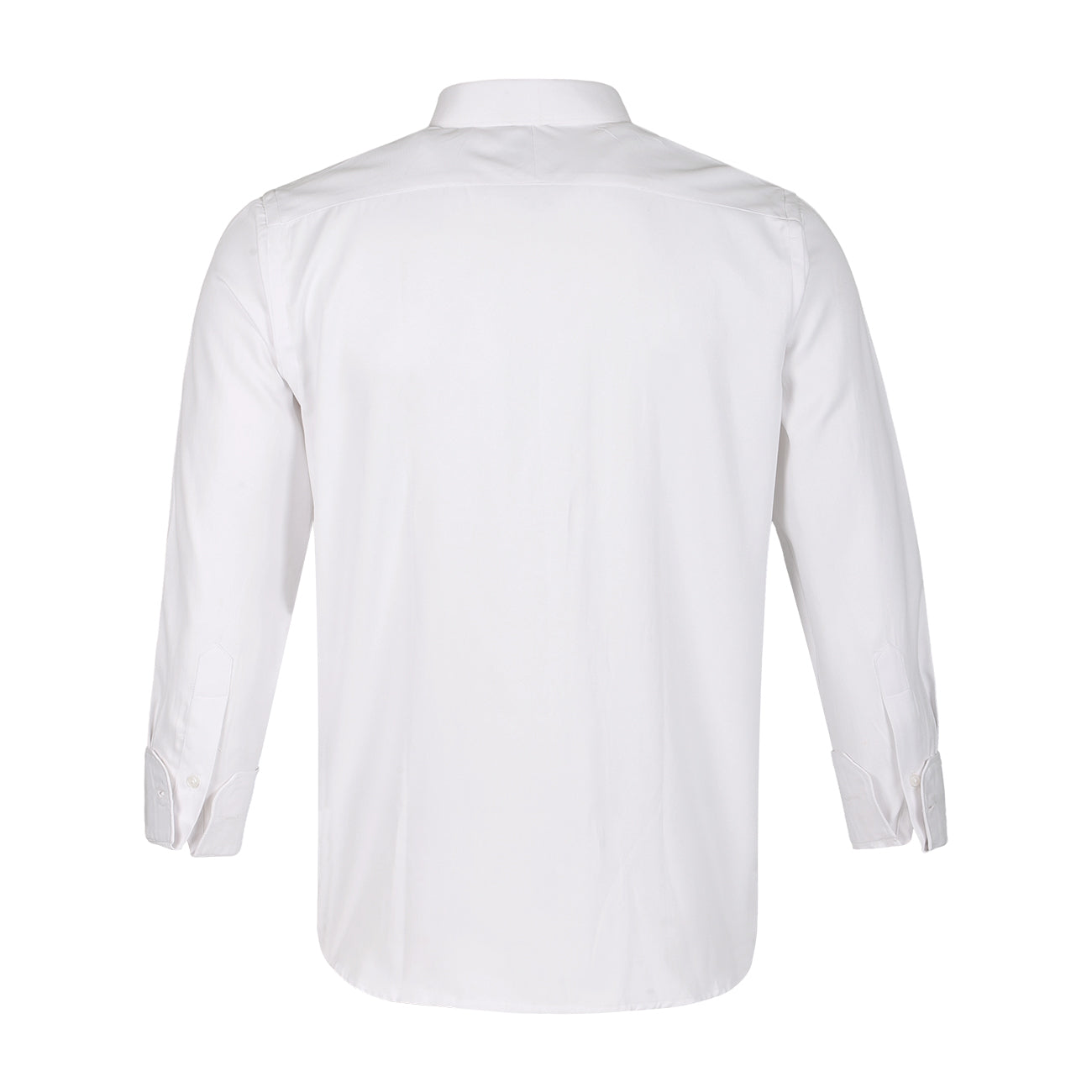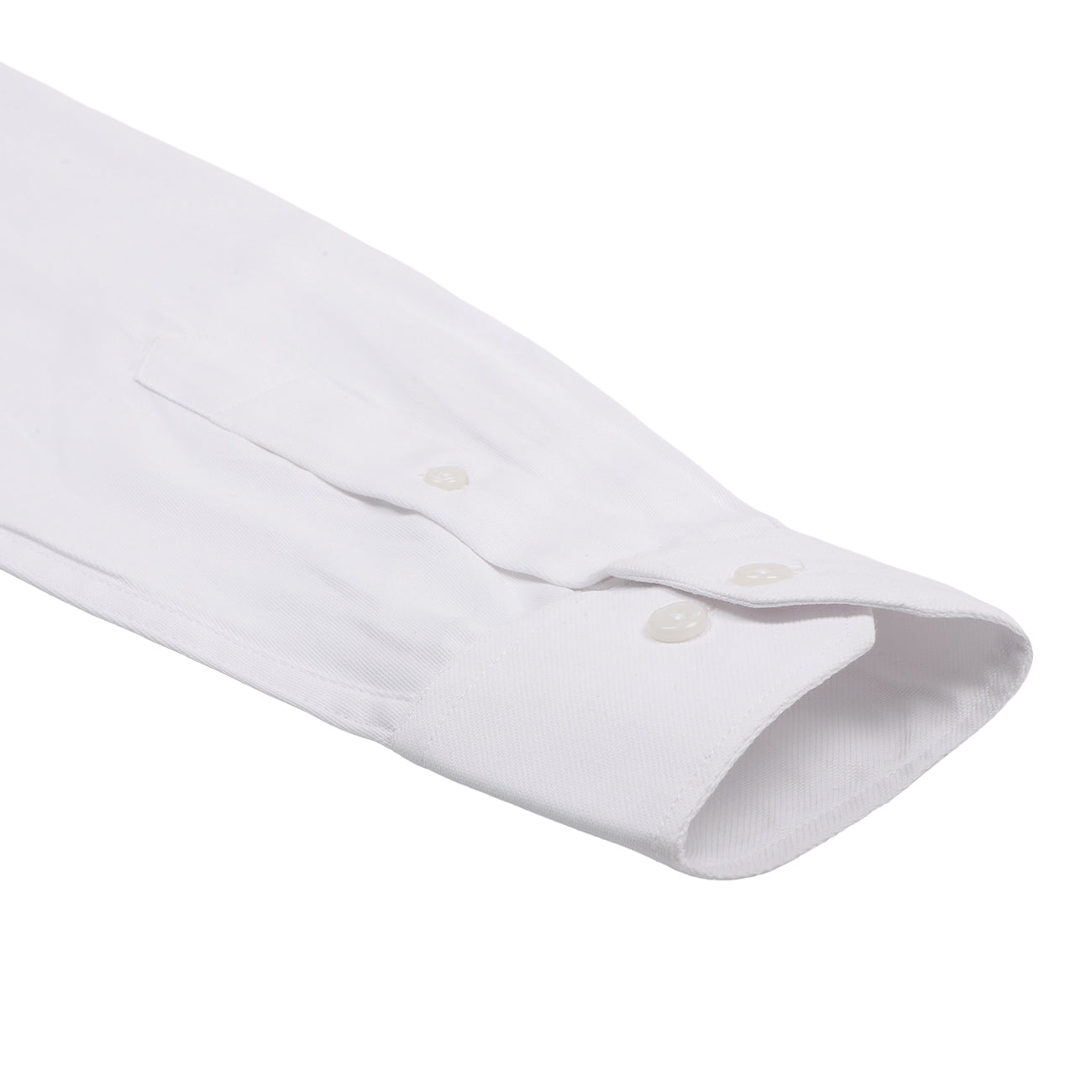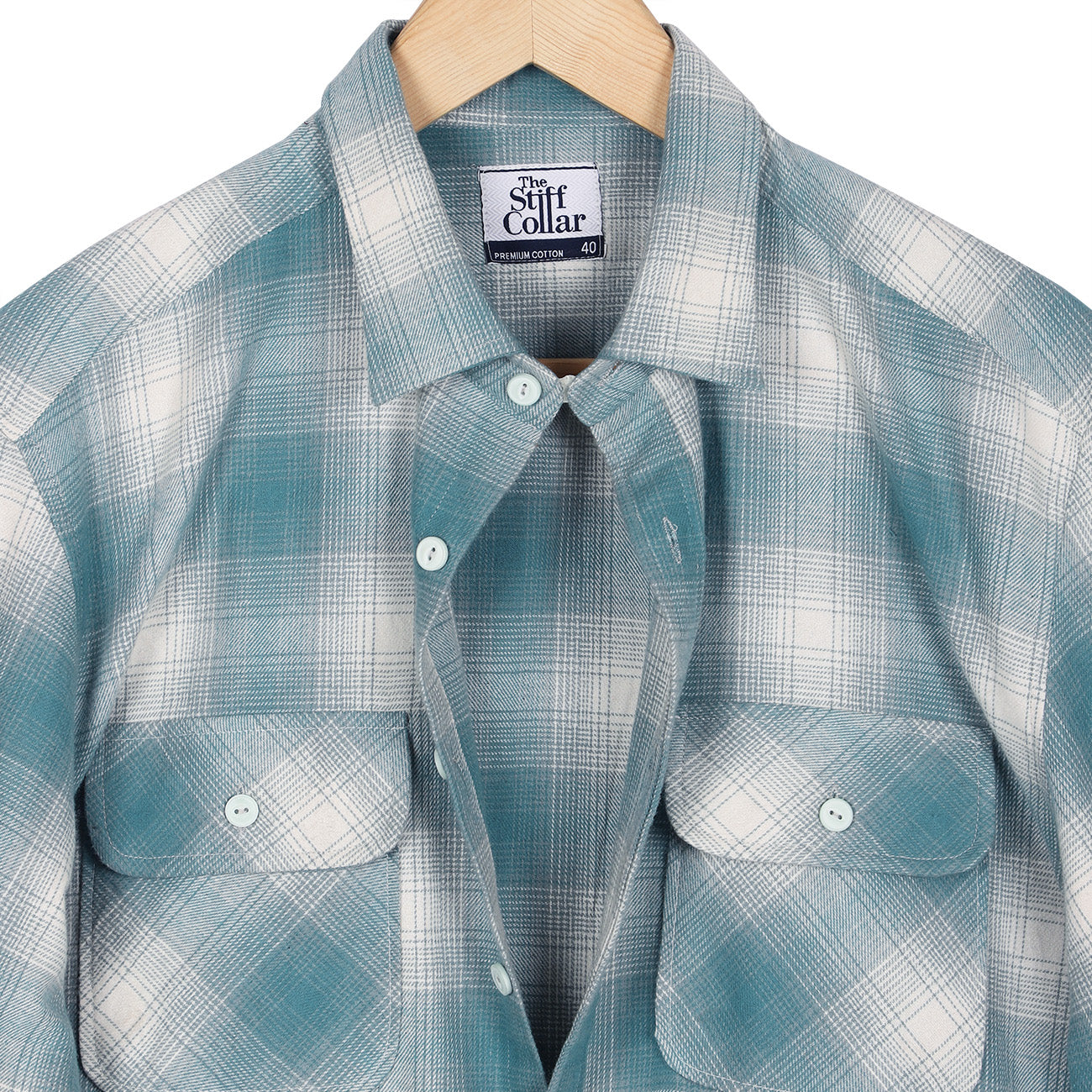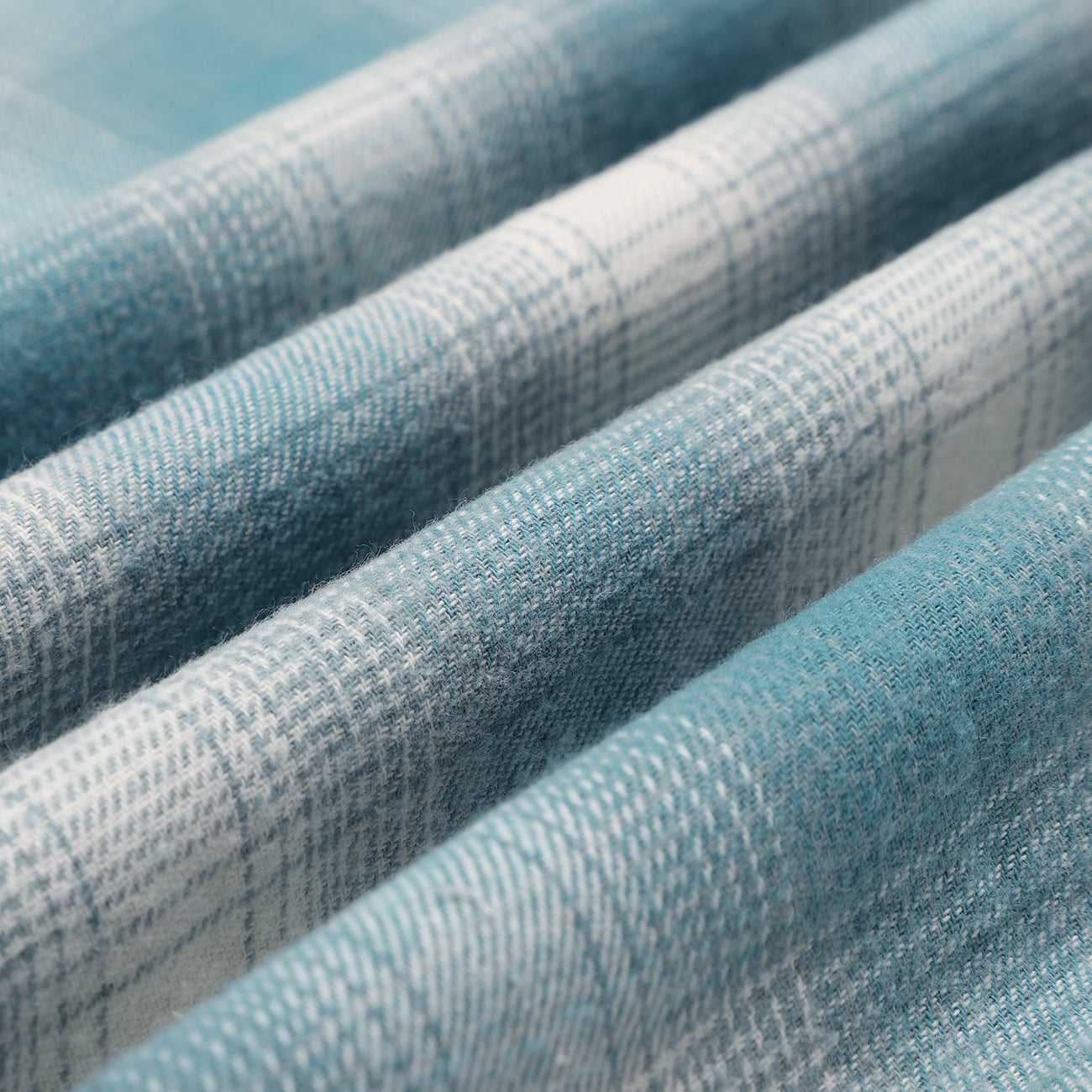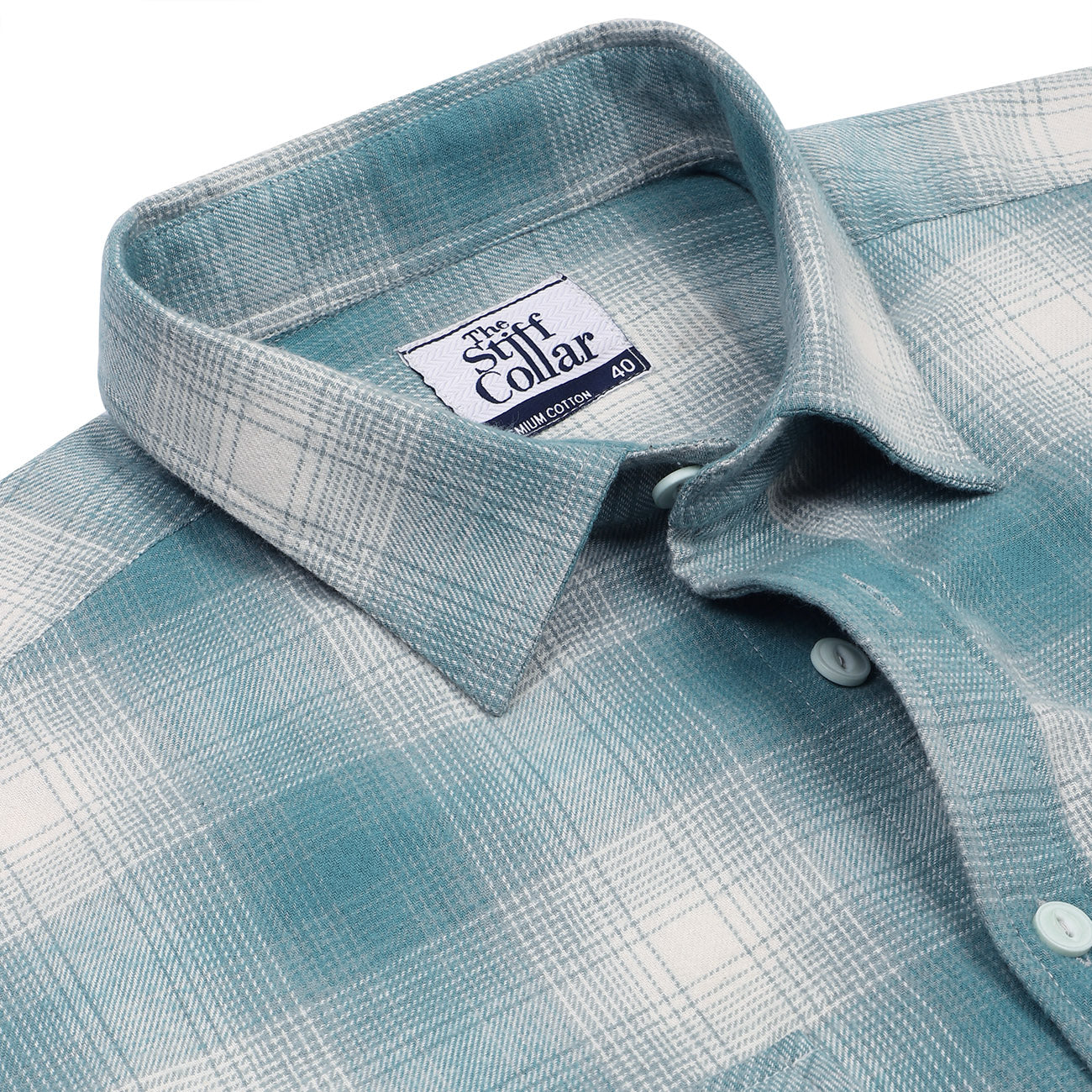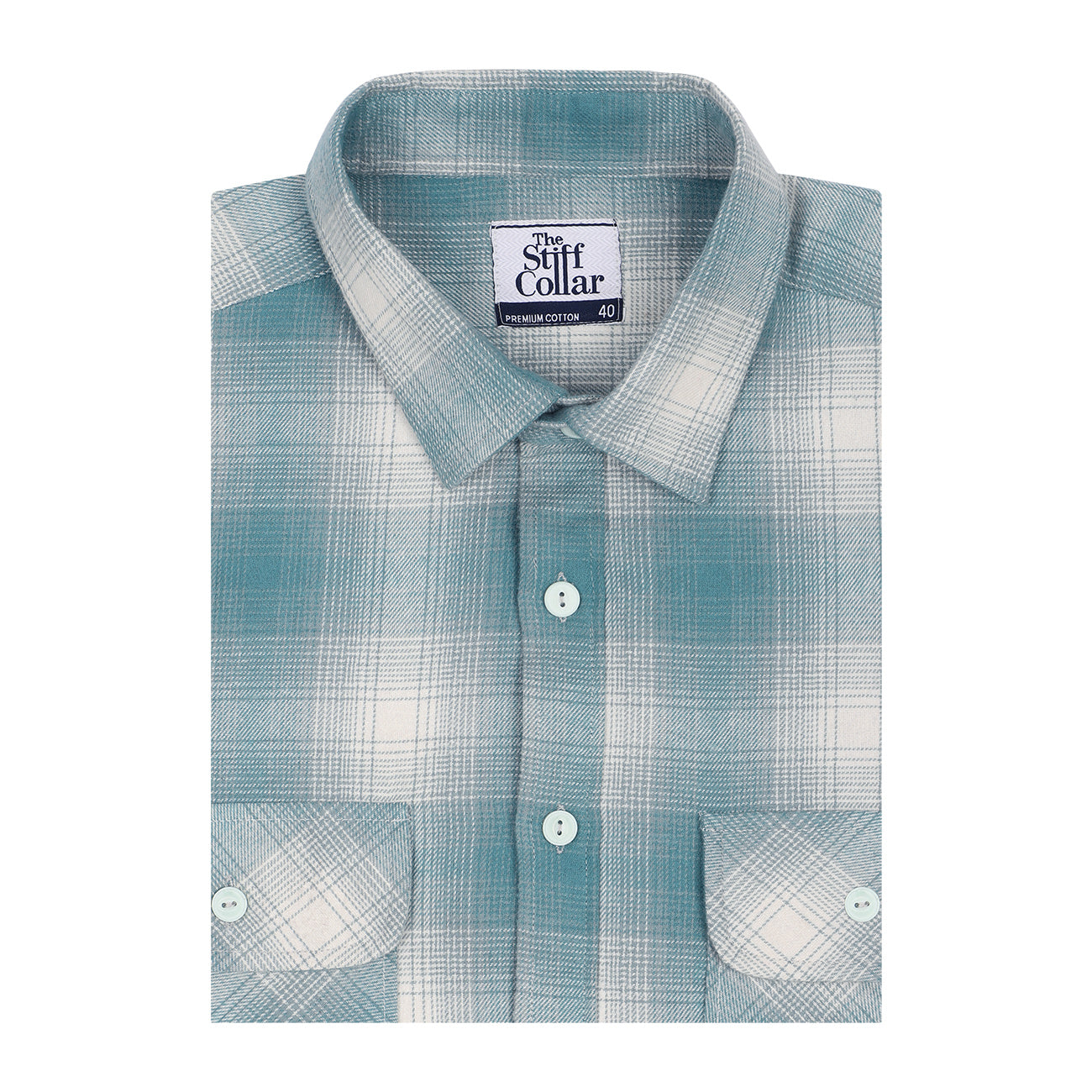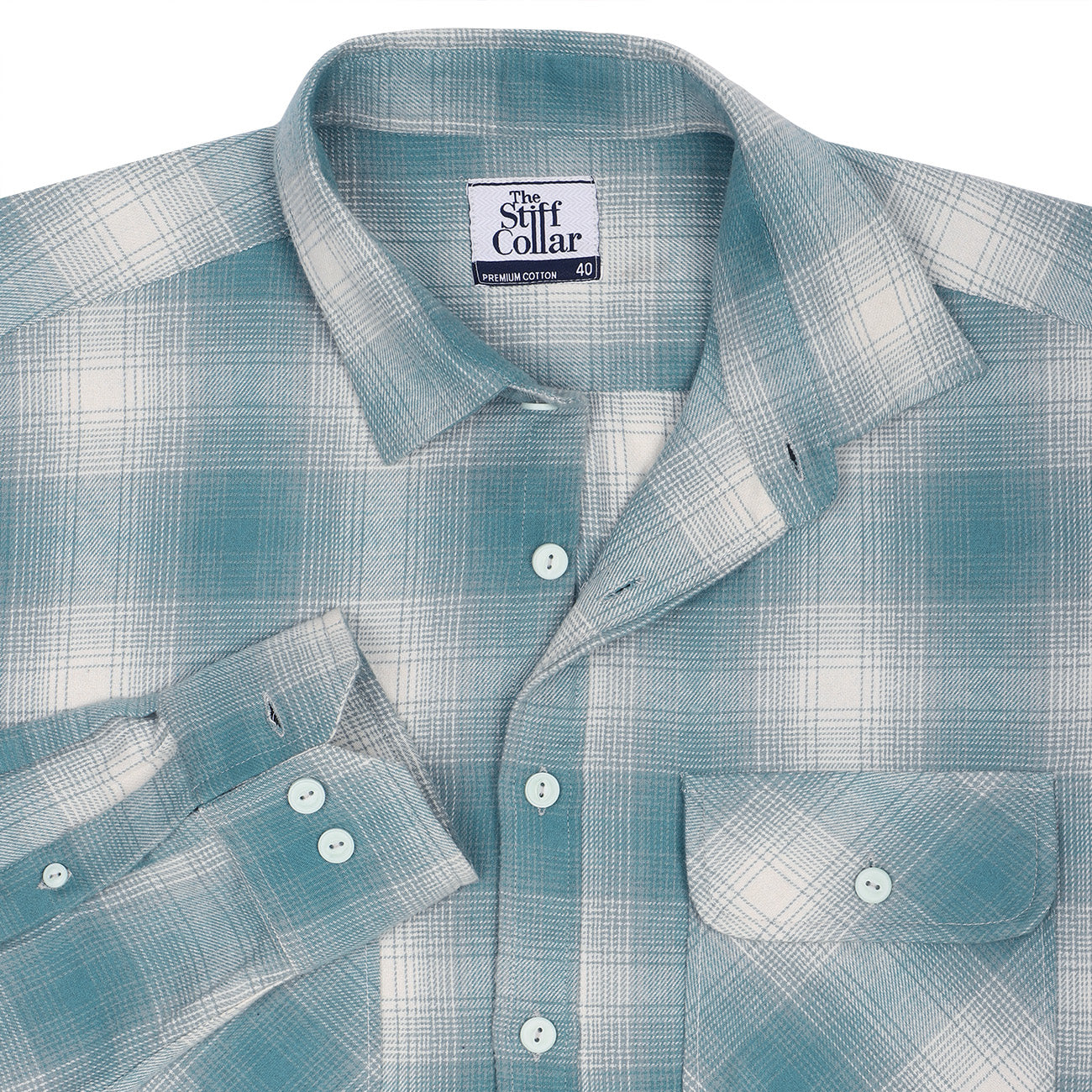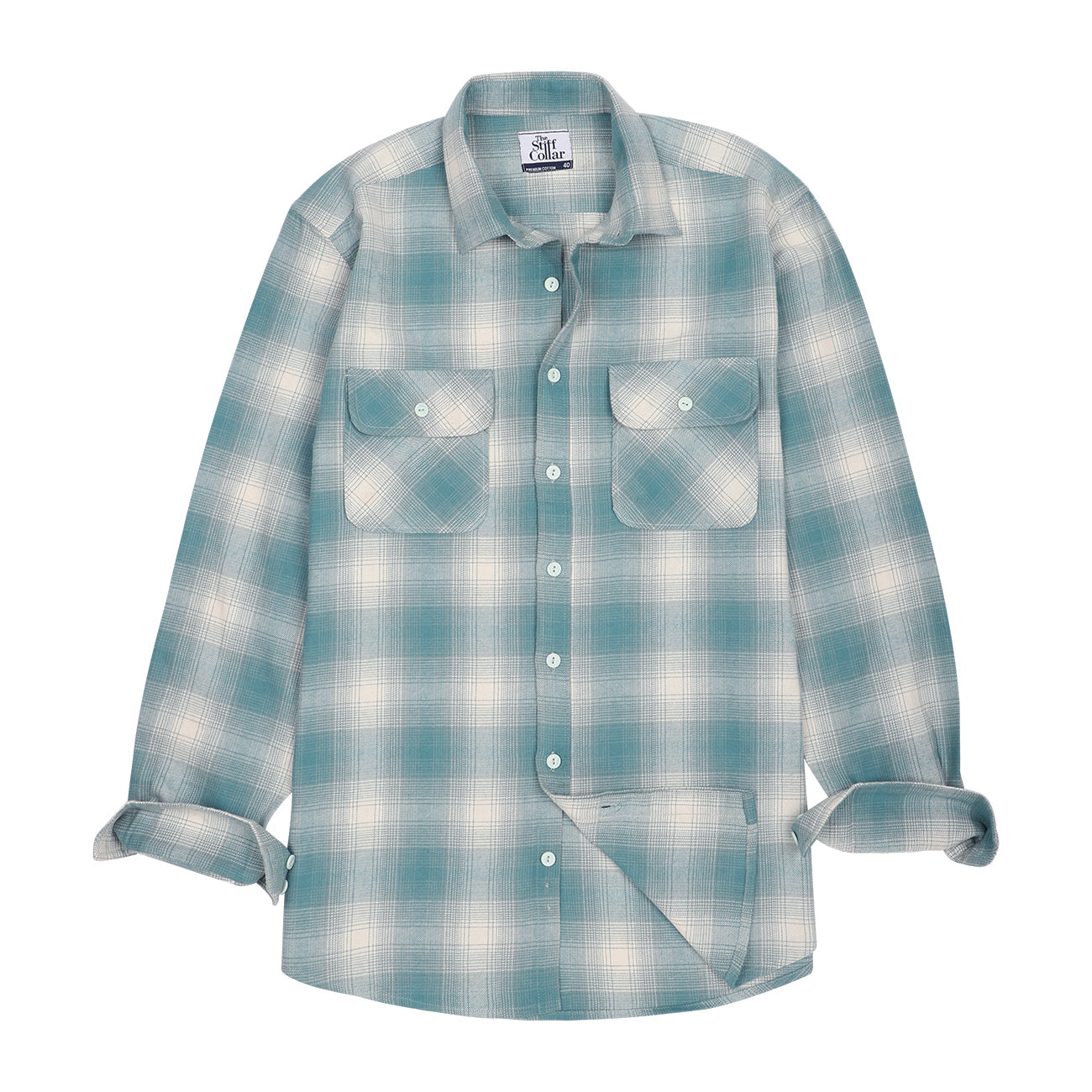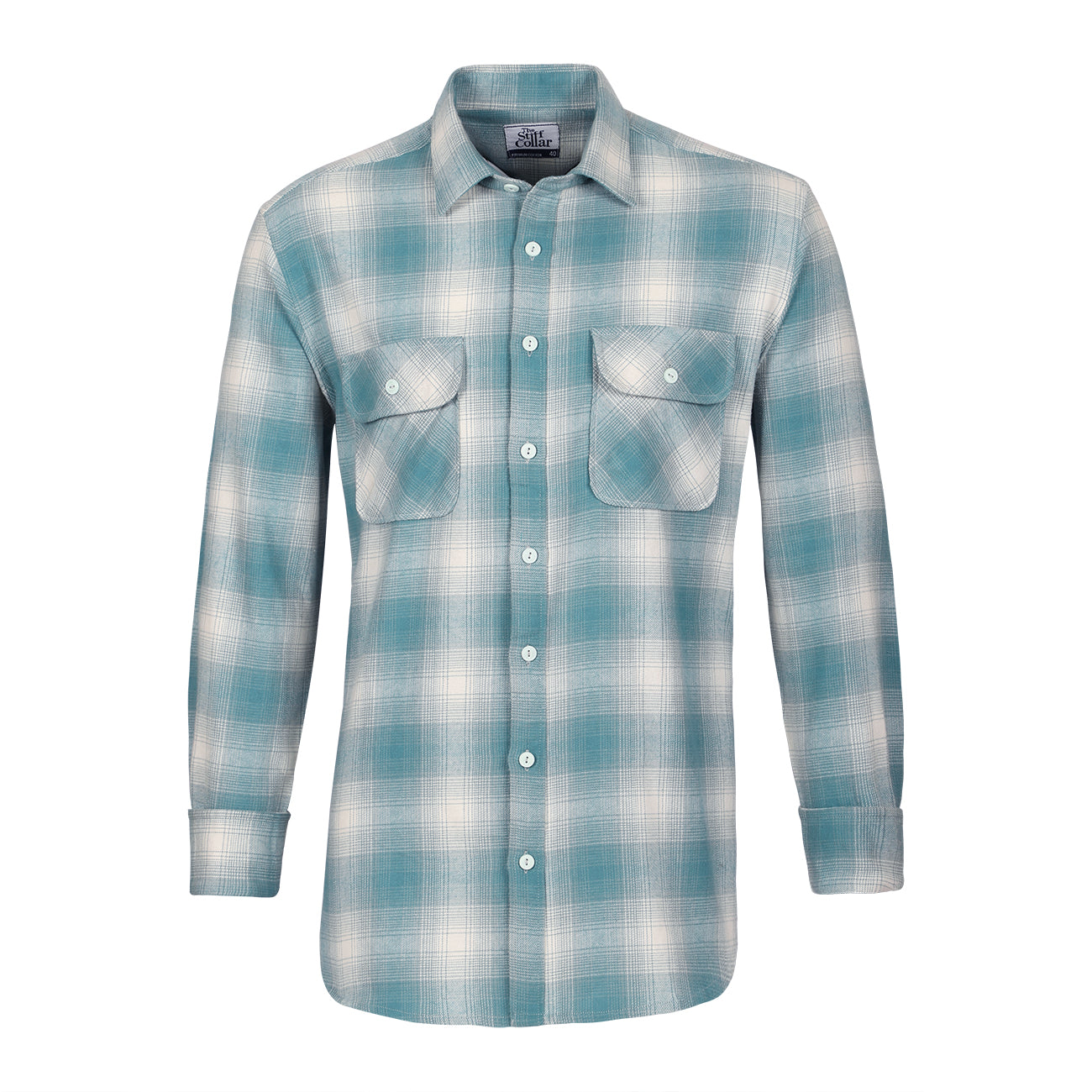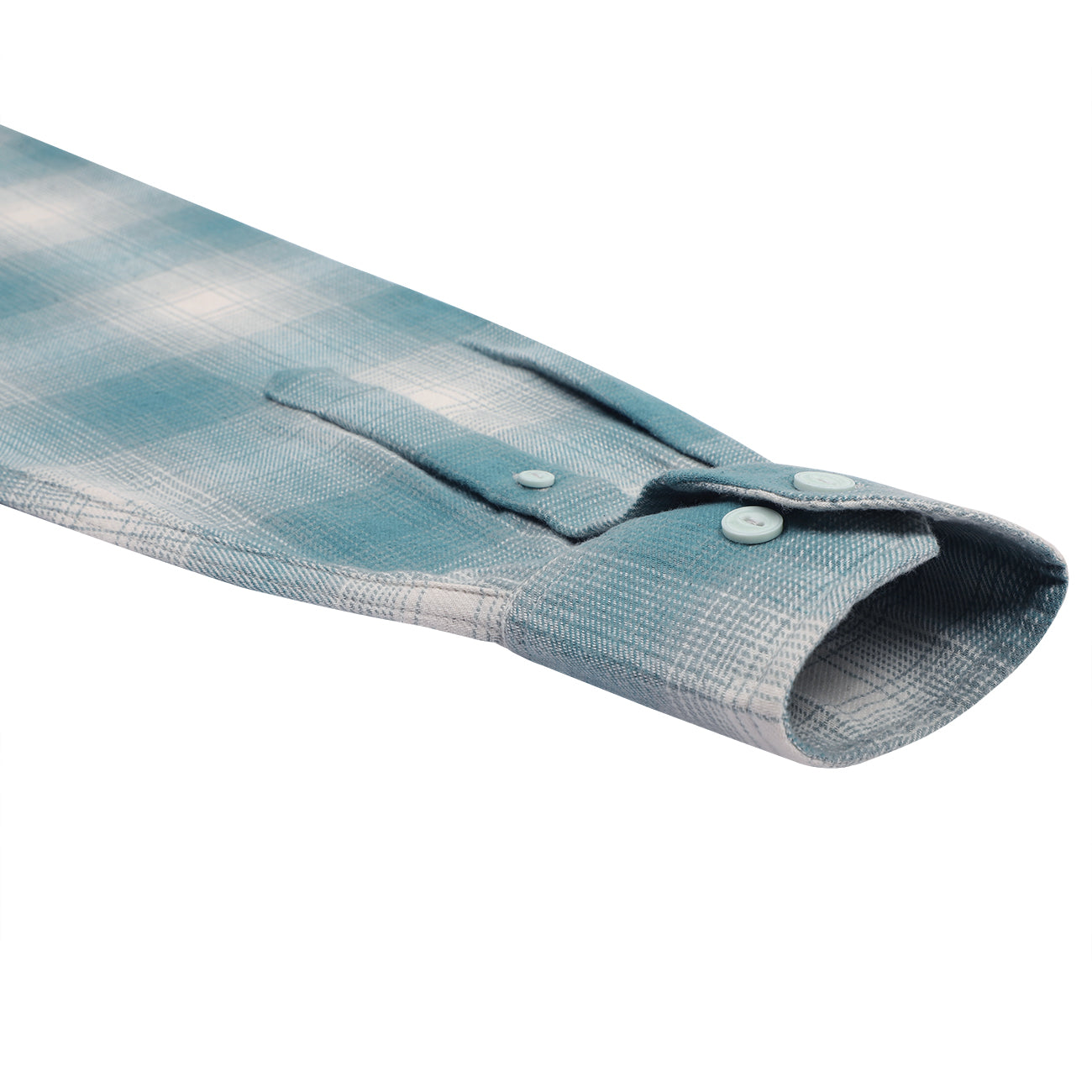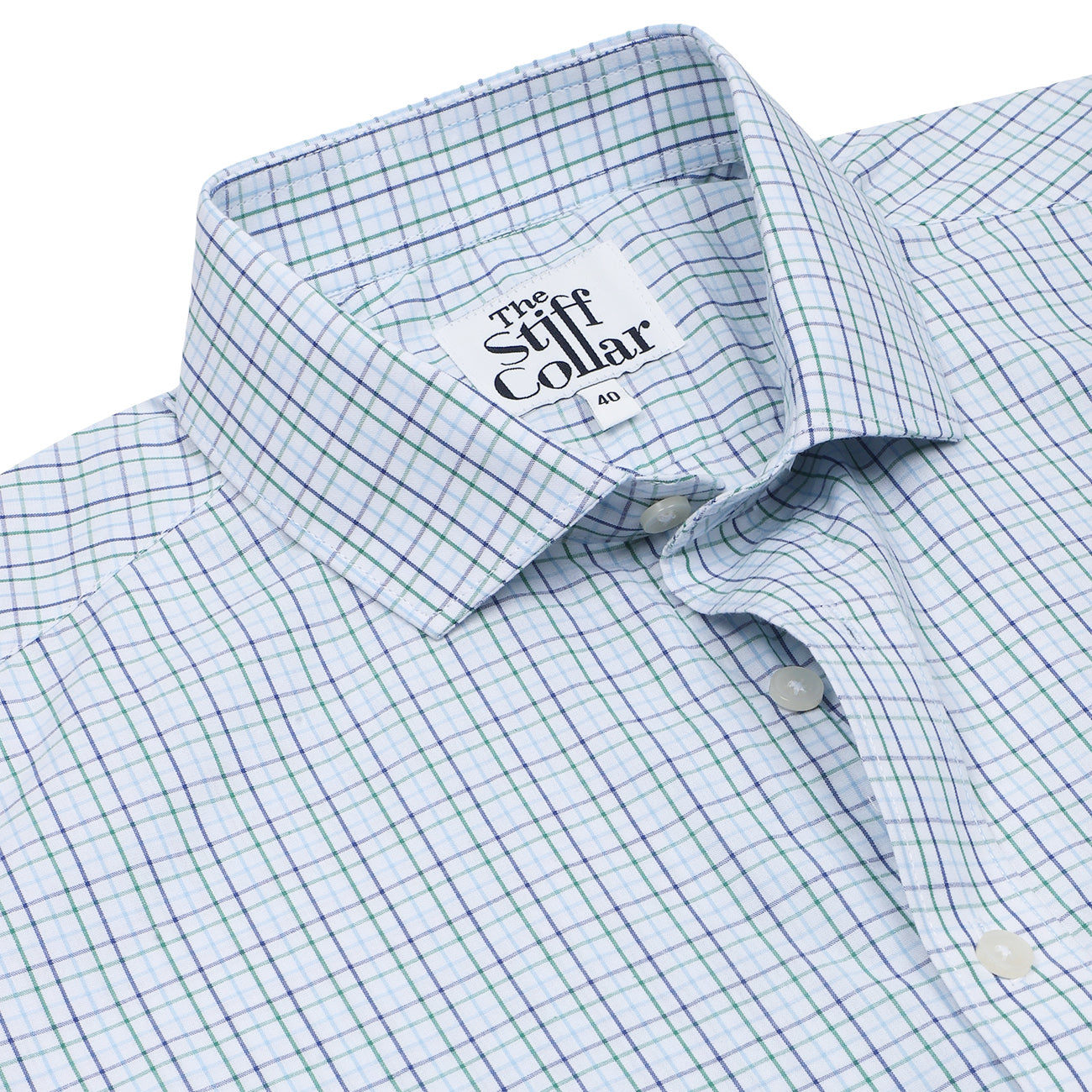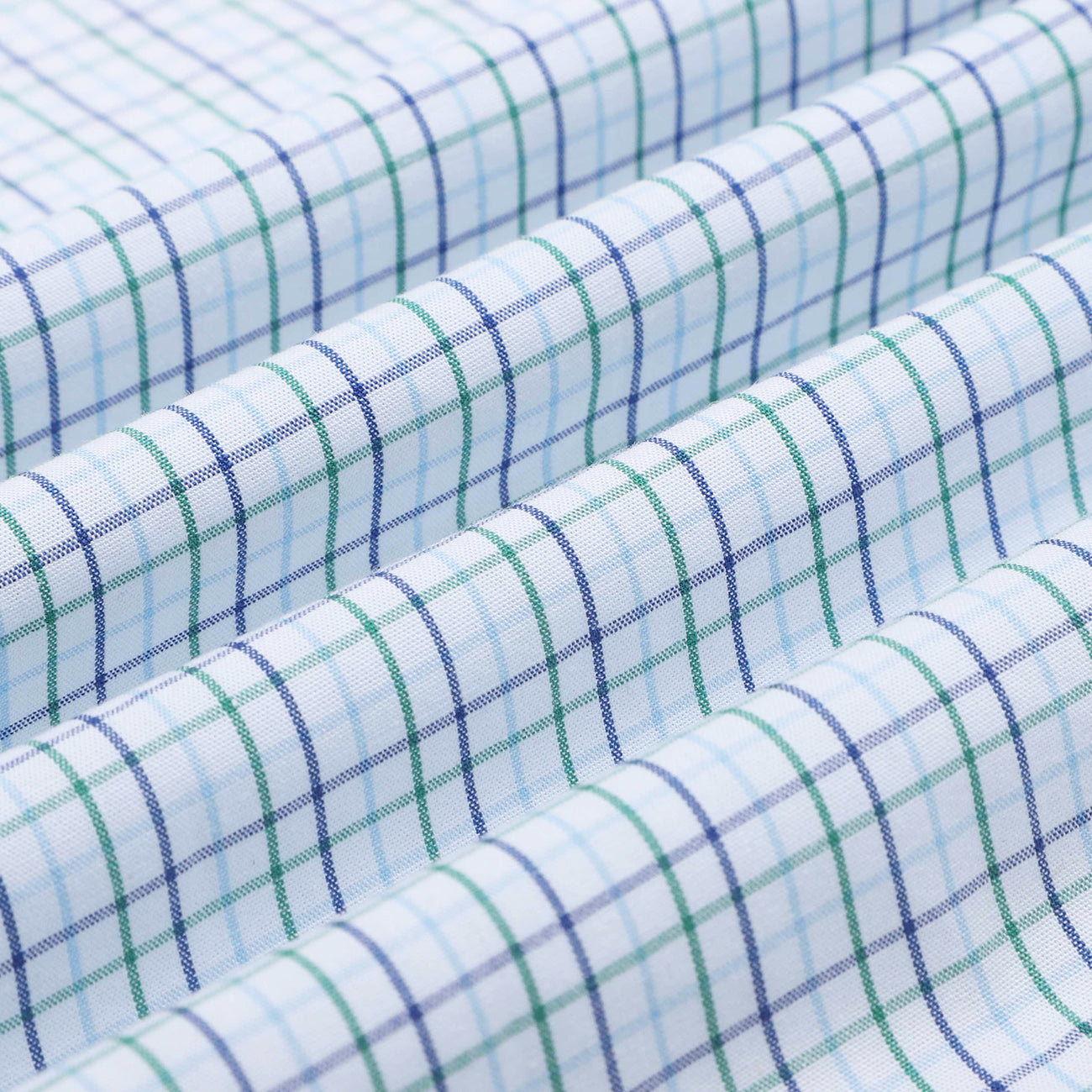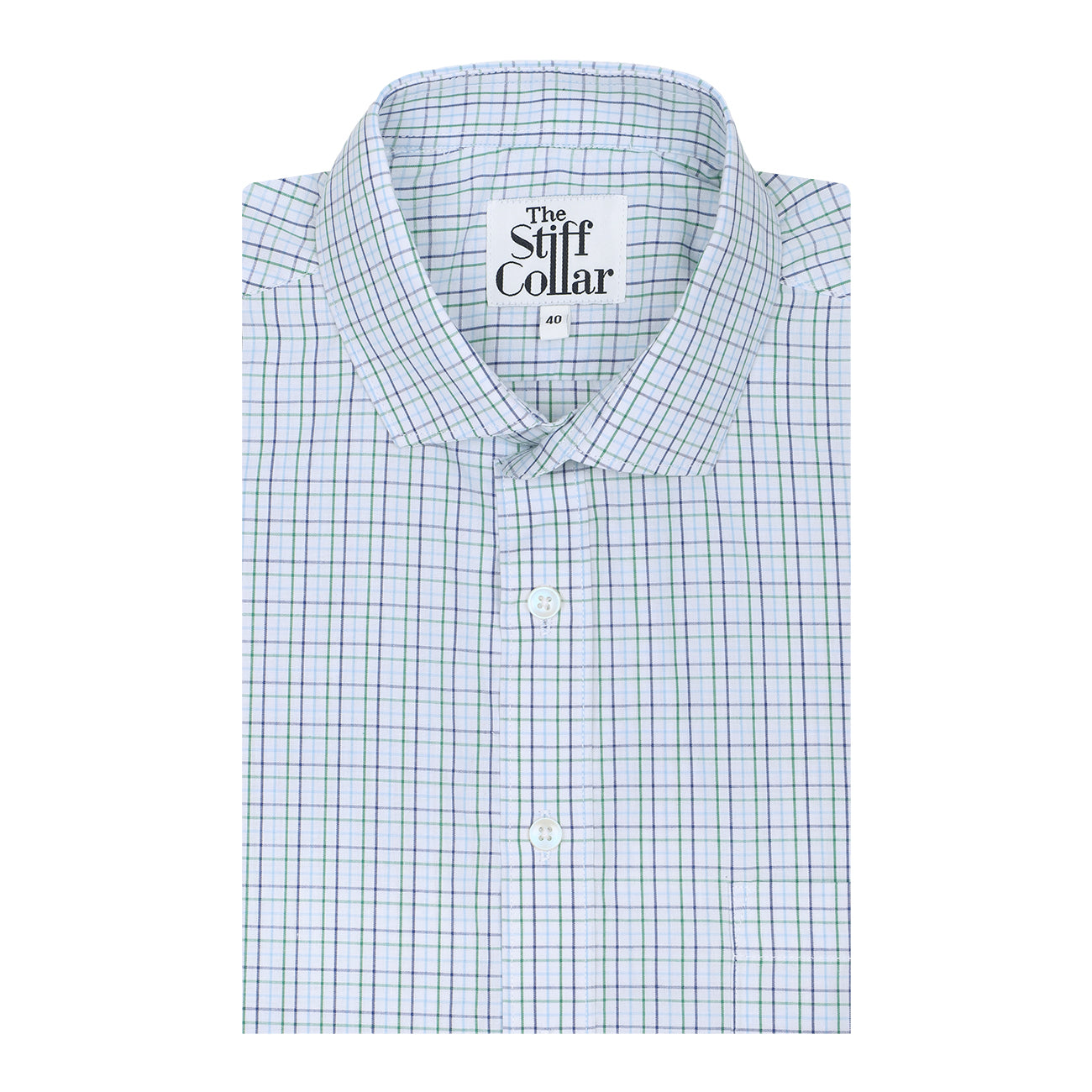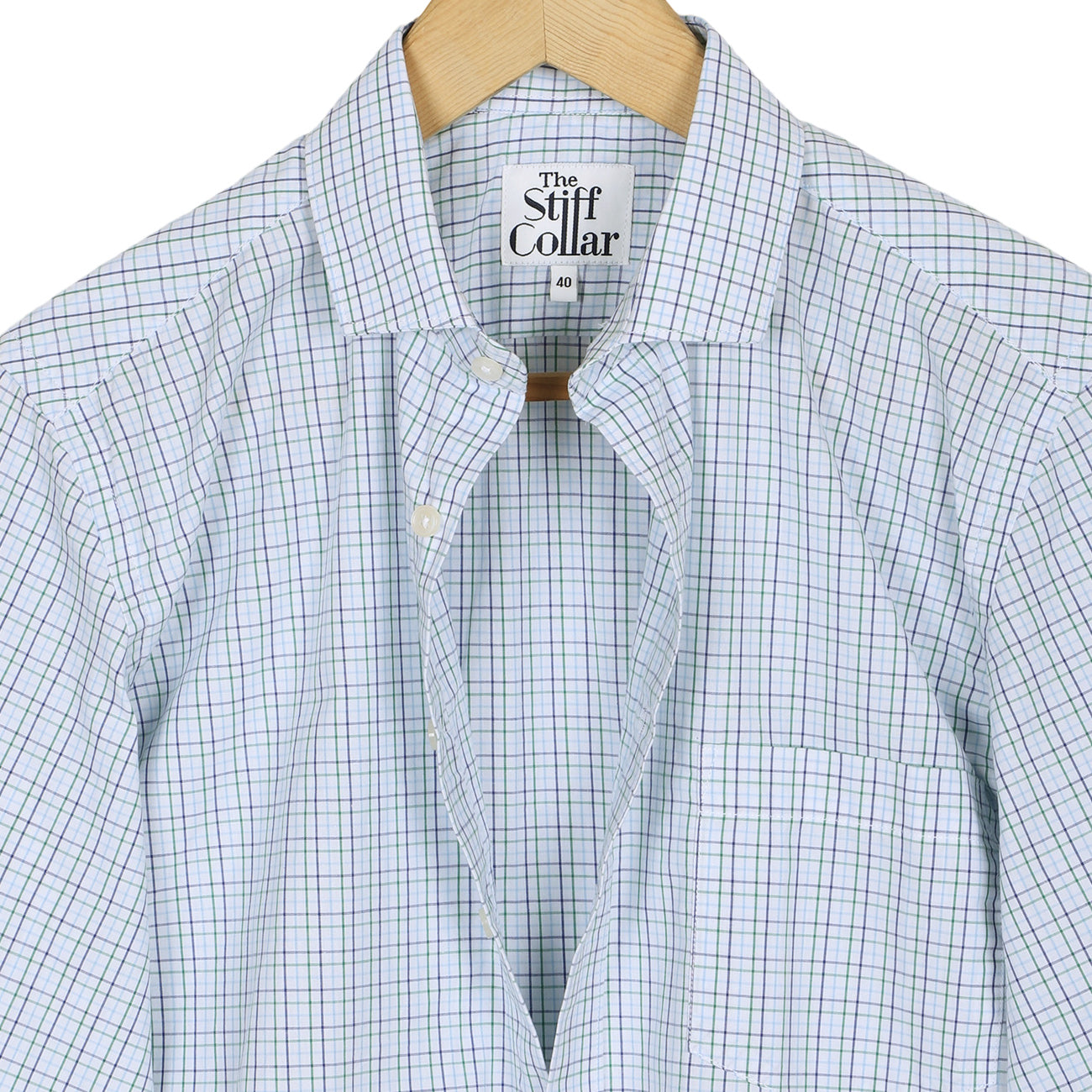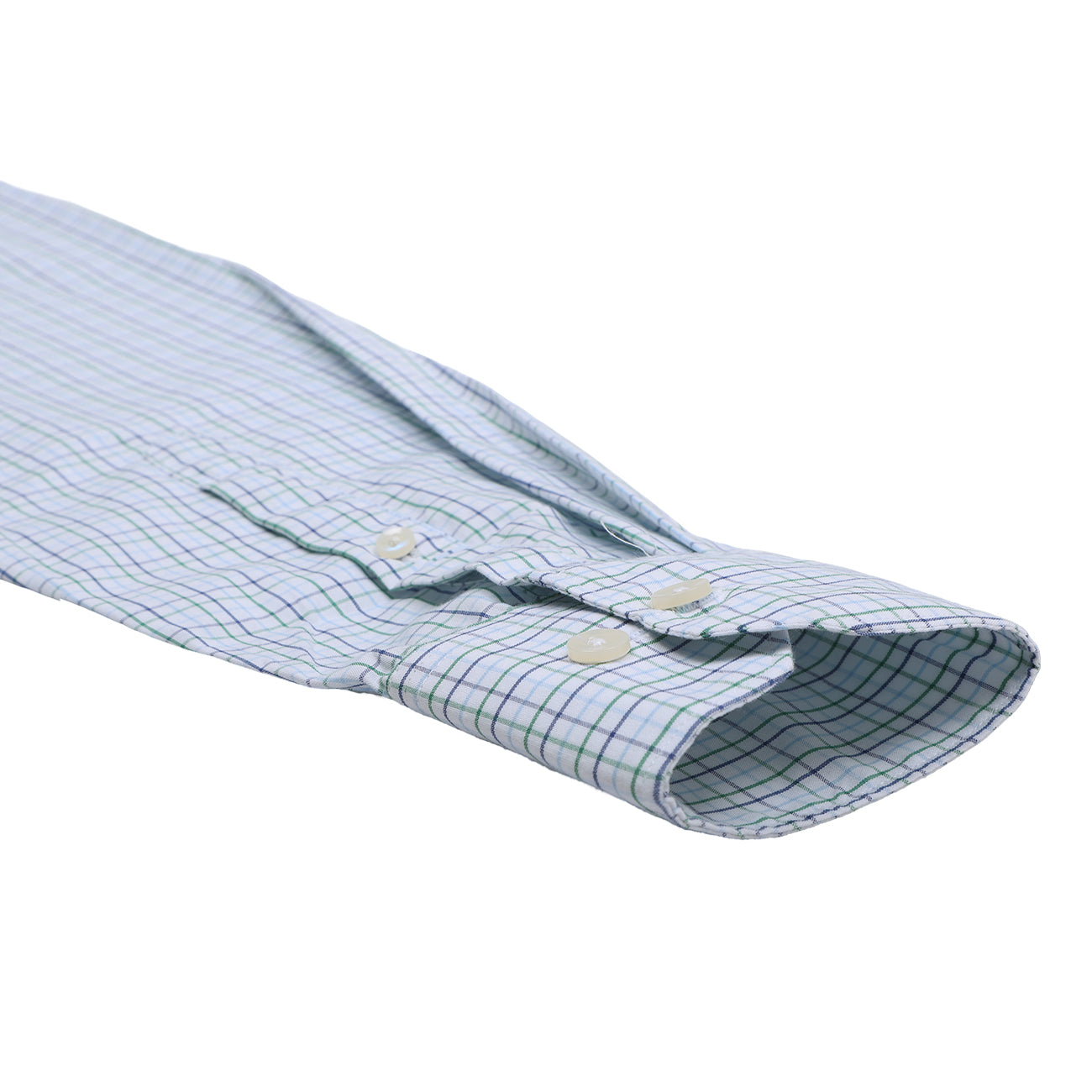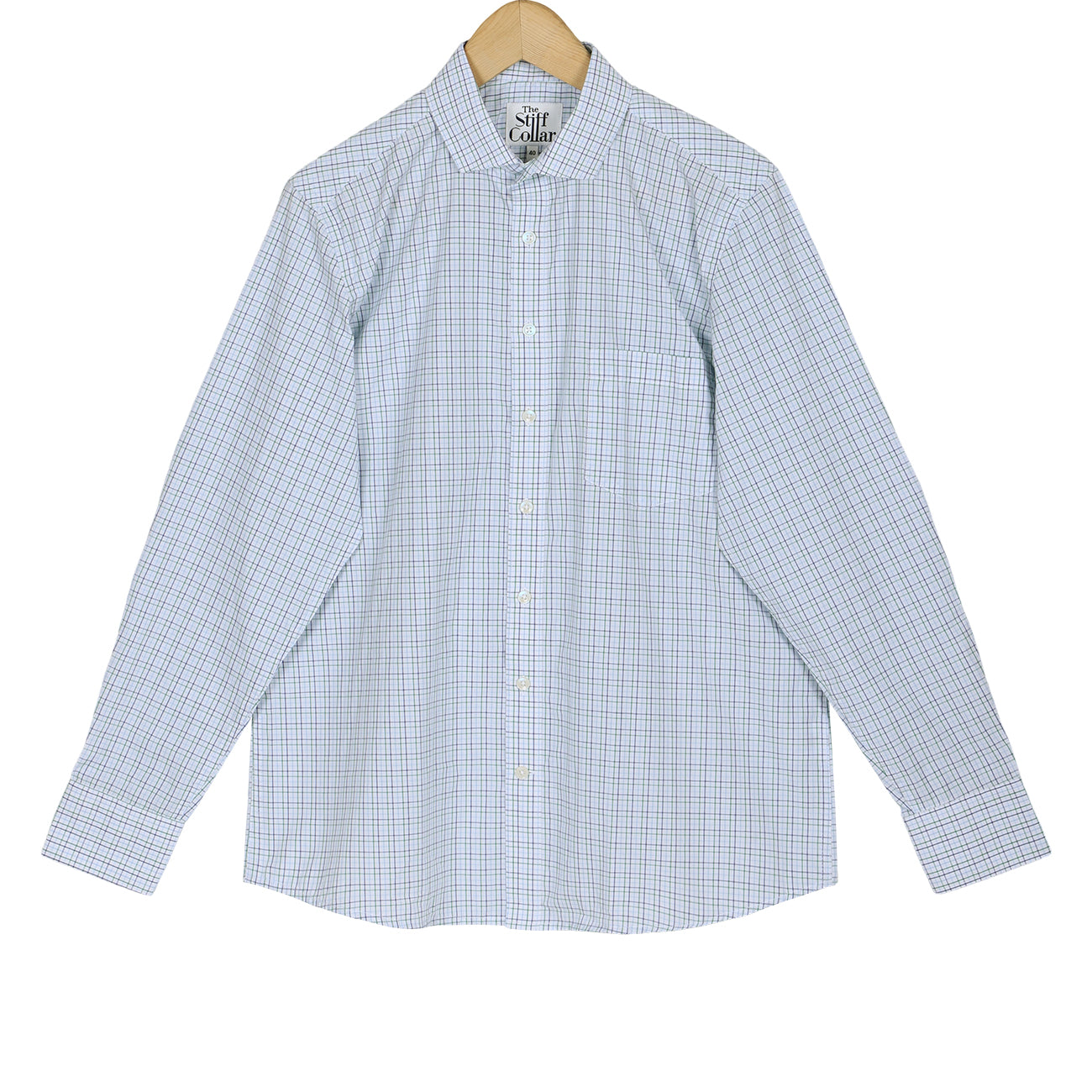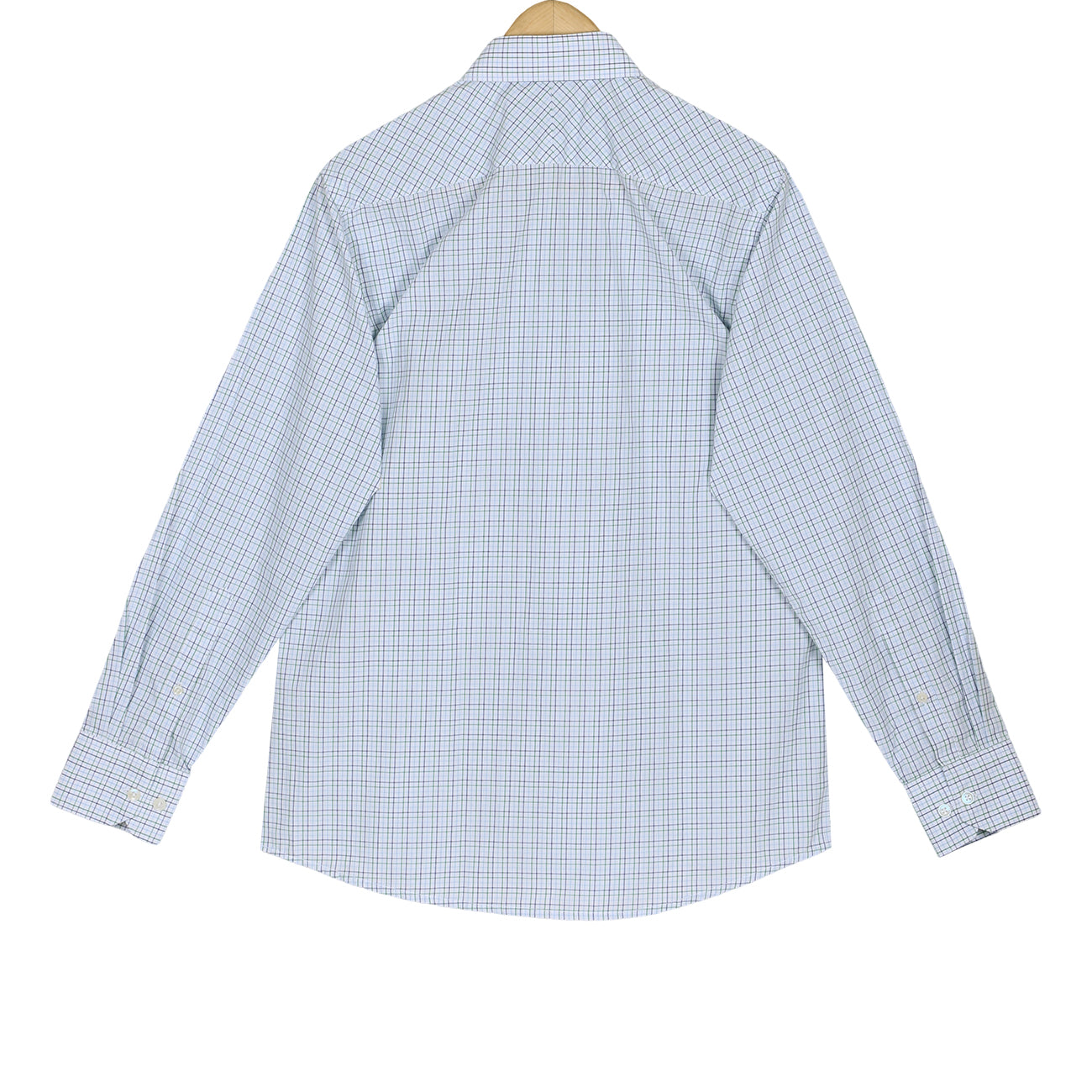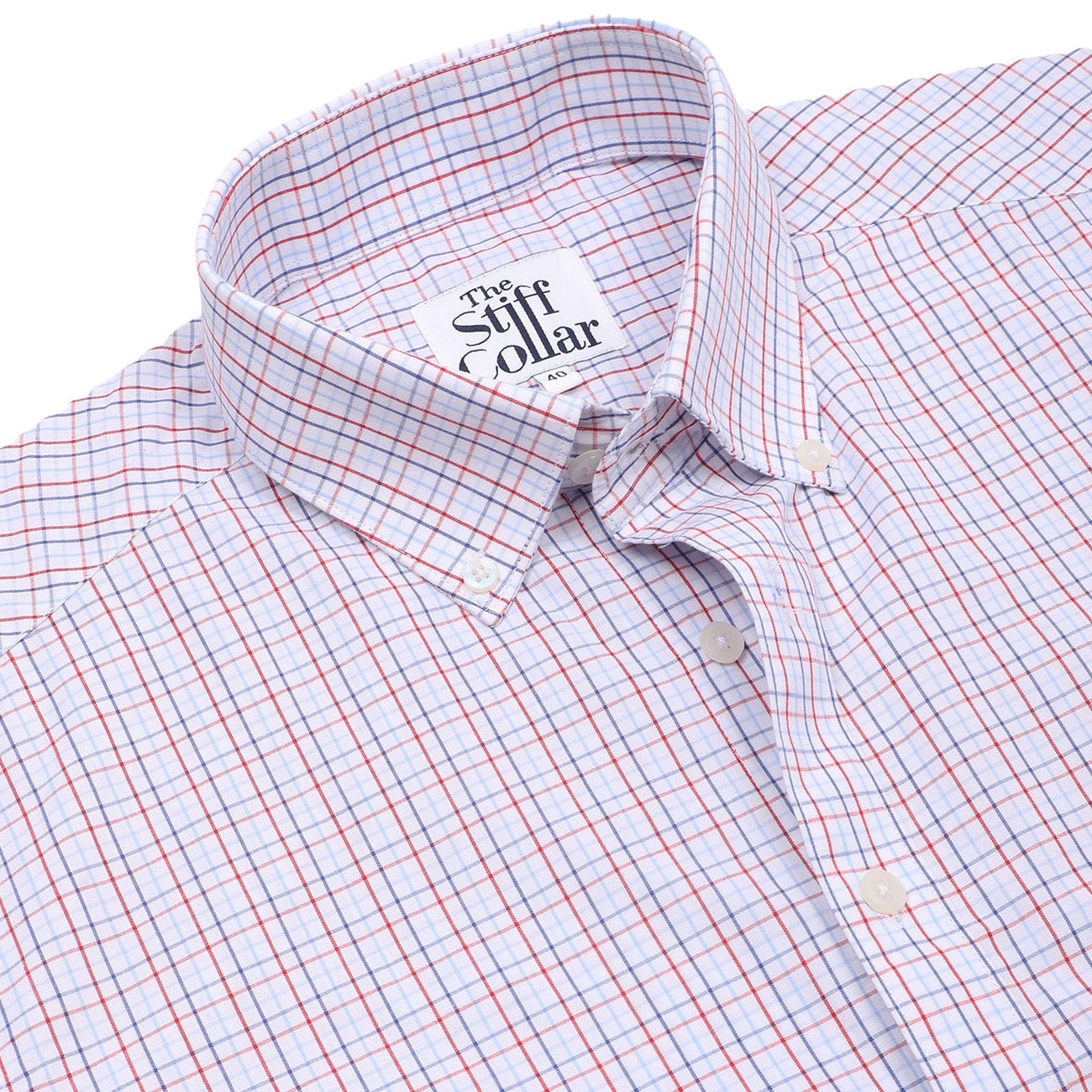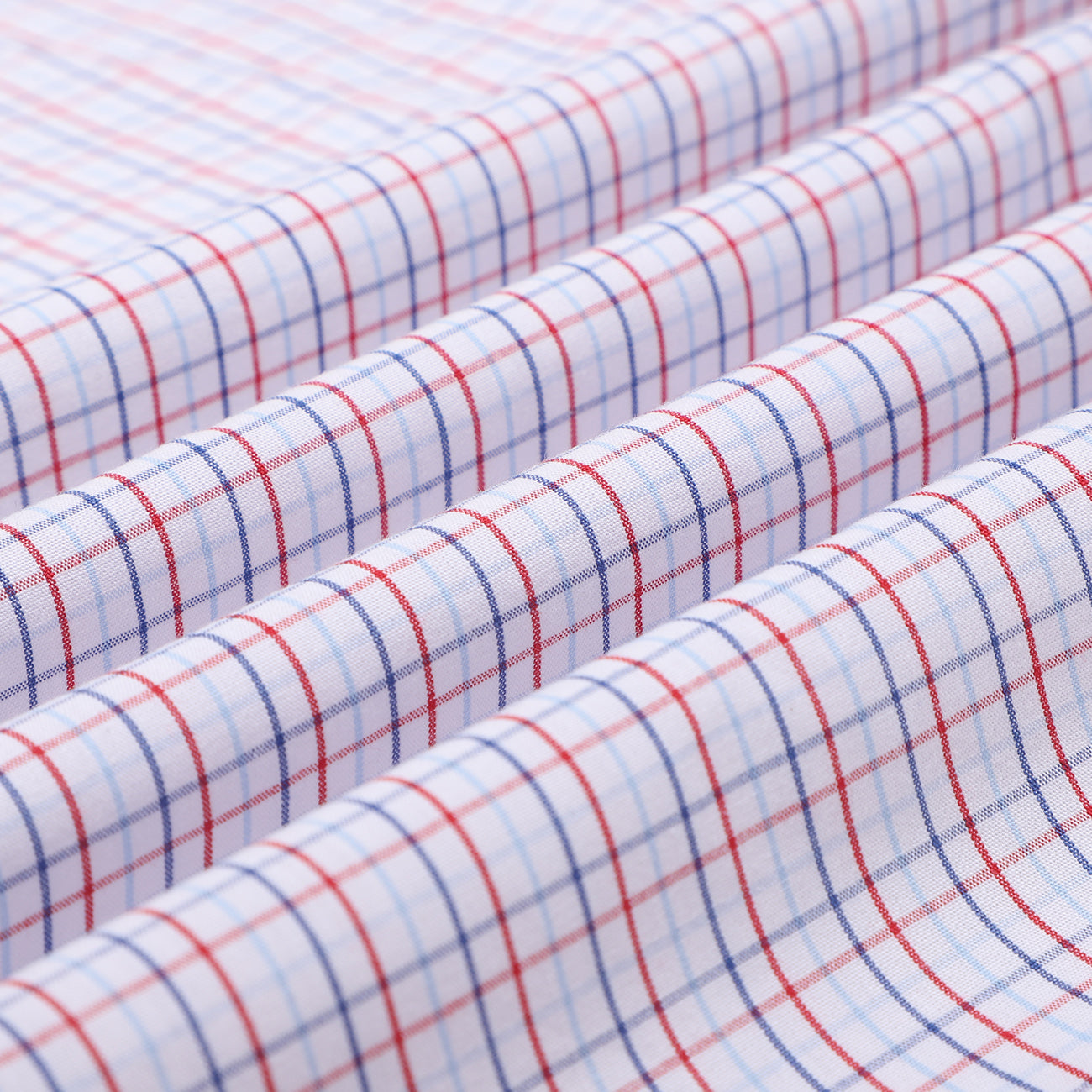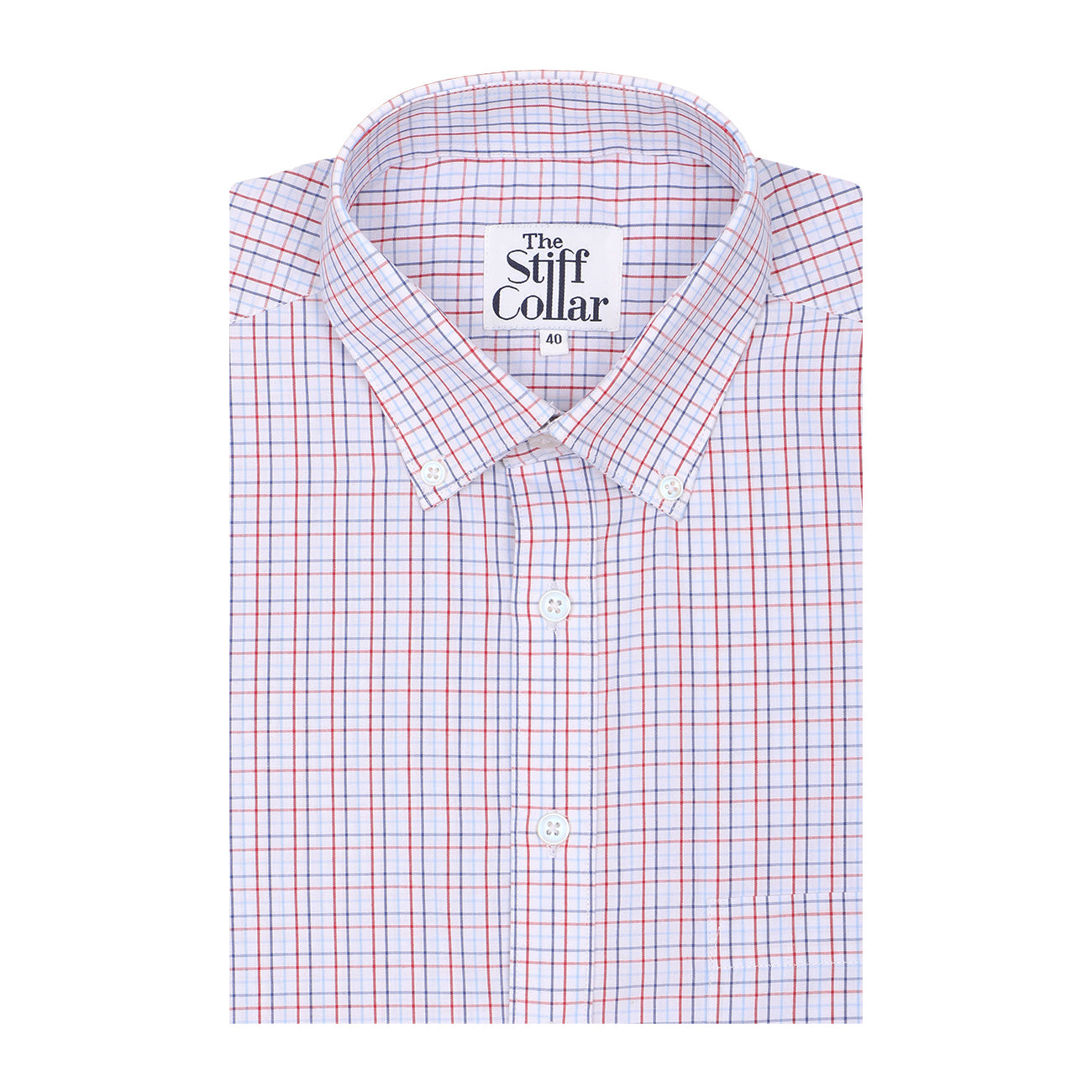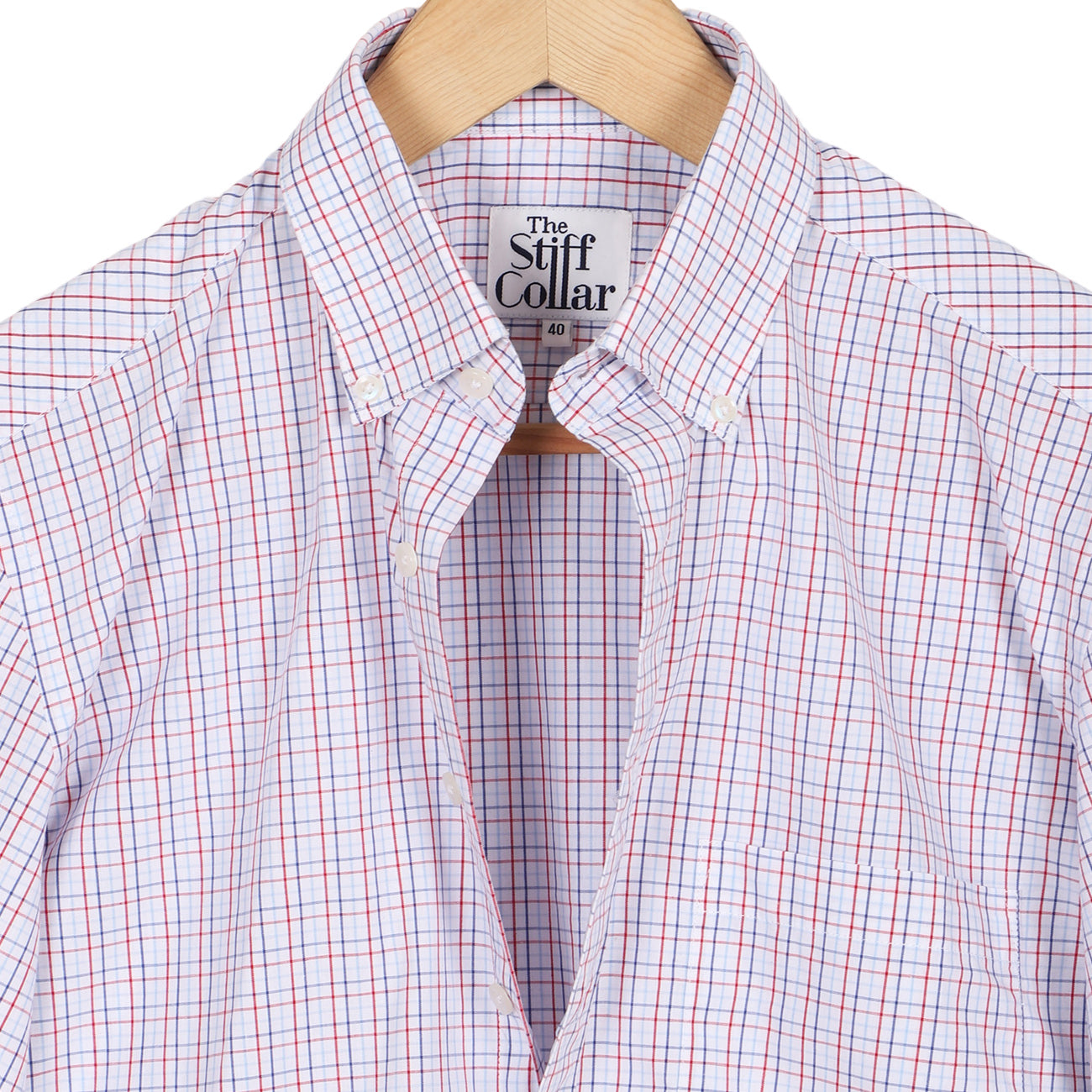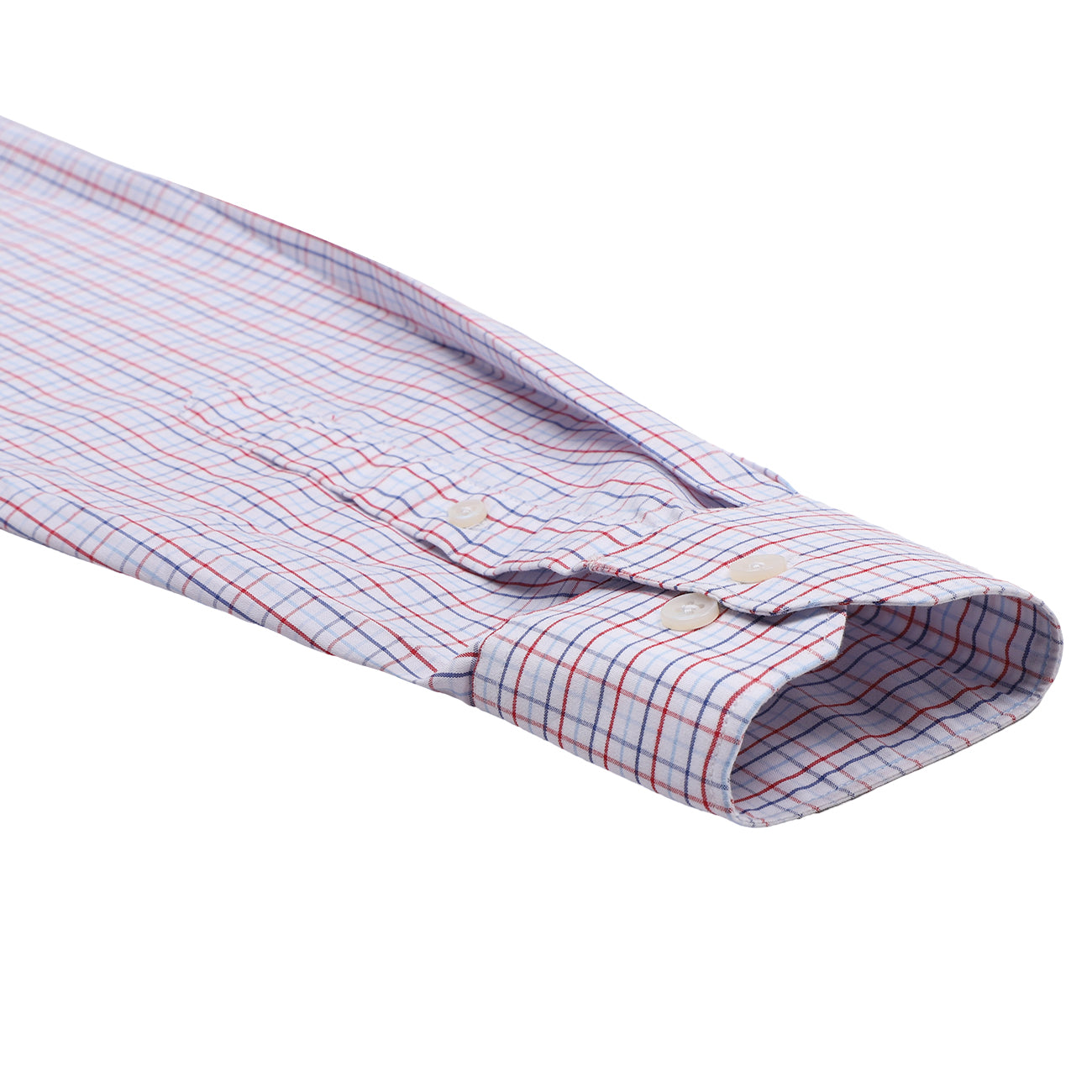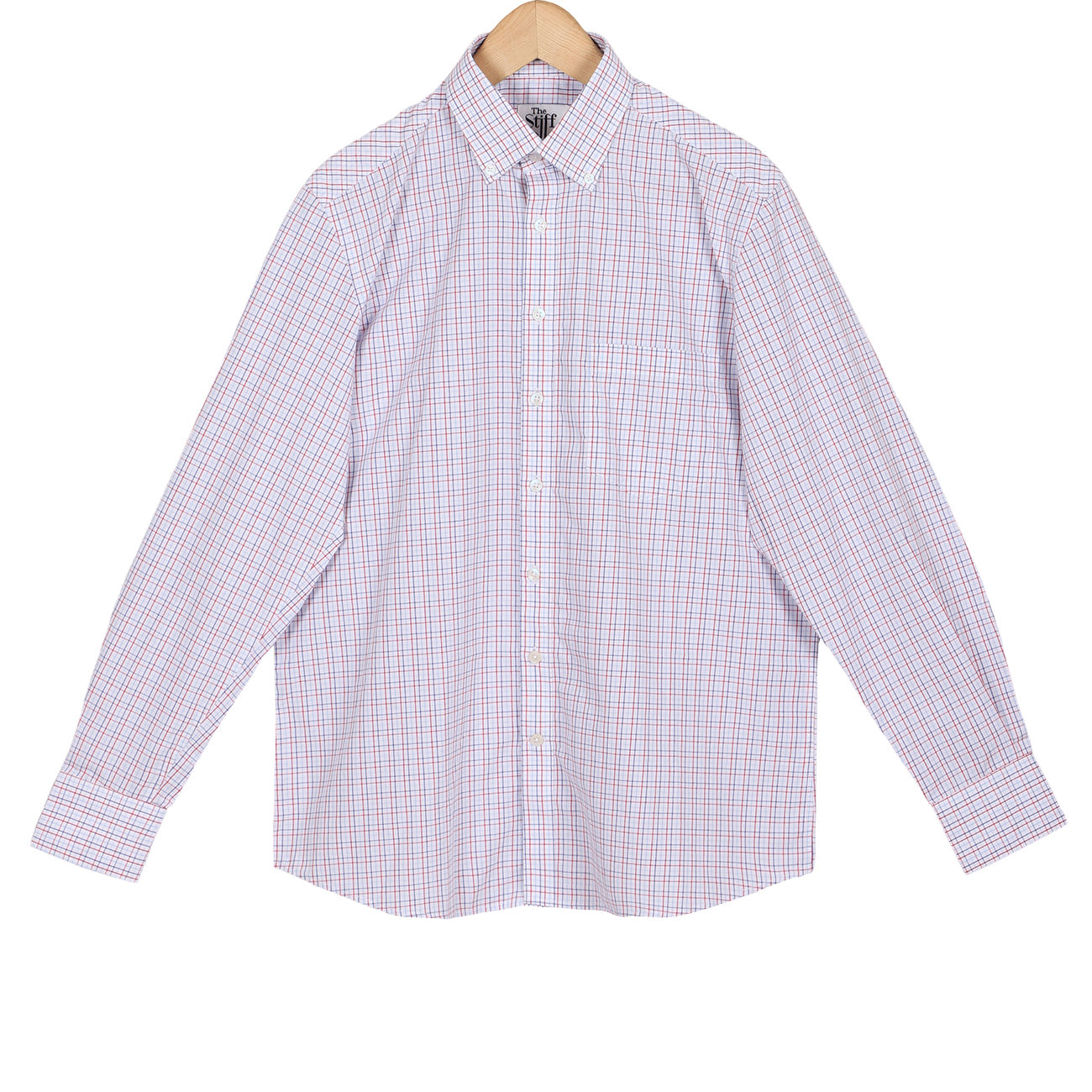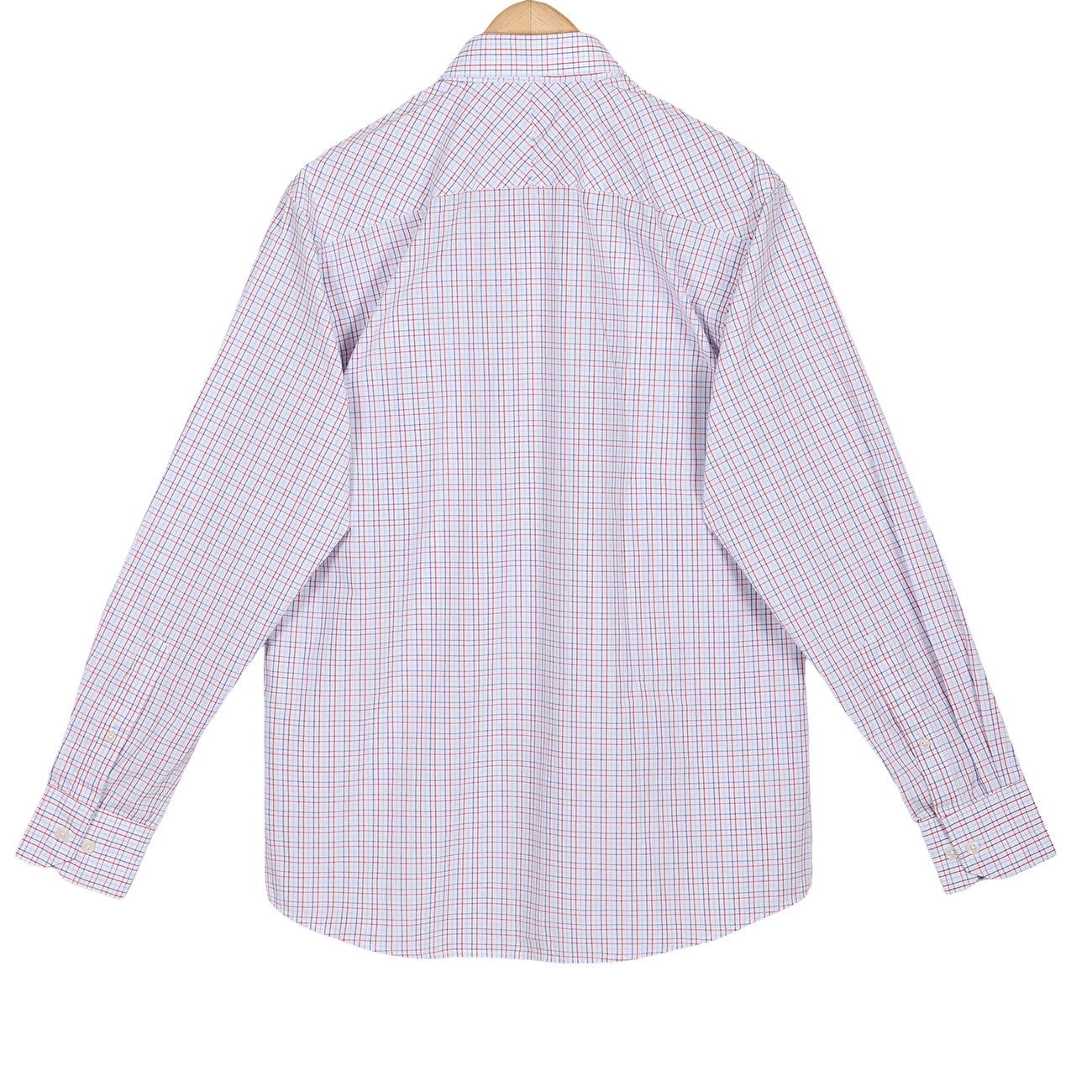Houndstooth, or as the French say ‘pied de poule’ (‘foot of the chicken’ - due to its resemblance to a chicken's footprint), is one of the most timeless iconic patterns in fashion. Along with stripes, polka dots, plaids, and gingham, houndstooth is instantaneously recognisable due to its eye-catching monochromatic pattern. Over the decades, this classic weave has seen revival after revival from the punk era, to the power suits of the nineties, to the catwalks of the noughties - remaining consistently popular throughout.

How it's made
Houndstooth check is a two-toned textile pattern. Originally created using the undyed natural wool of sheep; white sheep wool for the lighter checks and black or brown sheep wool for the contrasting ones. It is made with alternating bands of four dark and four light threads in both warp and weft – two over and two under the warp to create a sort of broken check or jagged shape - giving the woven its name. Because of the abstract four-pointed shape the pattern was referred to as “shepherd’s check,” “dogtooth” and “puppytooth" for a mini check. Nowadays, houndstooth can be found in a variety of two tone combinations, not just black and white, and with proportions ranging from micro to oversized.

Houndstooth origins
This distinctive dogtooth pattern originated in Scotland - like many woollen weaves. Usually, Scottish fabrics have links to the aristocracy - with each notable clan or family creating their own exclusive tartan. However, Houndstooth does not belong to any particular family. In fact, it came from much humbler beginnings. Dating sometime between 360 AD and 100 AC in the Scottish lowlands near the Anglo Saxon border, houndstooth was first conceptualised - hence why it's also called Border Tartan. As one of the more ancient tartan types, houndstooth is believed to have been worn by shepherds as an outer garment. According to “ The Costume of Scotland” by John Telfer Dunbar it was worn by Scottish shepherd’s for protection, because from a distance the pattern colors blend together making the figure appear afar.
Houndstooth over the years
After many centuries dogstooth lost its purpose as a utilitarian pattern and started to be acquired by high society. From the 1930's, houndstooth started to pop up as a way for the higher class to refresh their style. in the January, 15th 1934 issue of Vogue, The Prince of Wales was photographed wearing a houndstooth suit. The aristocracy quickly appropriated the pattern and incorporated it into their weekend-in-the-countryside wardrobe. The houndstooth check, in spite of its common origin, became a distinctive sign of the wealthy.
It wasn’t until the 1950s and the “Roman style” that spread all over Europe that the houndstooth once again became a popular motif. Young Italians, at the end of the Fascist period, wore suits and sports jackets with the houndstooth pattern.
In 1950 pied-de-poule becomes a favorite of Christian Dior. He loved the pattern symbolism so much that he packaged his first fragrance was in the pattern to highlight the dualism of Miss Dior. In the 60s and the pied de poule broken checks fit right in with psychedelic and optical illusion art movement. At the same time houndstooth starts to appear on catwalks. If you ever need a reminder how current and awe inspiring this timeless pattern can be used - refer to McQueens 2009 total houndstooth catwalk.
How to wear Houndstooth
With so many variations in the pattern across a whole host of items of clothing, from ties and hats to a three-piece suit, the options for encompassing it into your wardrobe are endless. Wherever you sit on the scale of traditional vs modern, or subtlety vs bravery, when it comes to sartorial style there are a few key rules when it comes to houndstooth.
- For the typically traditional variations in tweed fabrics, it works great to mix with other textures. Try pairing a houndstooth blazer with a turtle neck and jeans. If you are brave enough a three-piece suit in this fabric is a brilliant addition to your wardrobe that can be utilised in so many different ways.
- If mixing prints ALWAYS wear the largest on the outermost part of your clothing.
- If you're going monochrome then clashing with plain bright colours works great, if you are brave enough then go the whole hog and wear a brightly coloured houndstooth overcoat with a block colour scarf.
- If you veer more on the subtle side, you can simply add a hint of the pattern to your outfit with a houndstooth scarf or pocket square to give an otherwise ordinary outfit a lift.
- While houndstooth is not usually suitable for business purposes, its miniature relative the Puppytooth works great as a dress shirt that can be worn under formal suits.
- ALWAYS be confident in what you wear and ONLY wear items and styles you are wholeheartedly comfortable with.
Simply search 'houndstooth' in the search bar on our website to discover The Stiff Collar's range of houndstooth shirts! Happy browsing!

